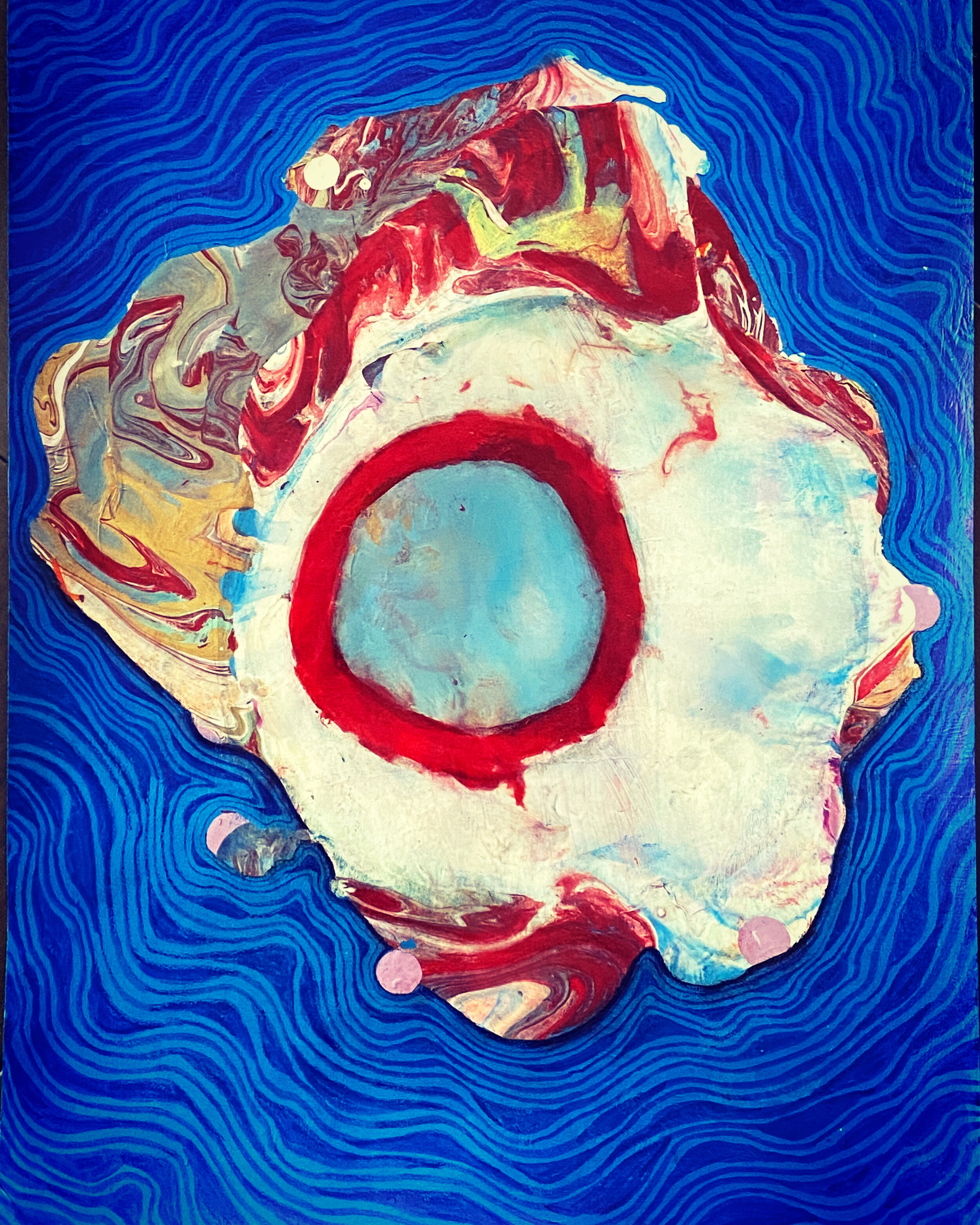

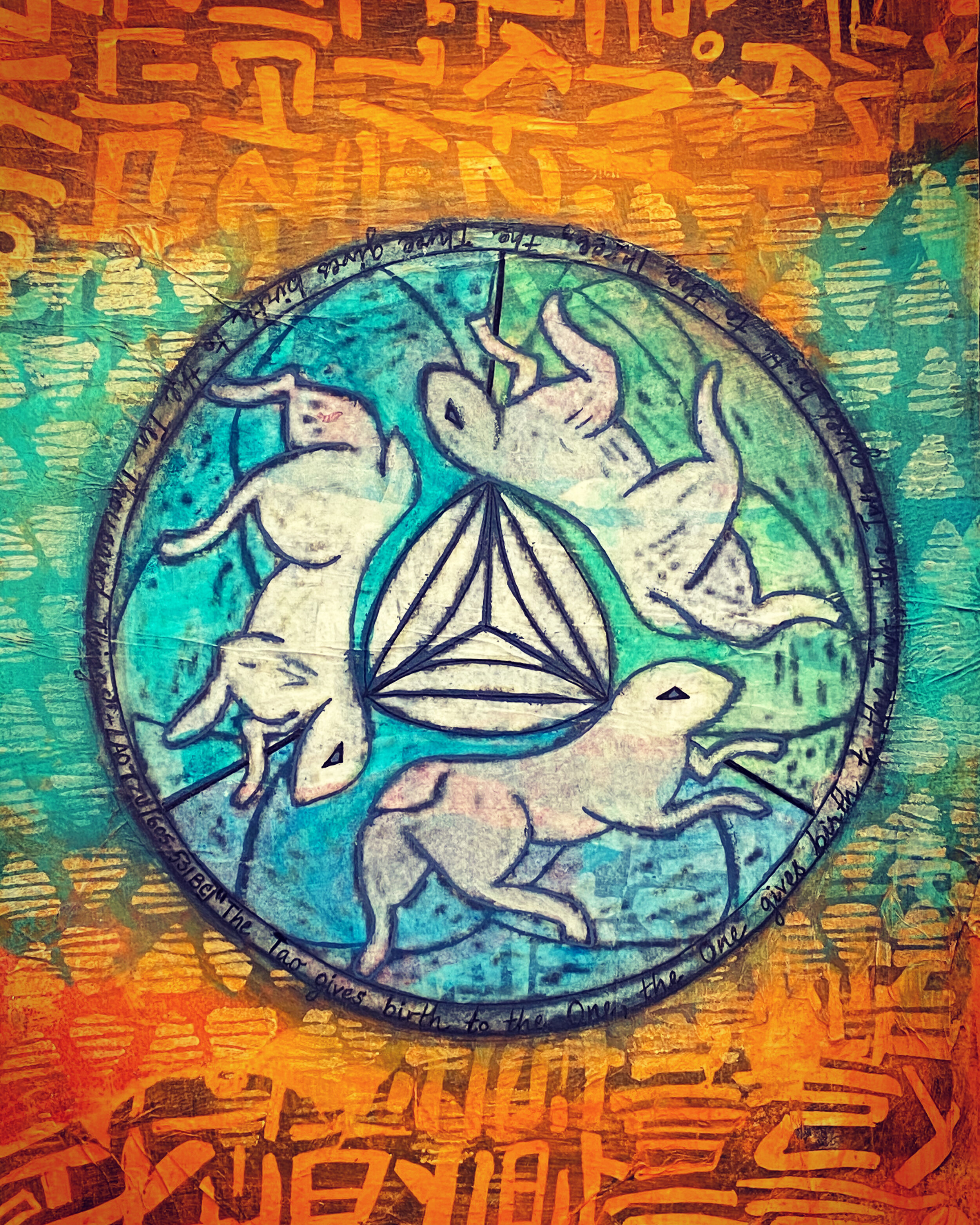

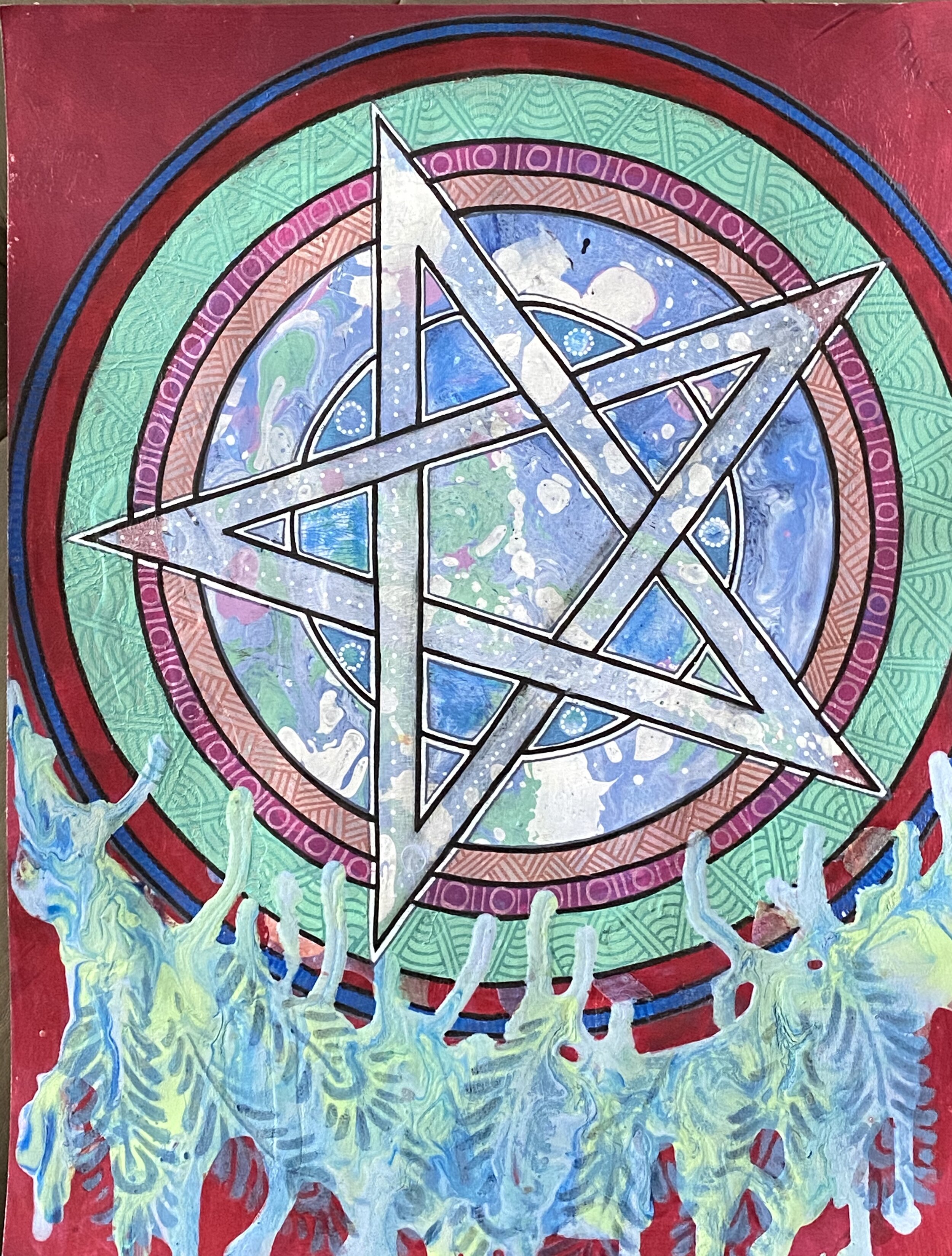

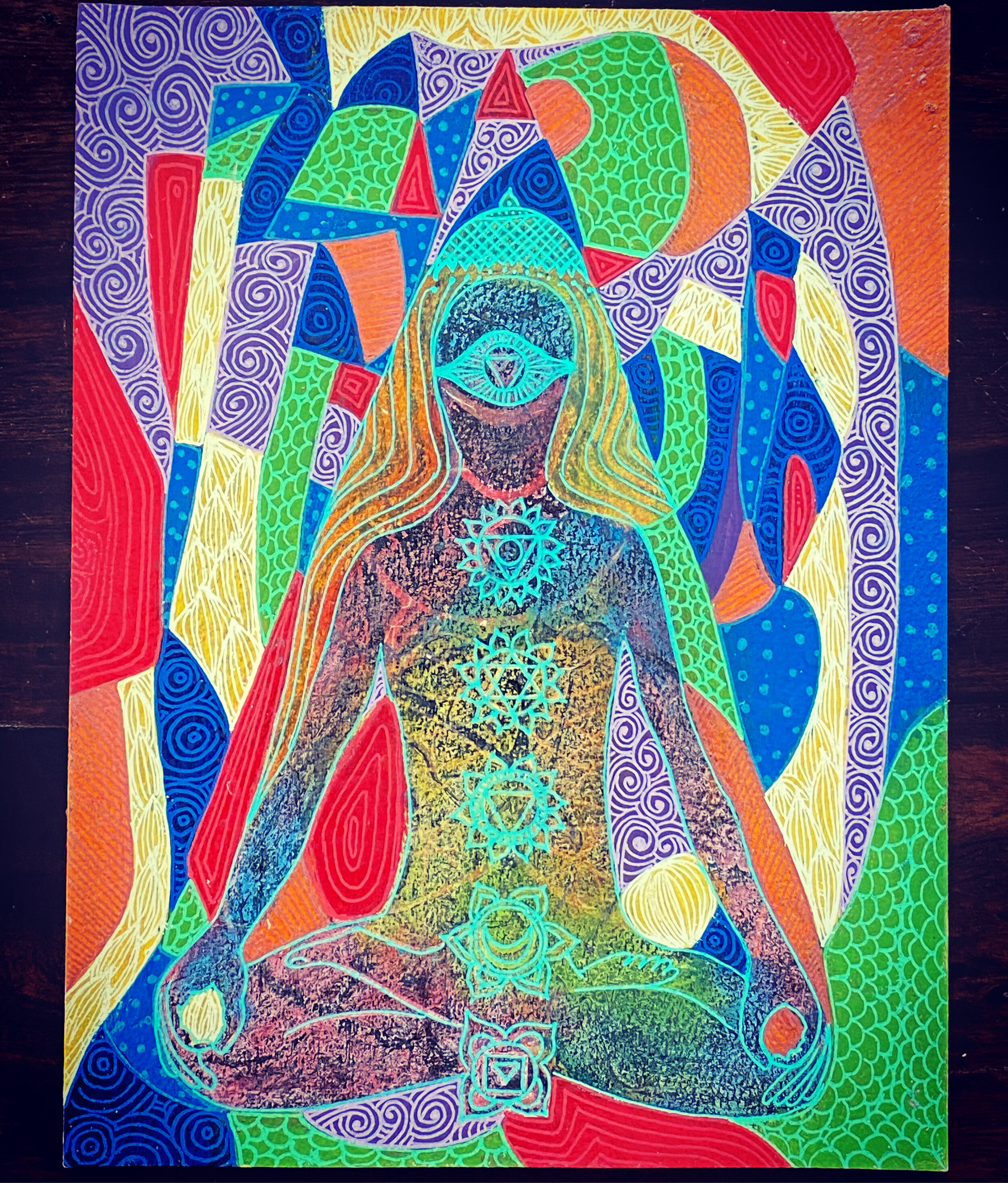

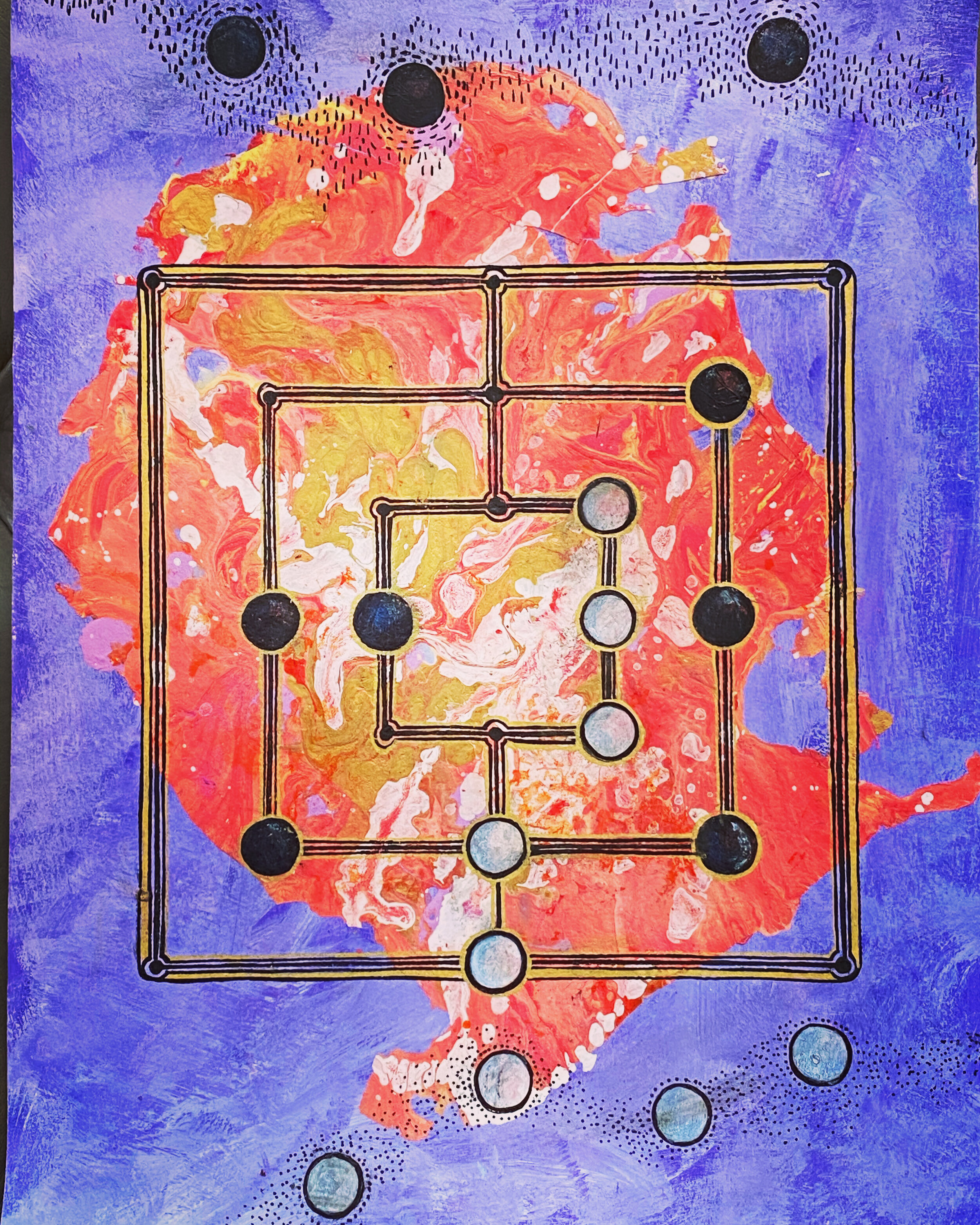


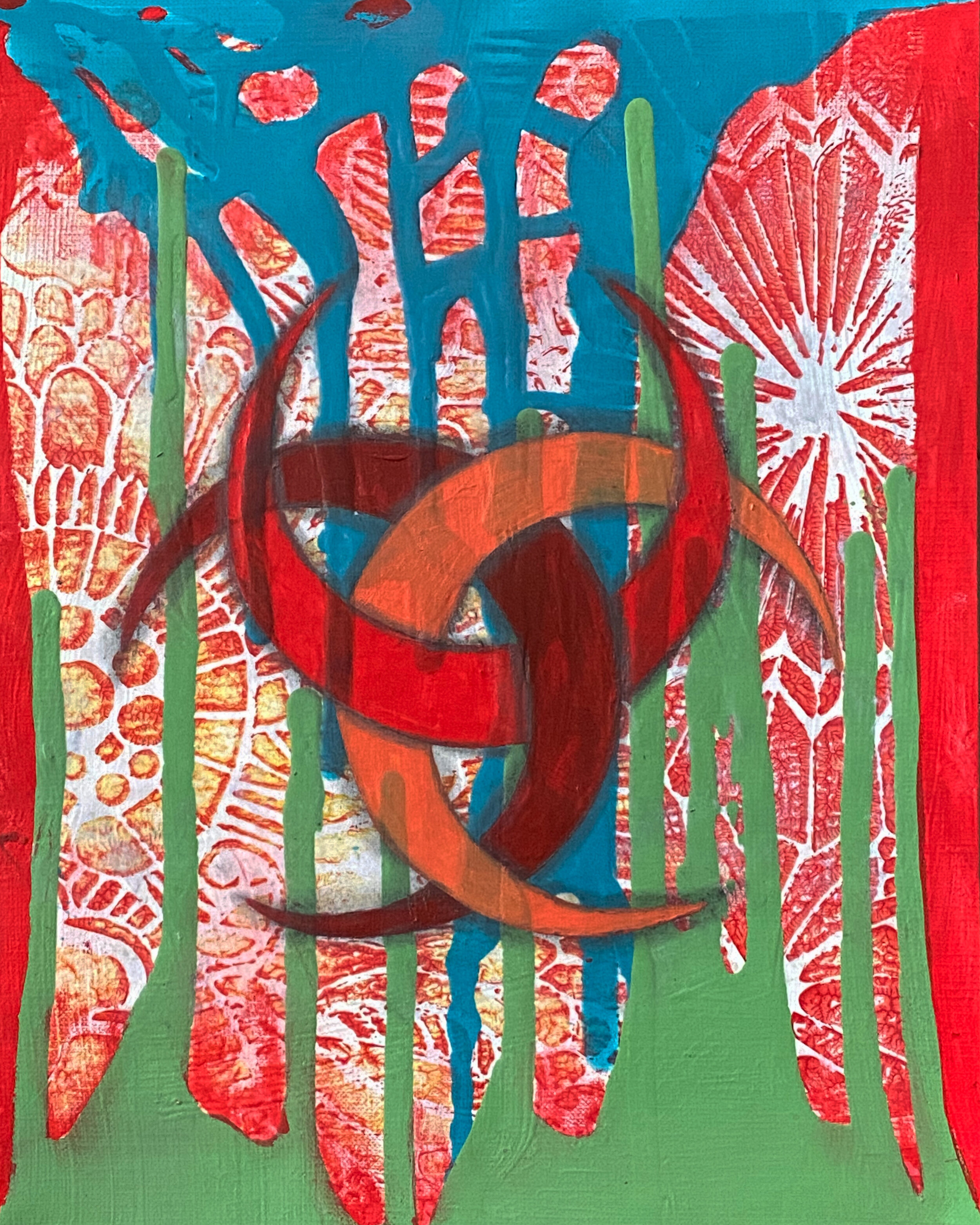
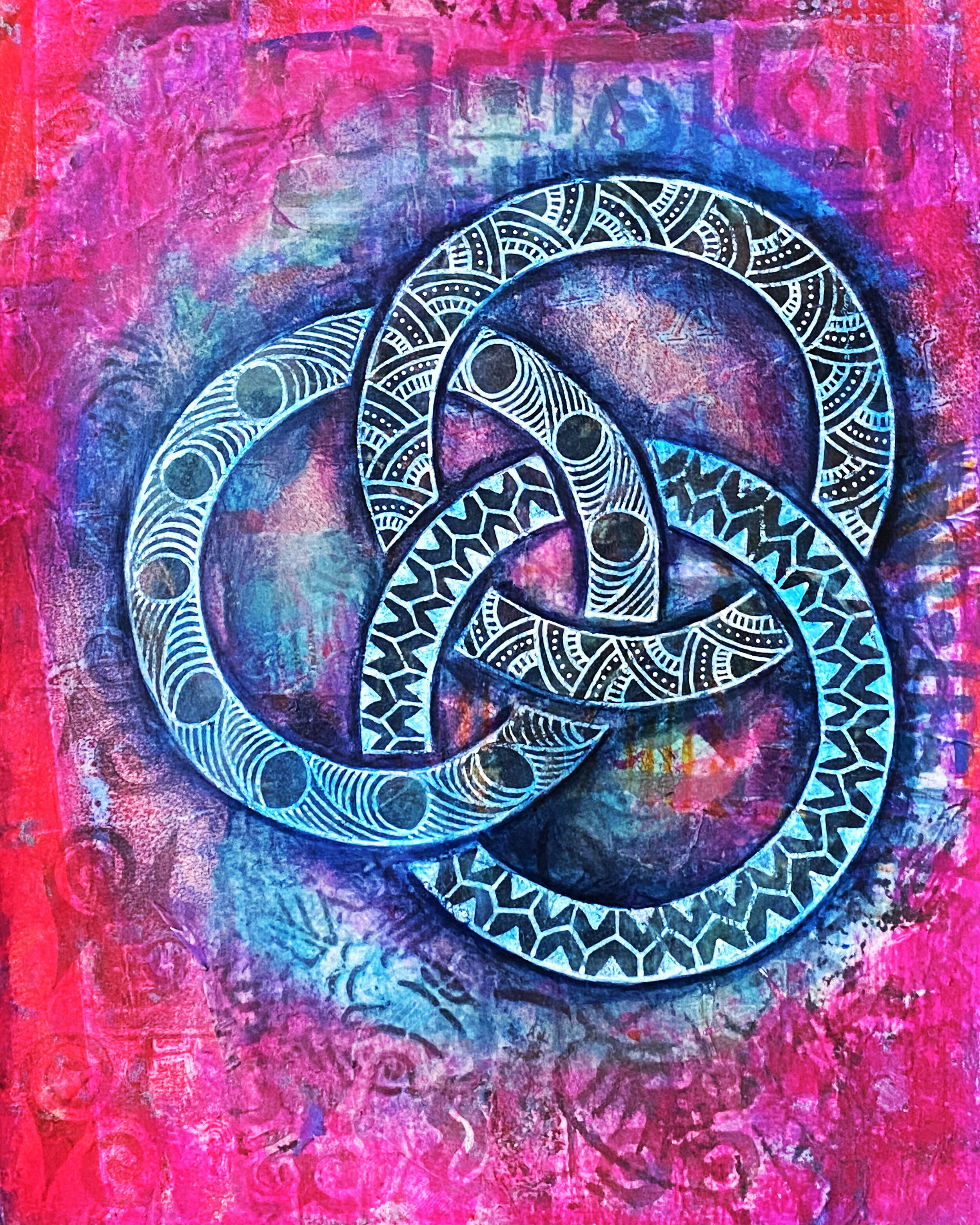

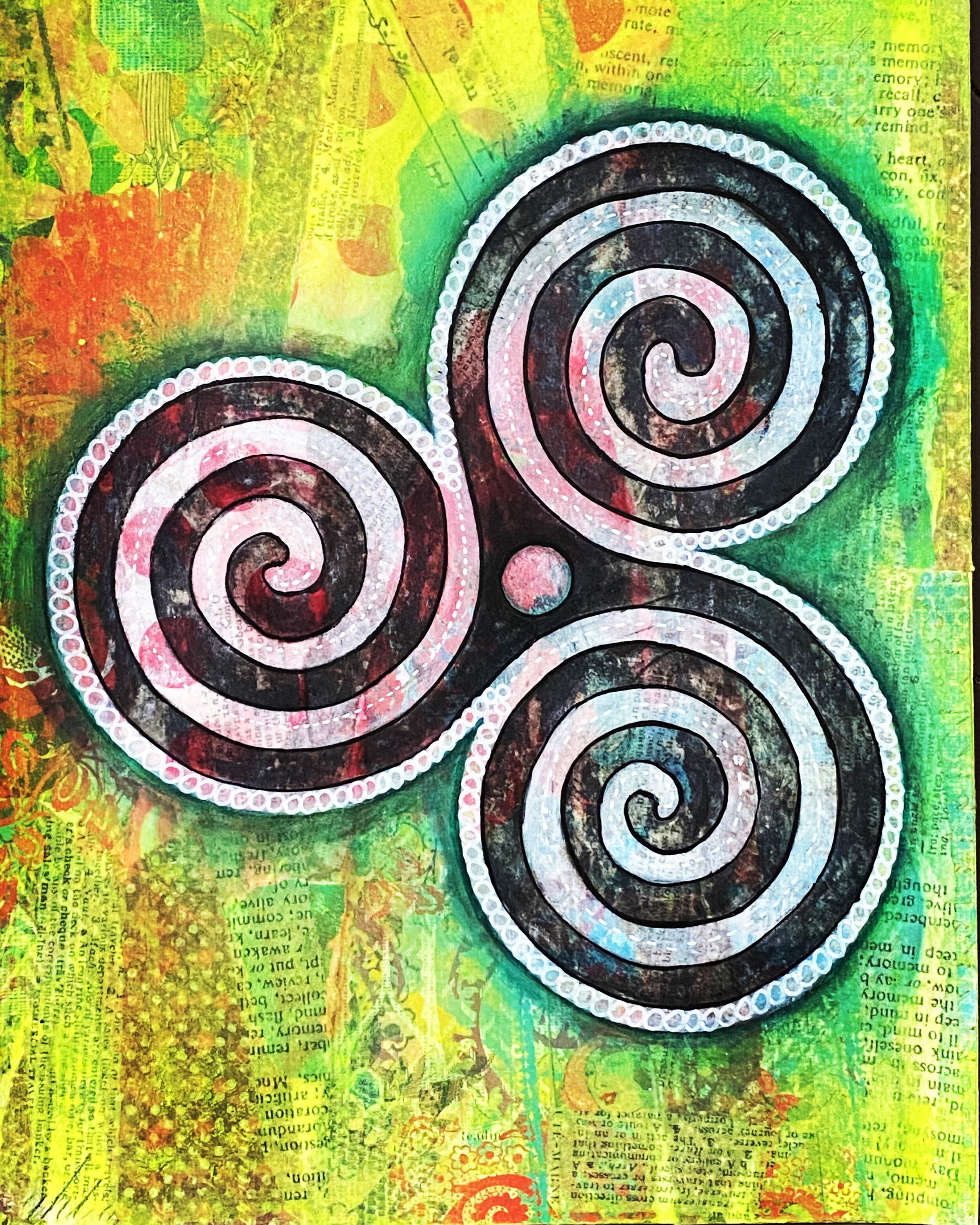
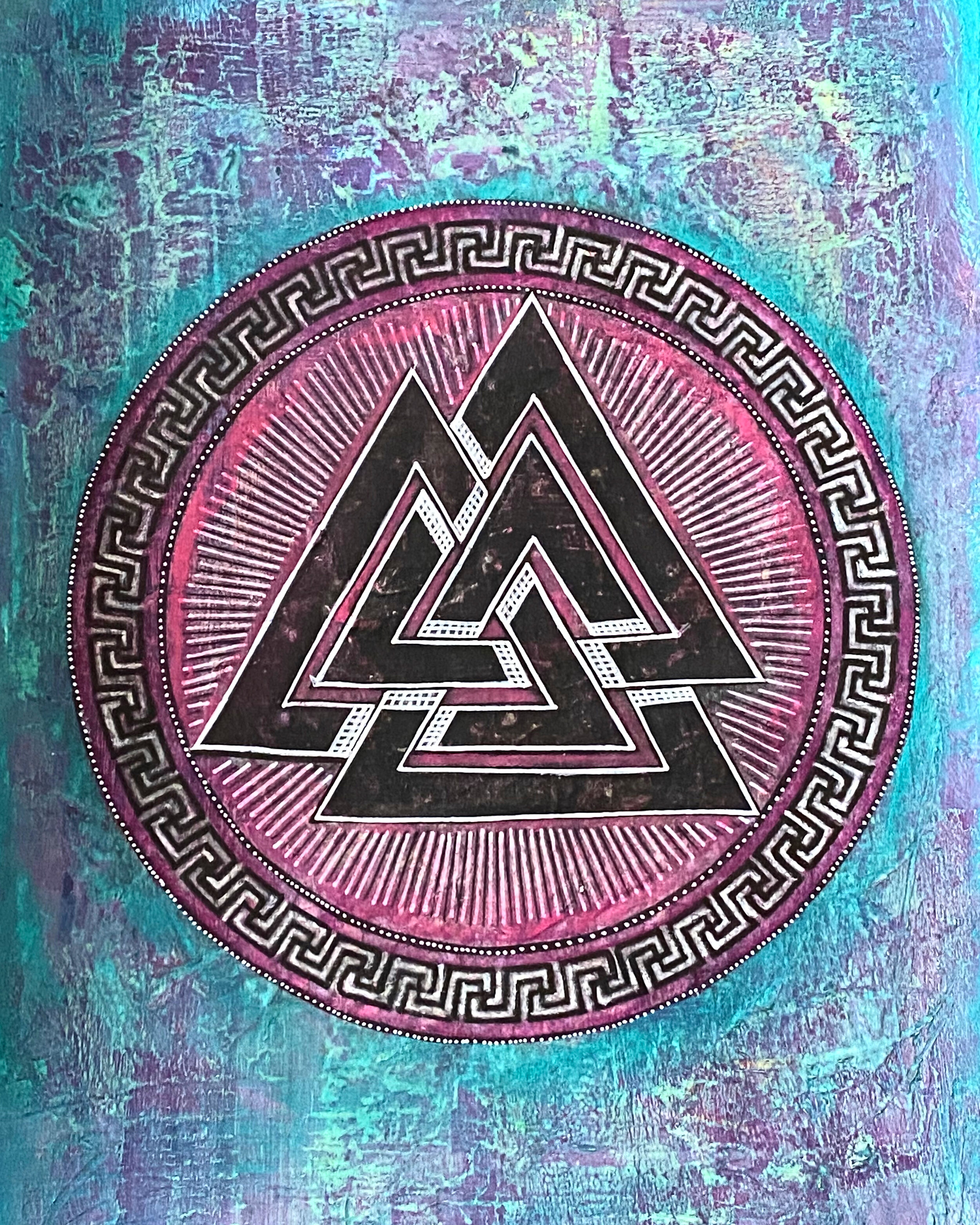
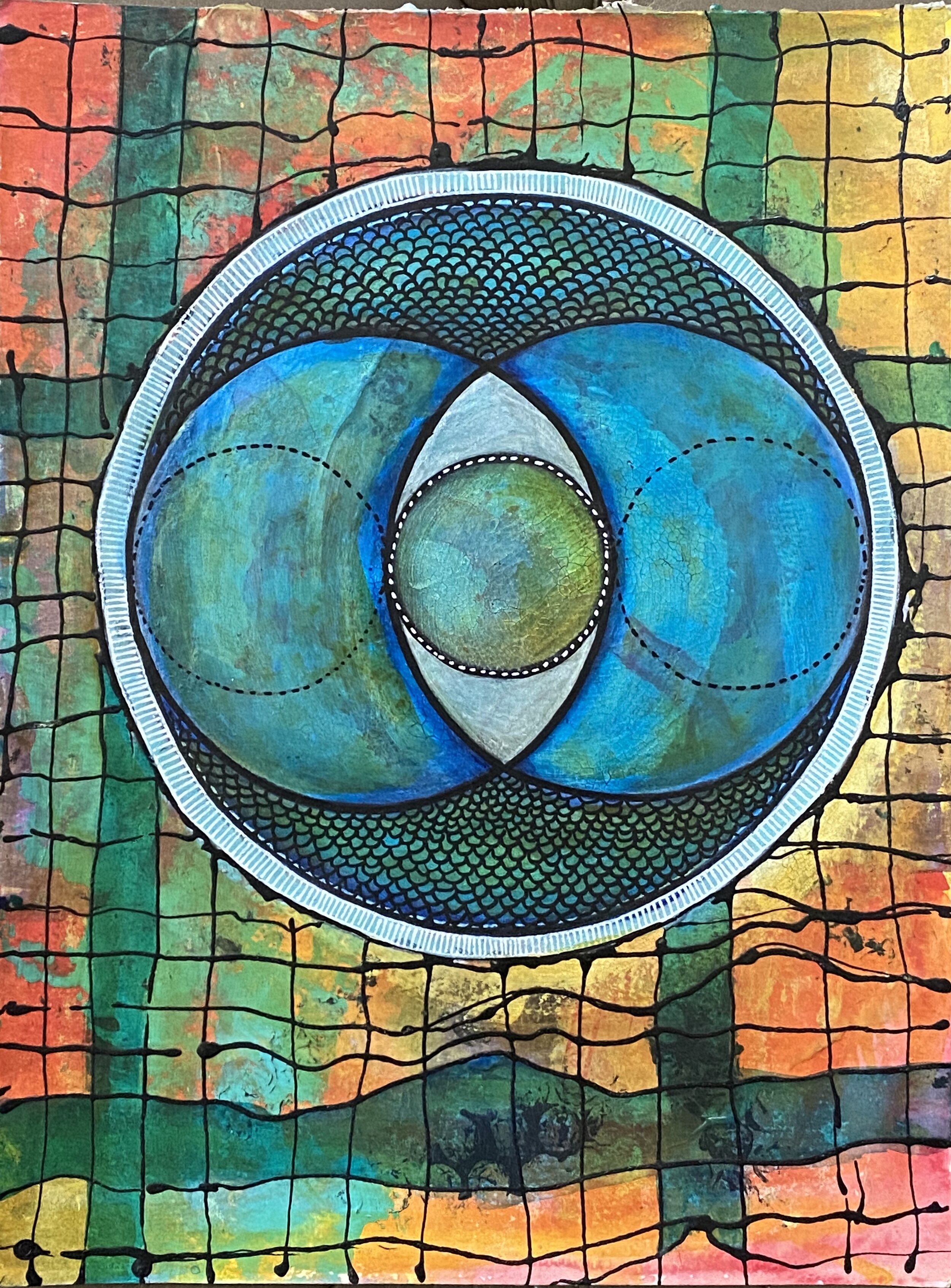

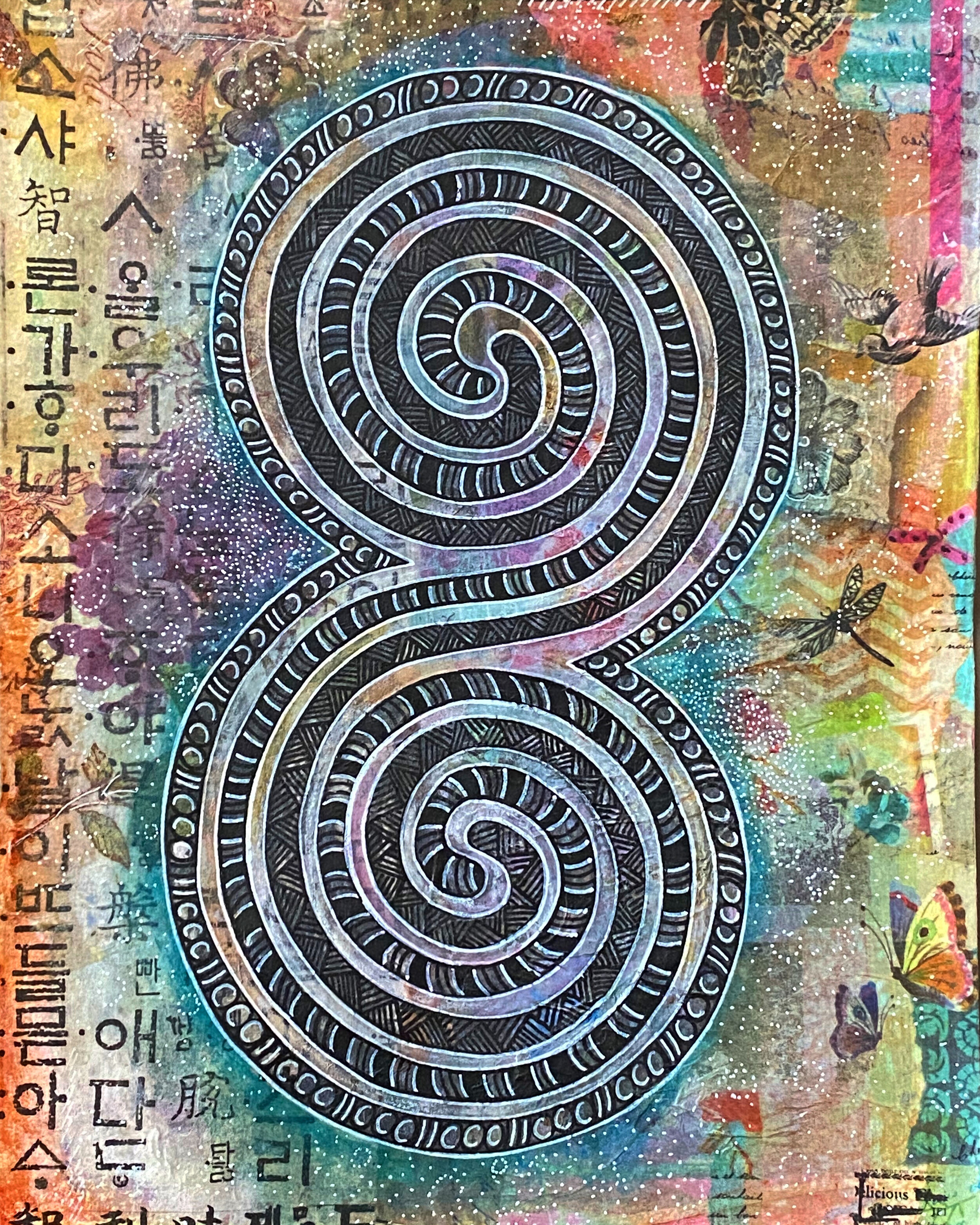
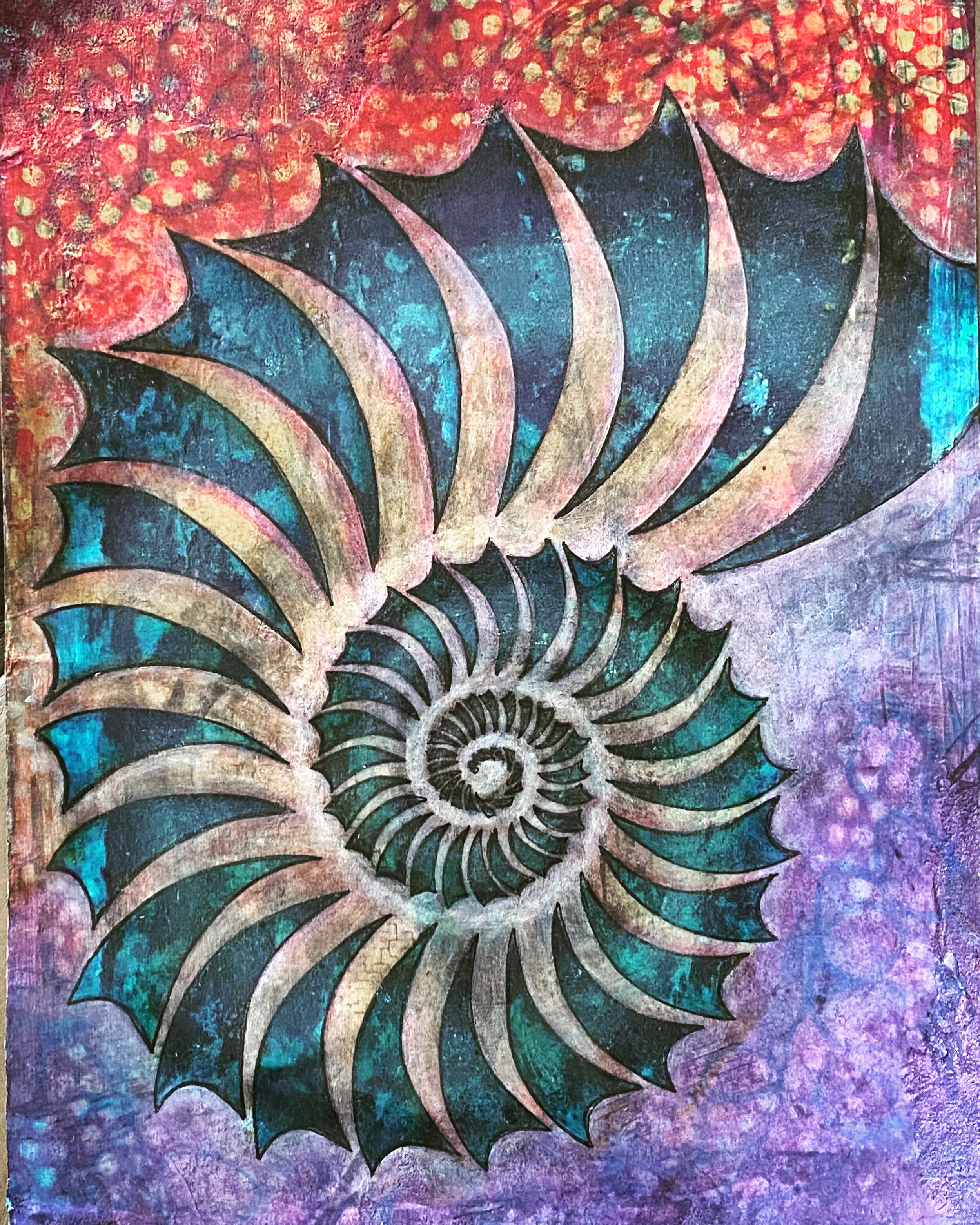
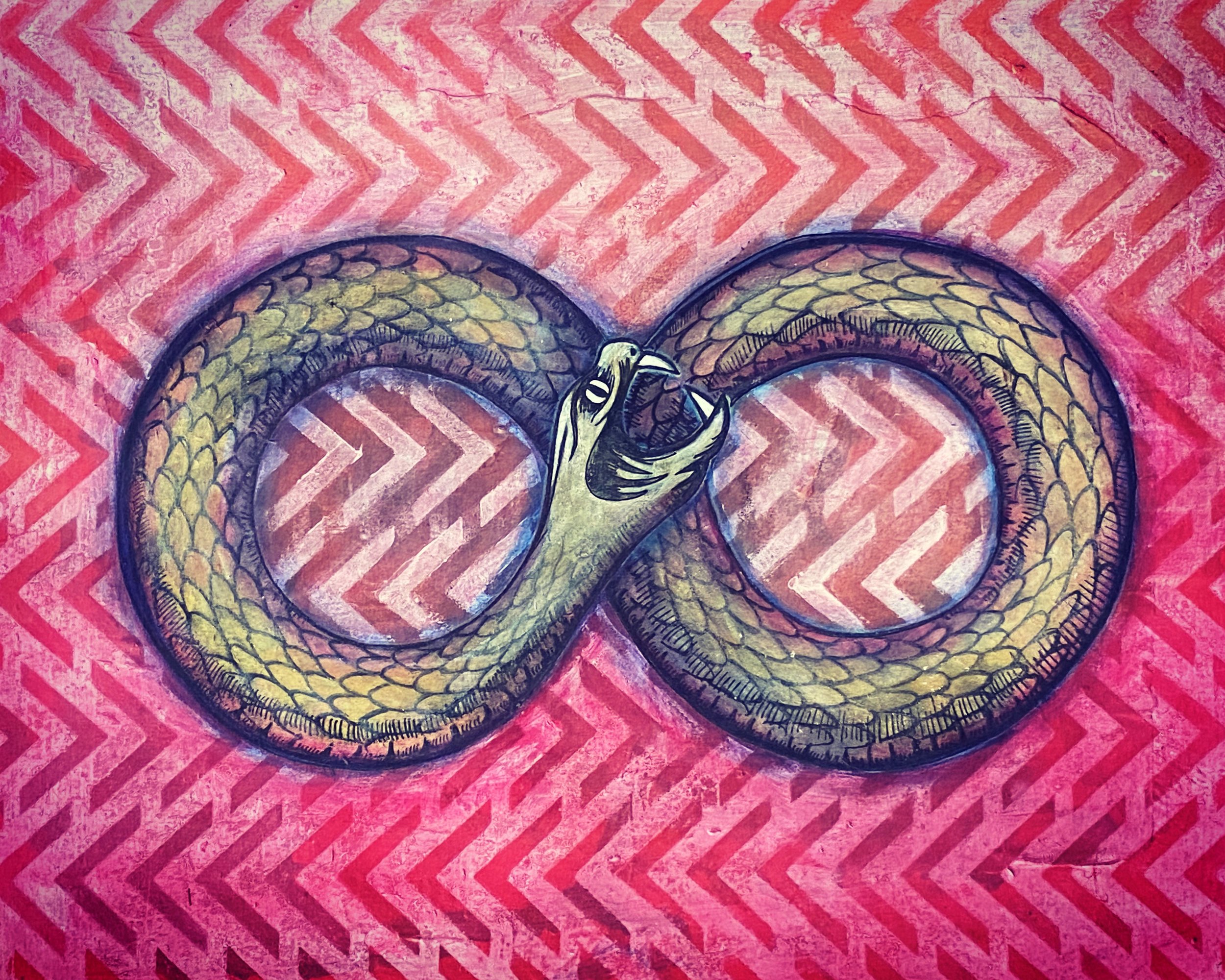

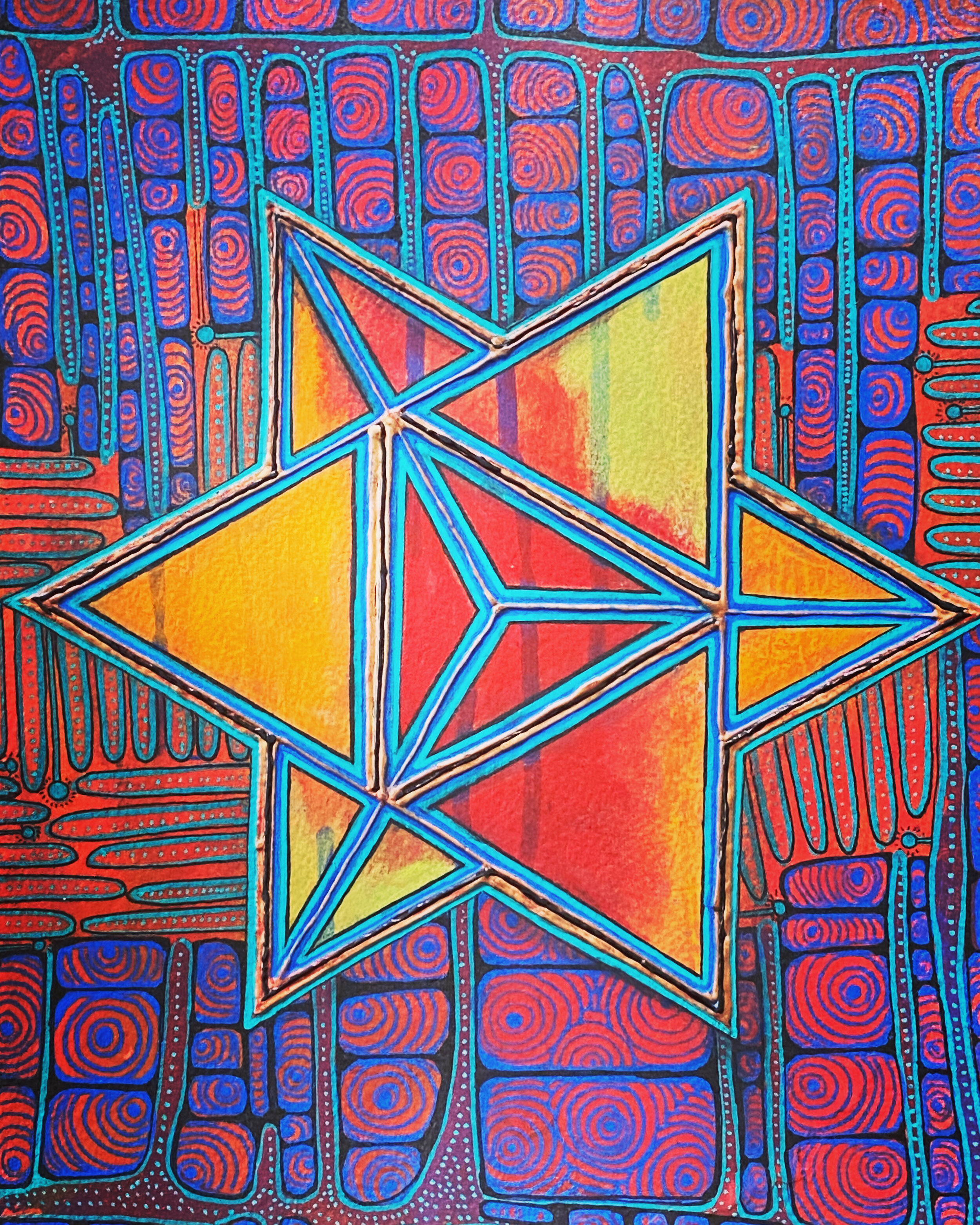
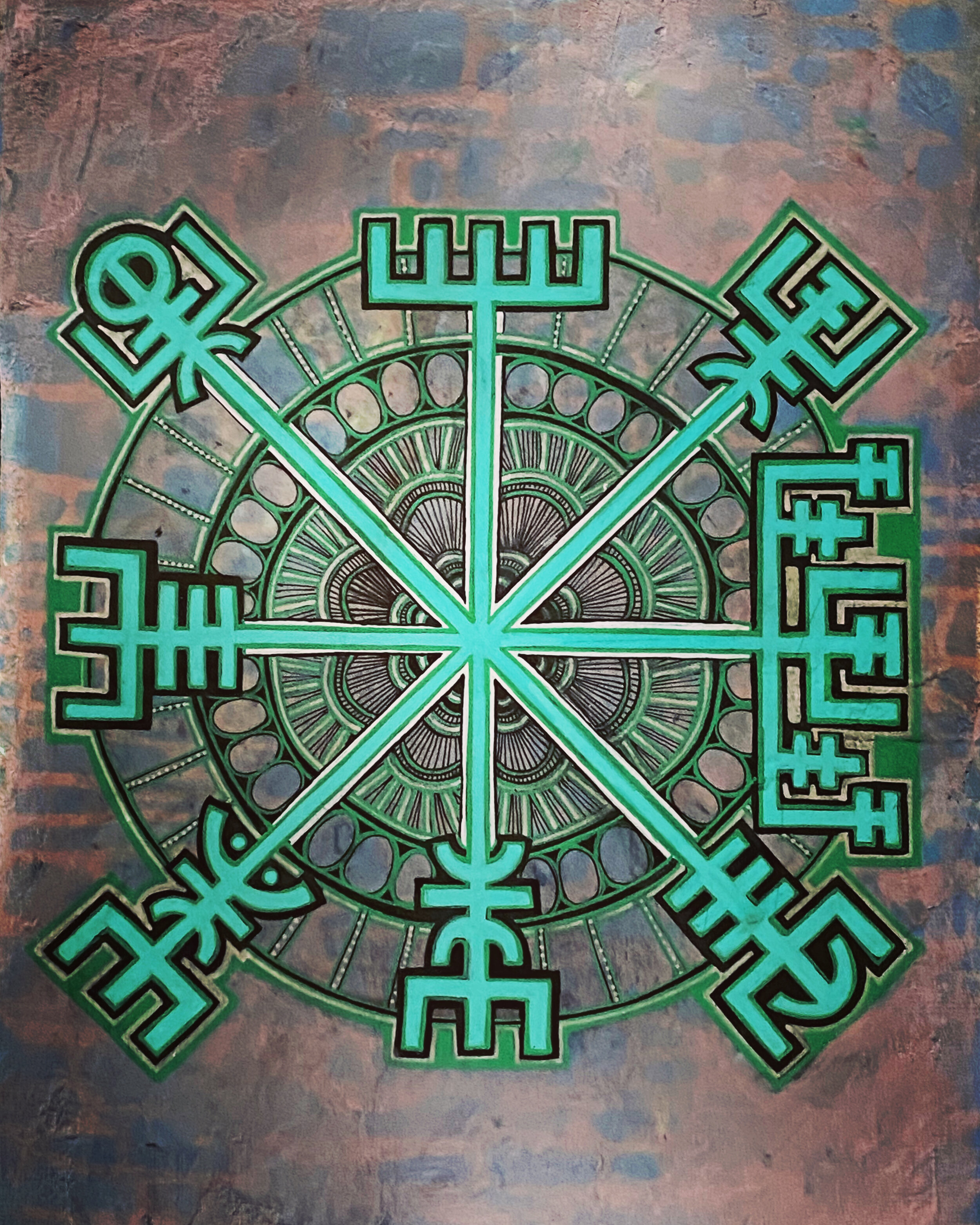
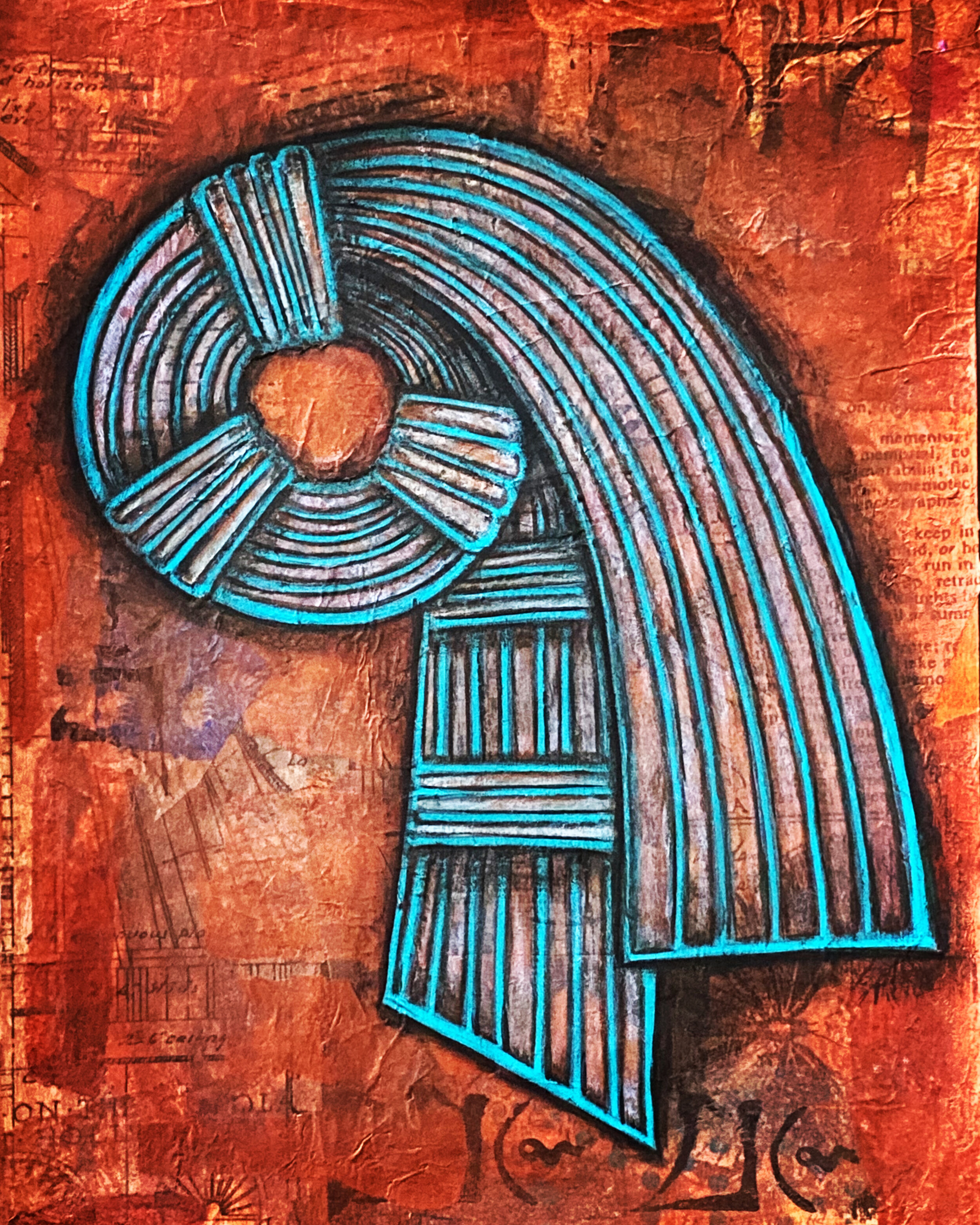
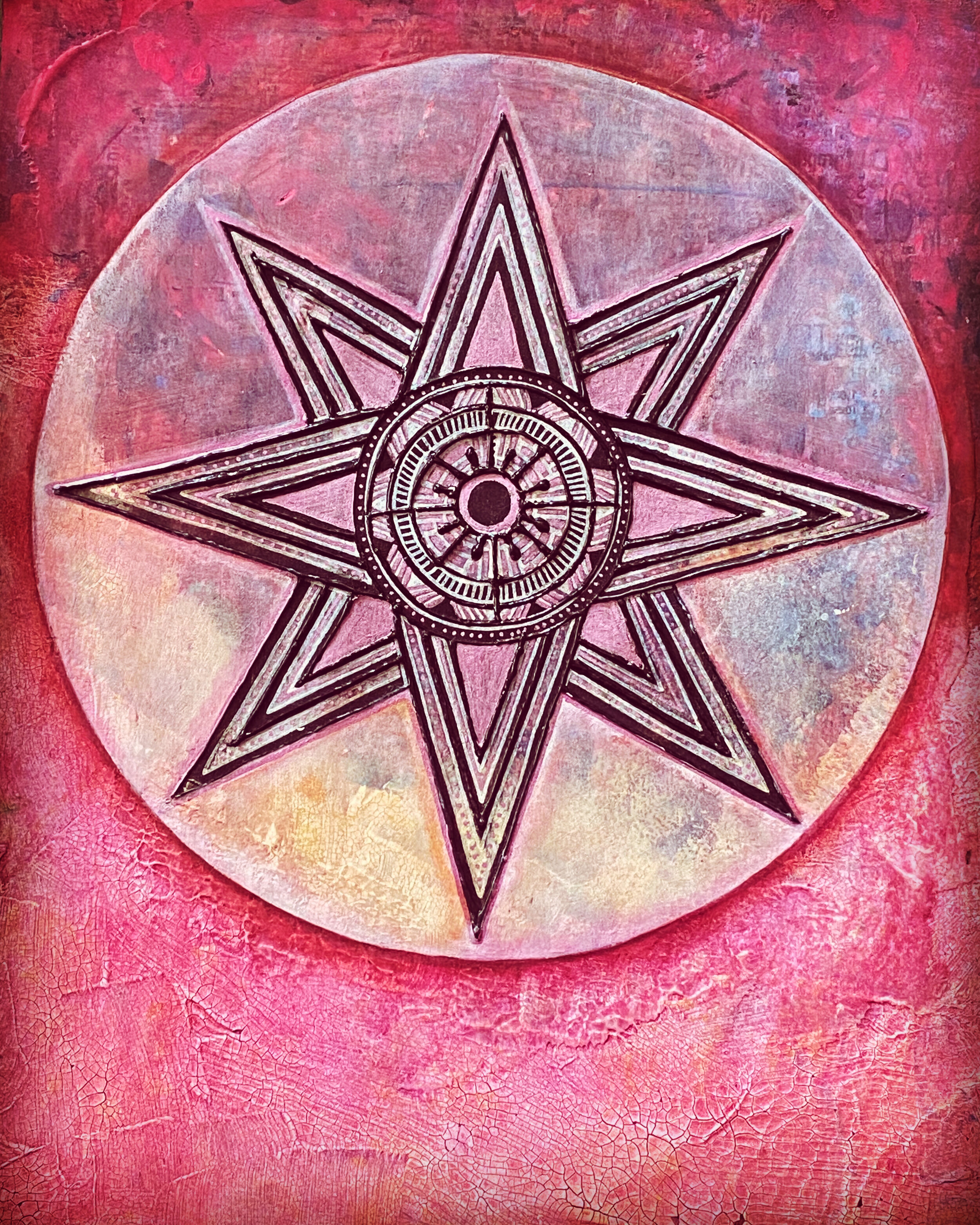
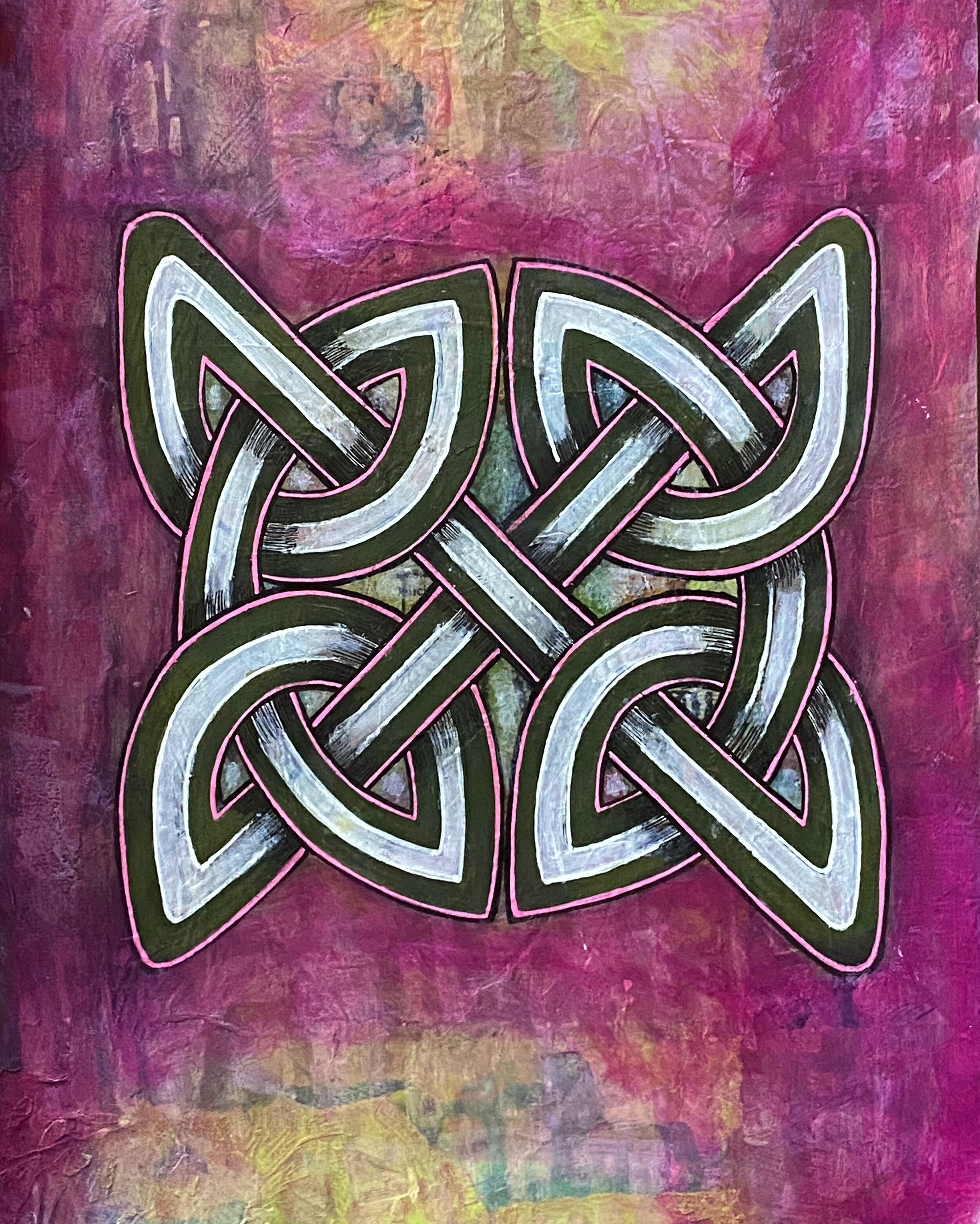
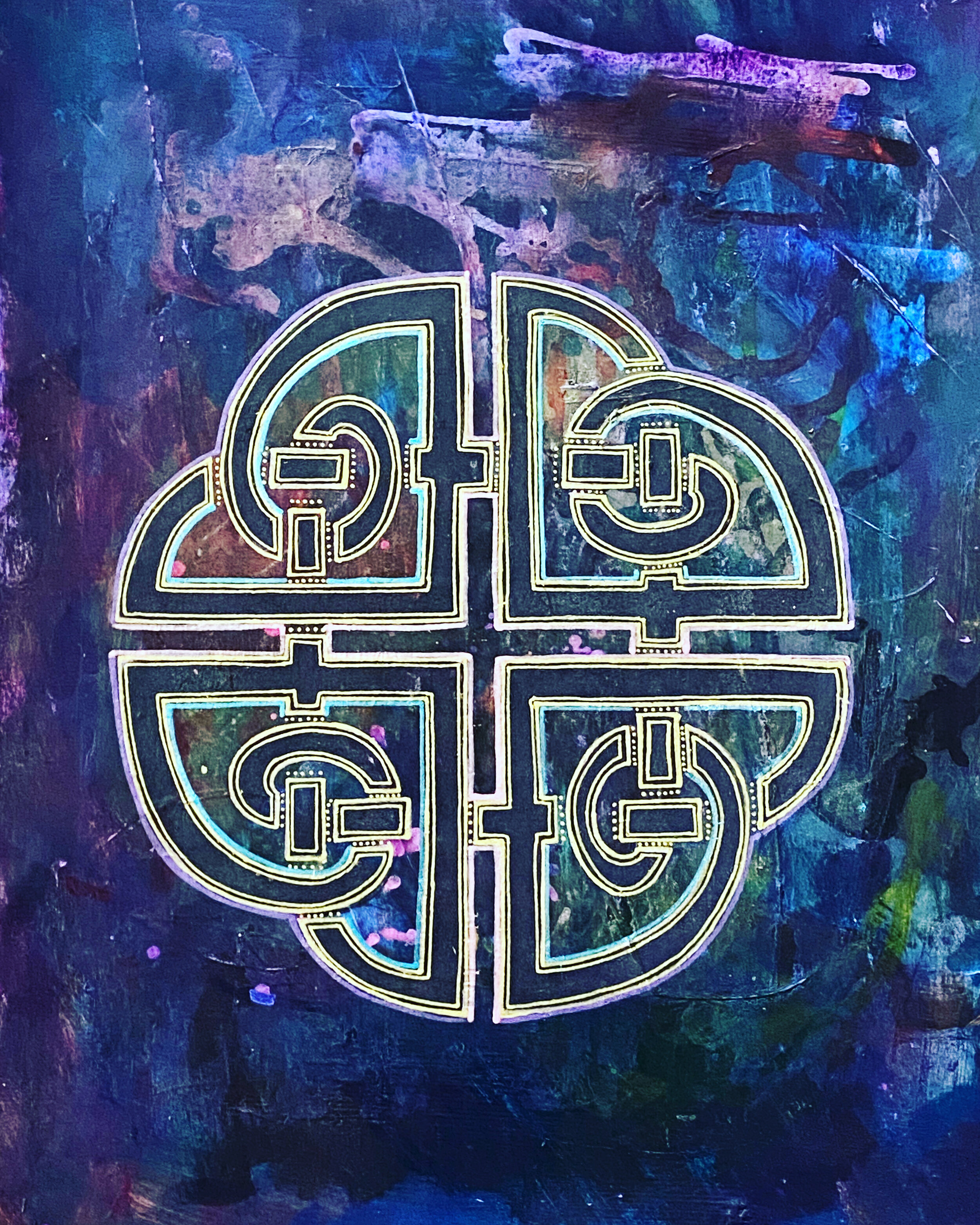
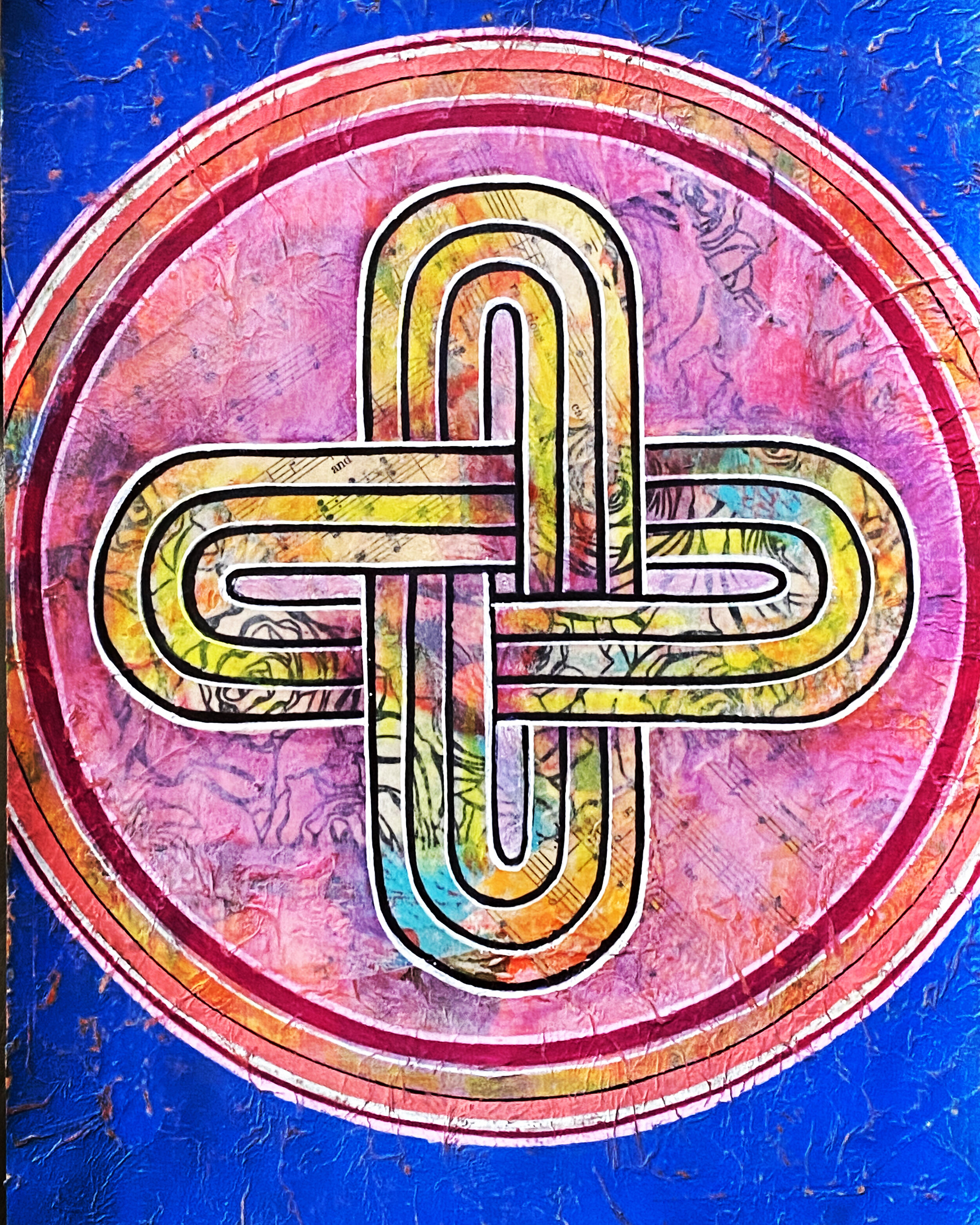


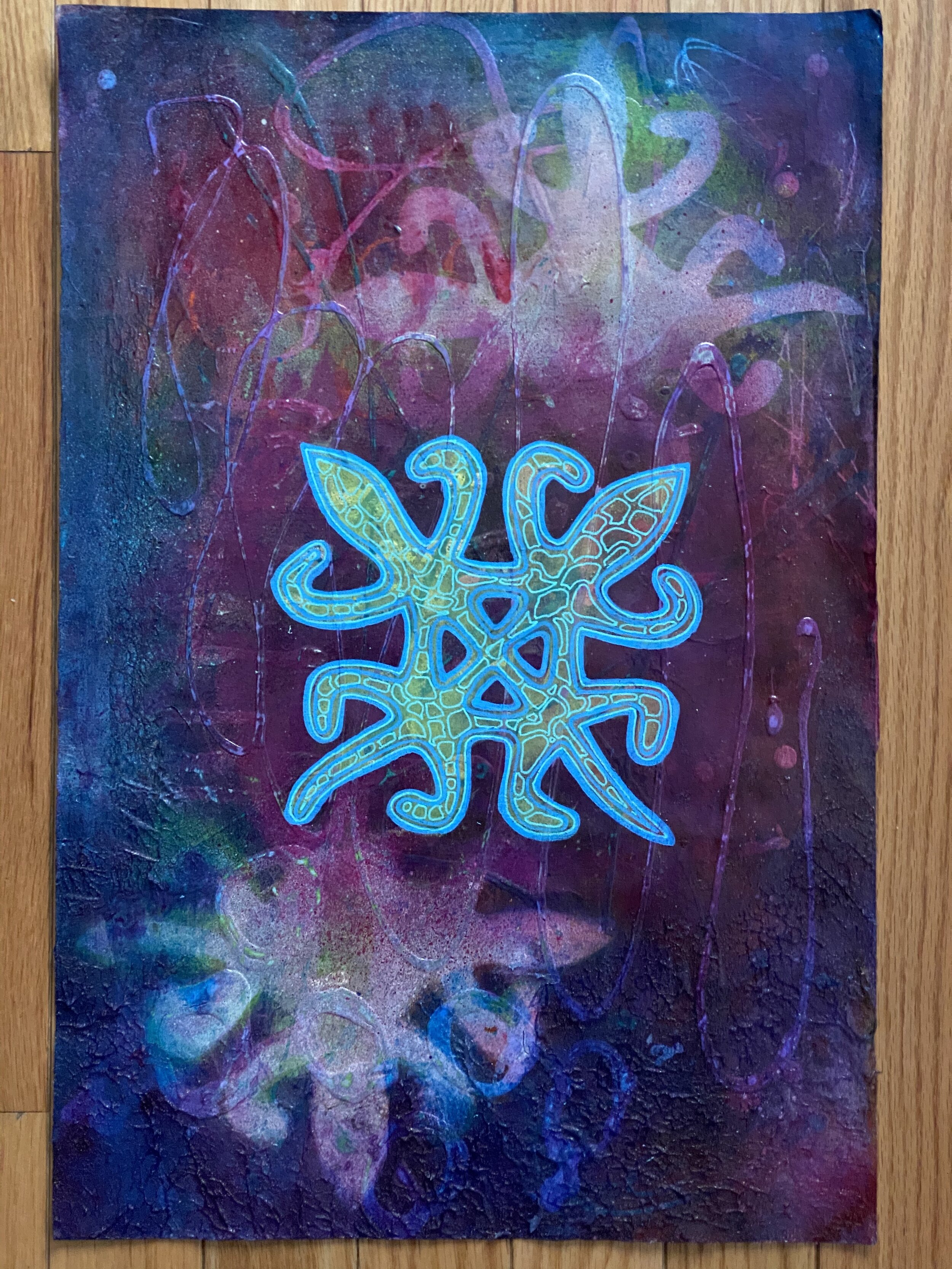

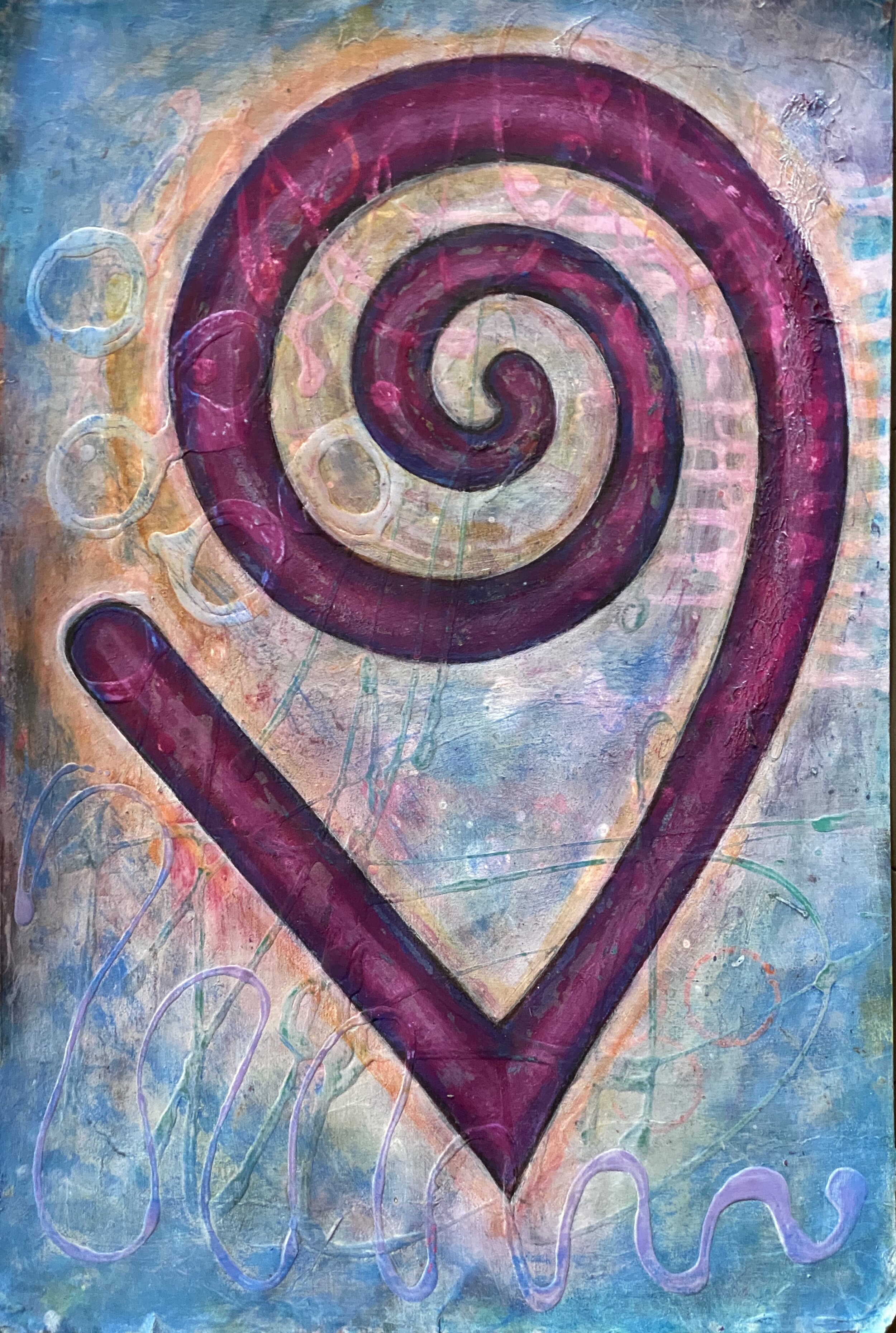
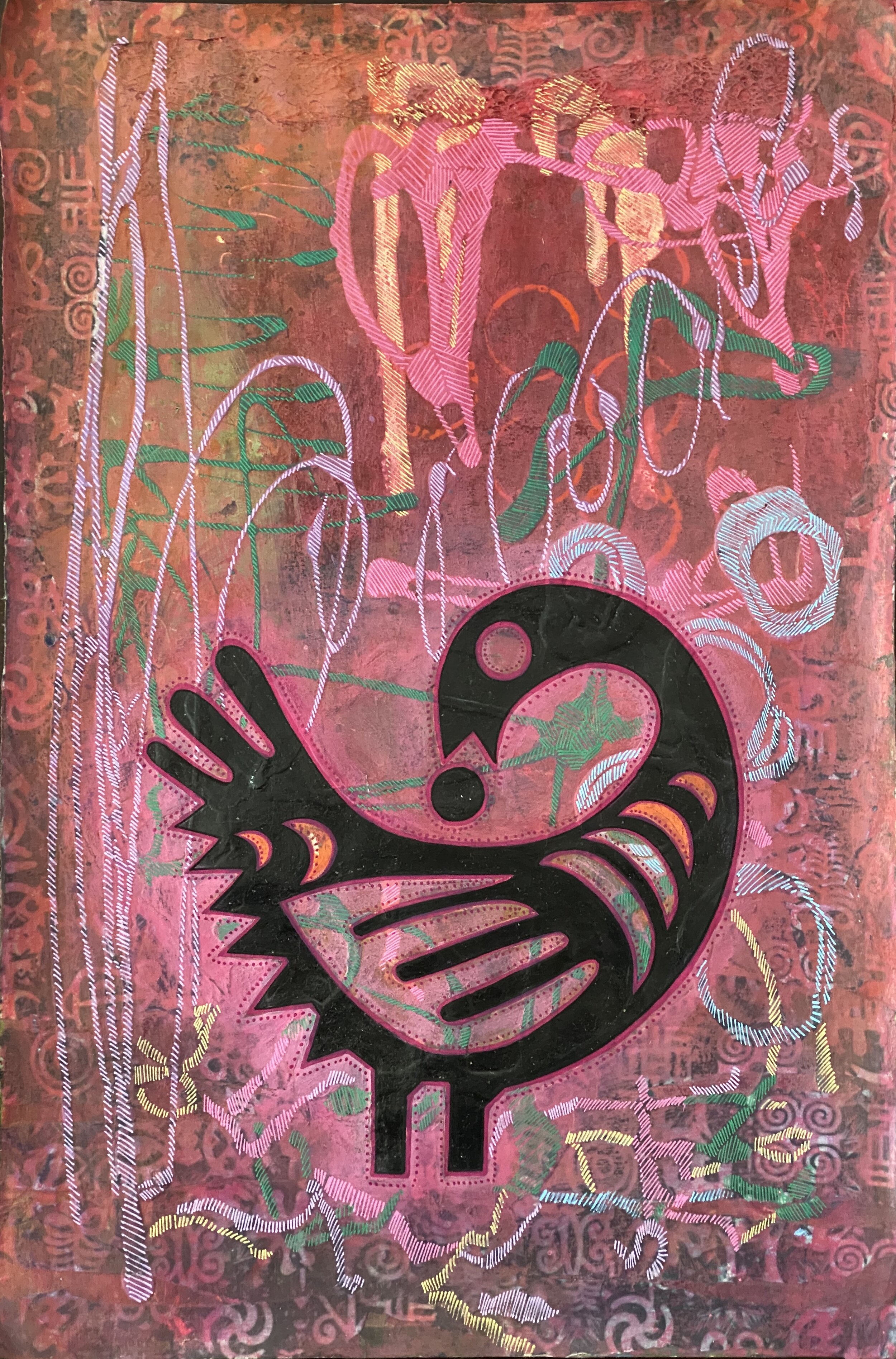
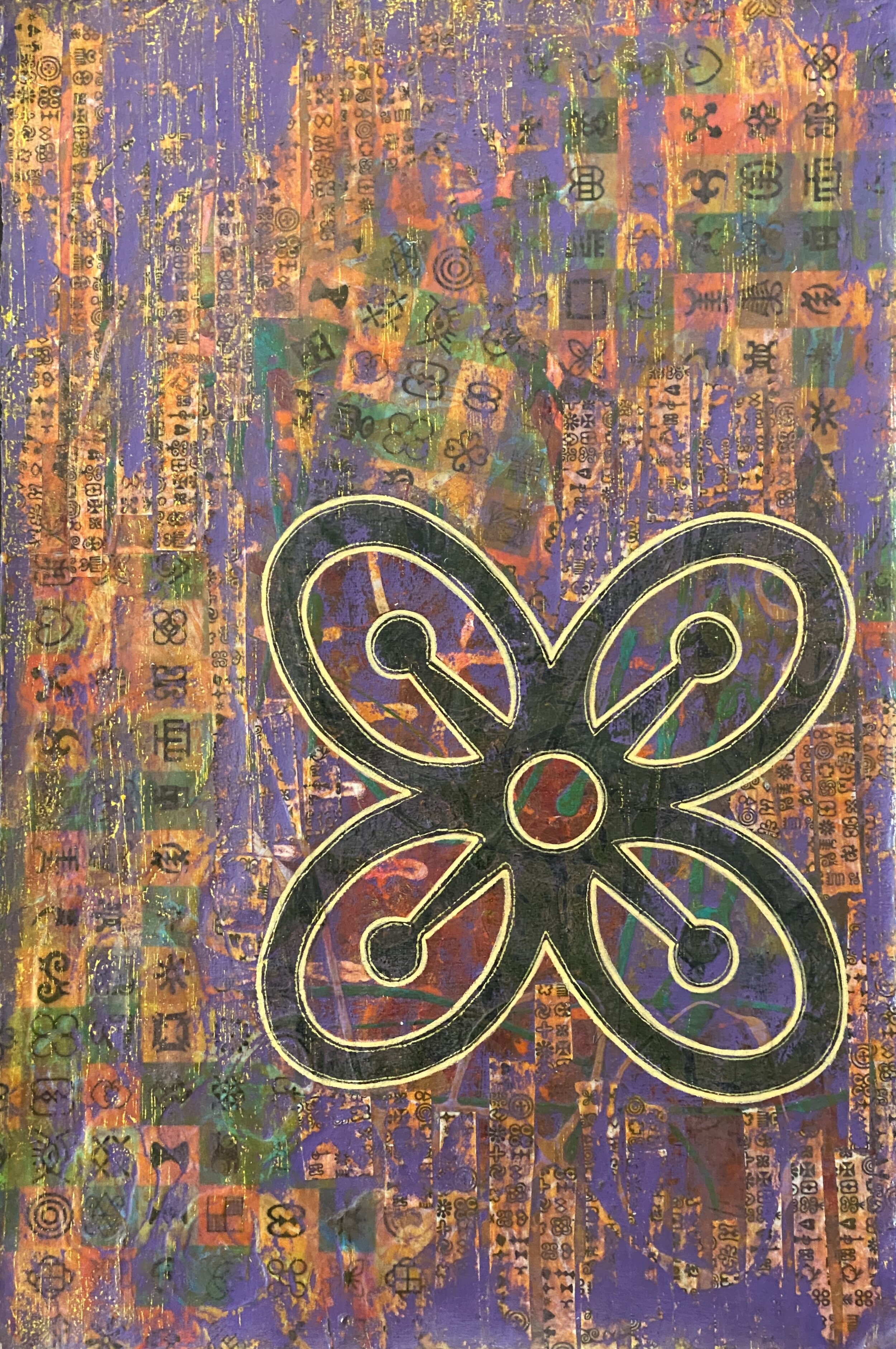
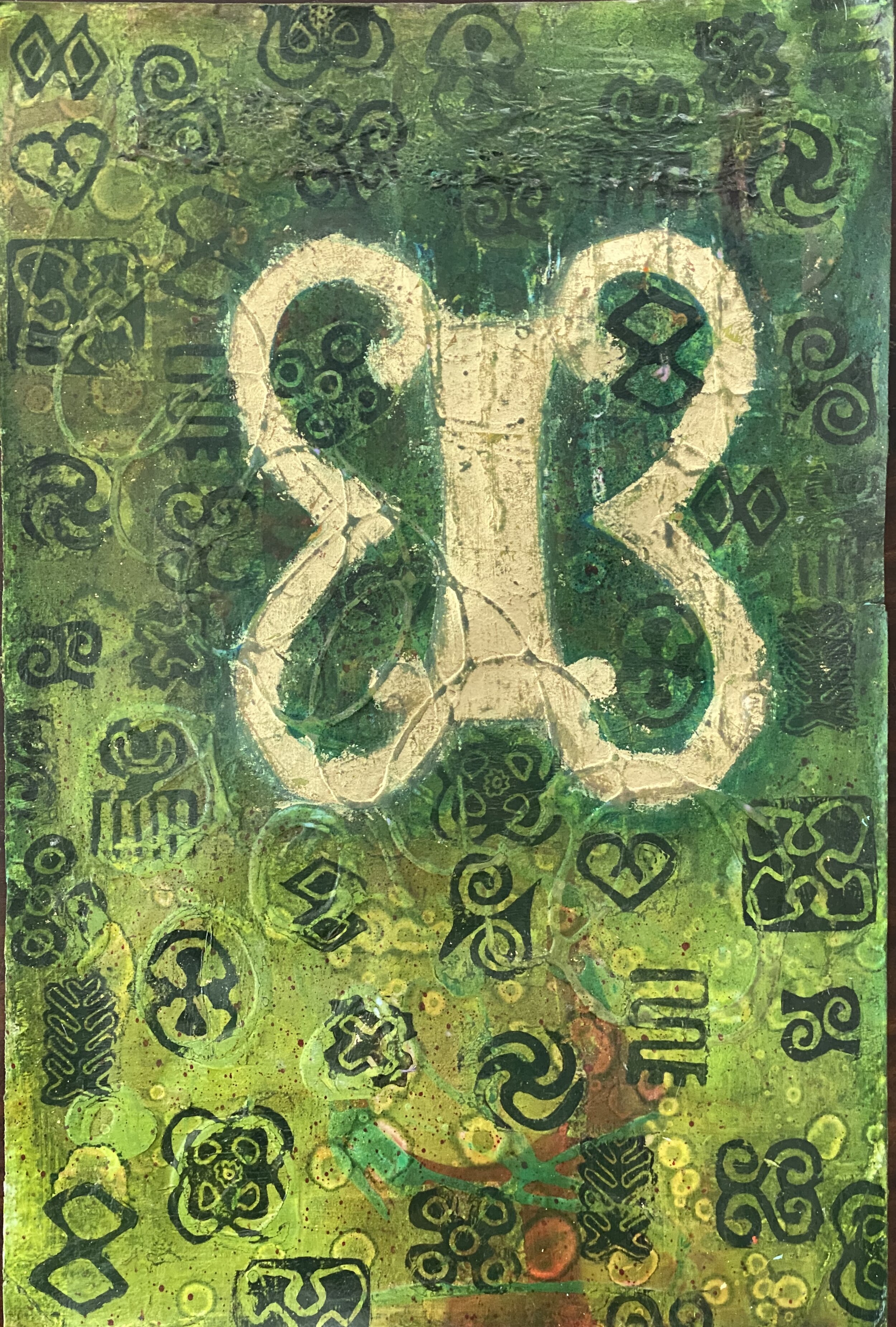
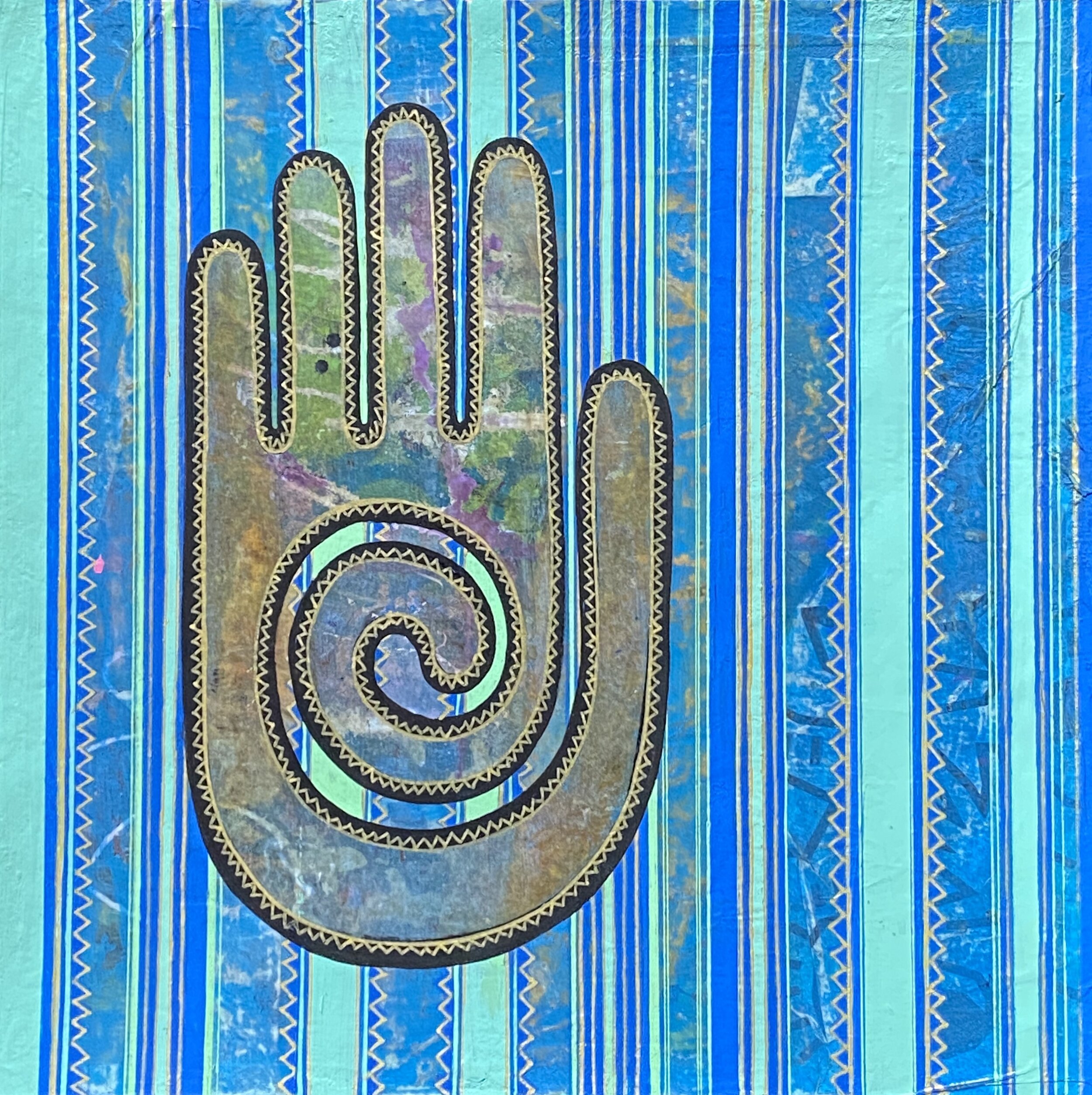
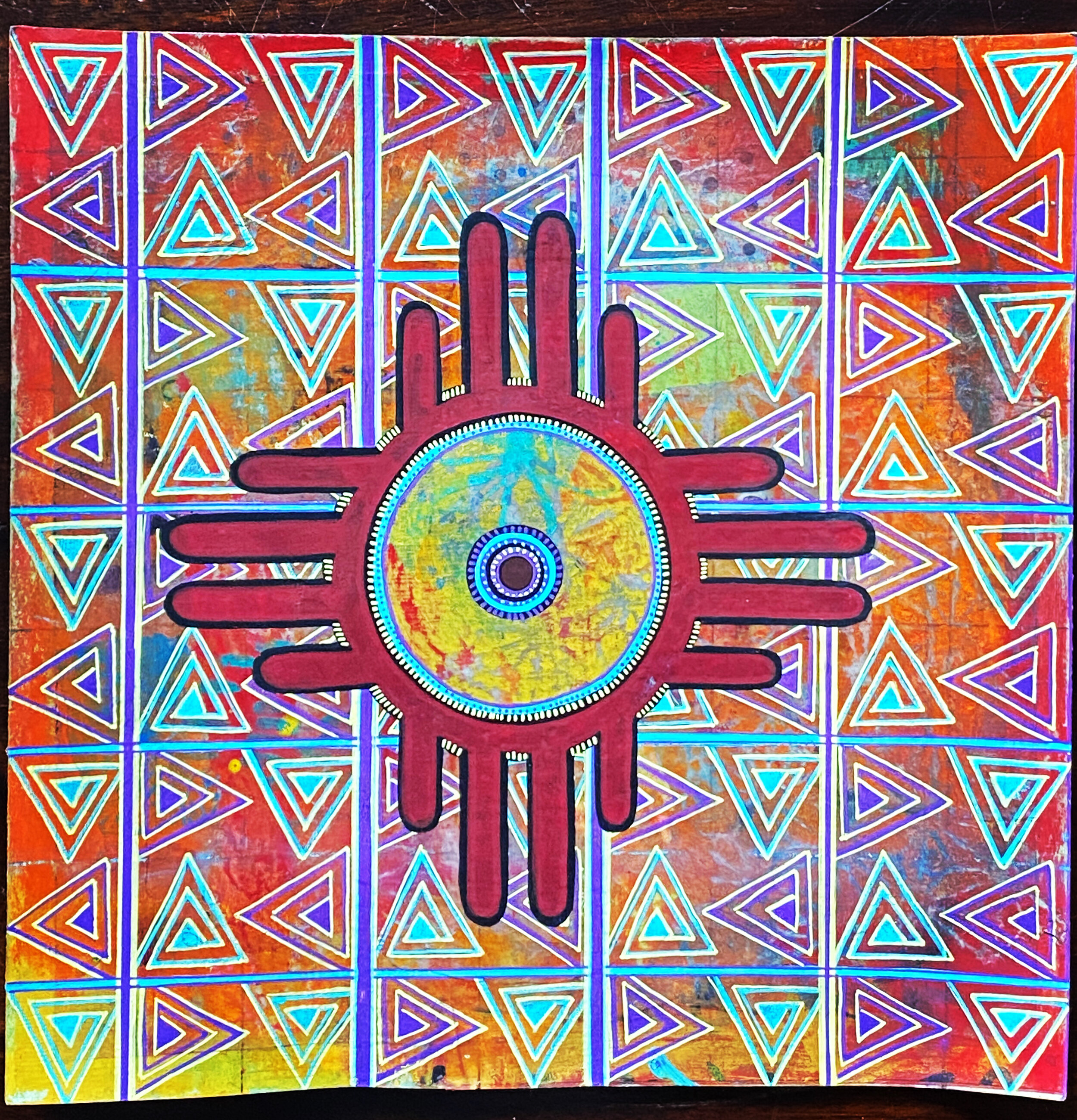
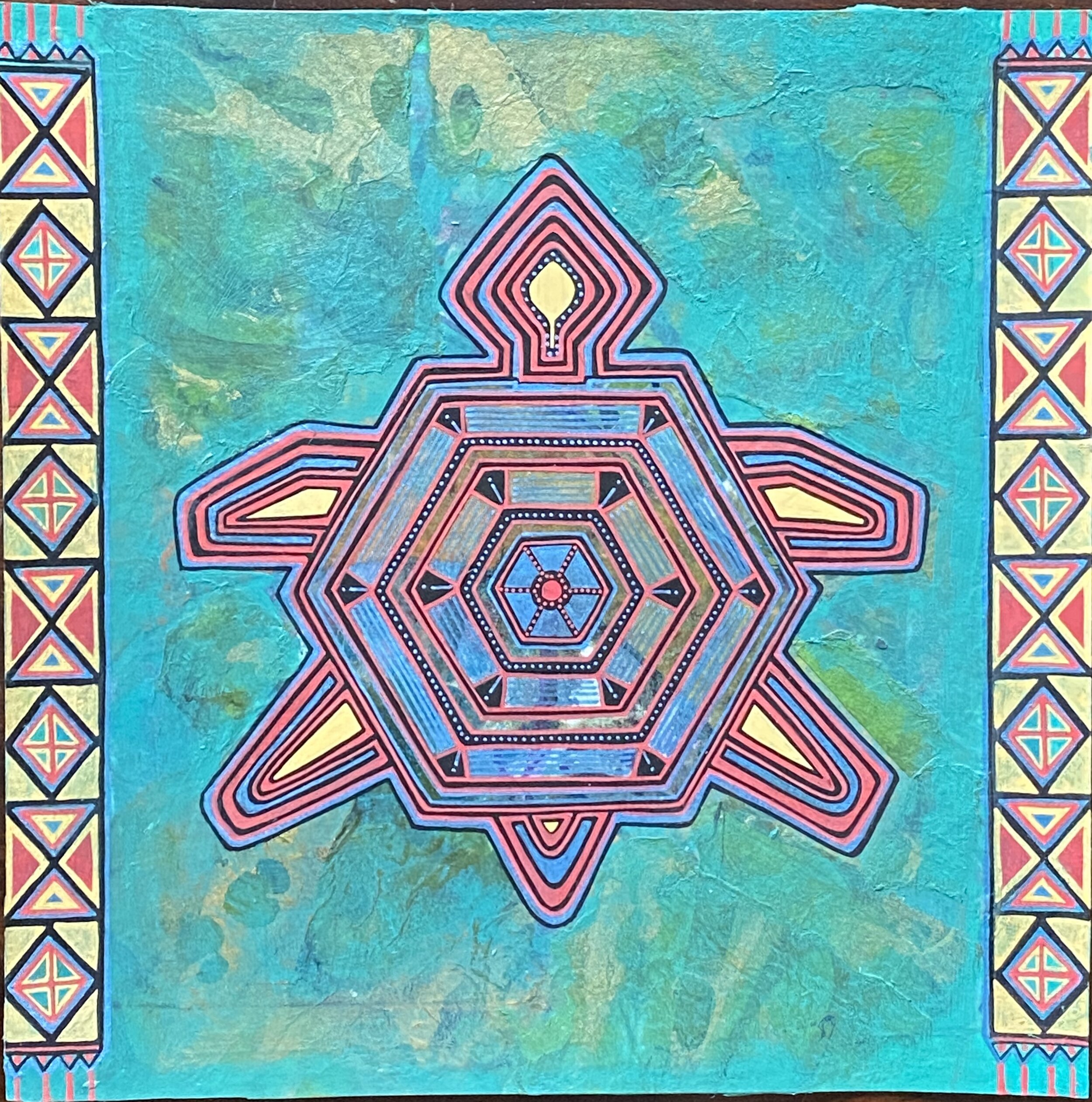
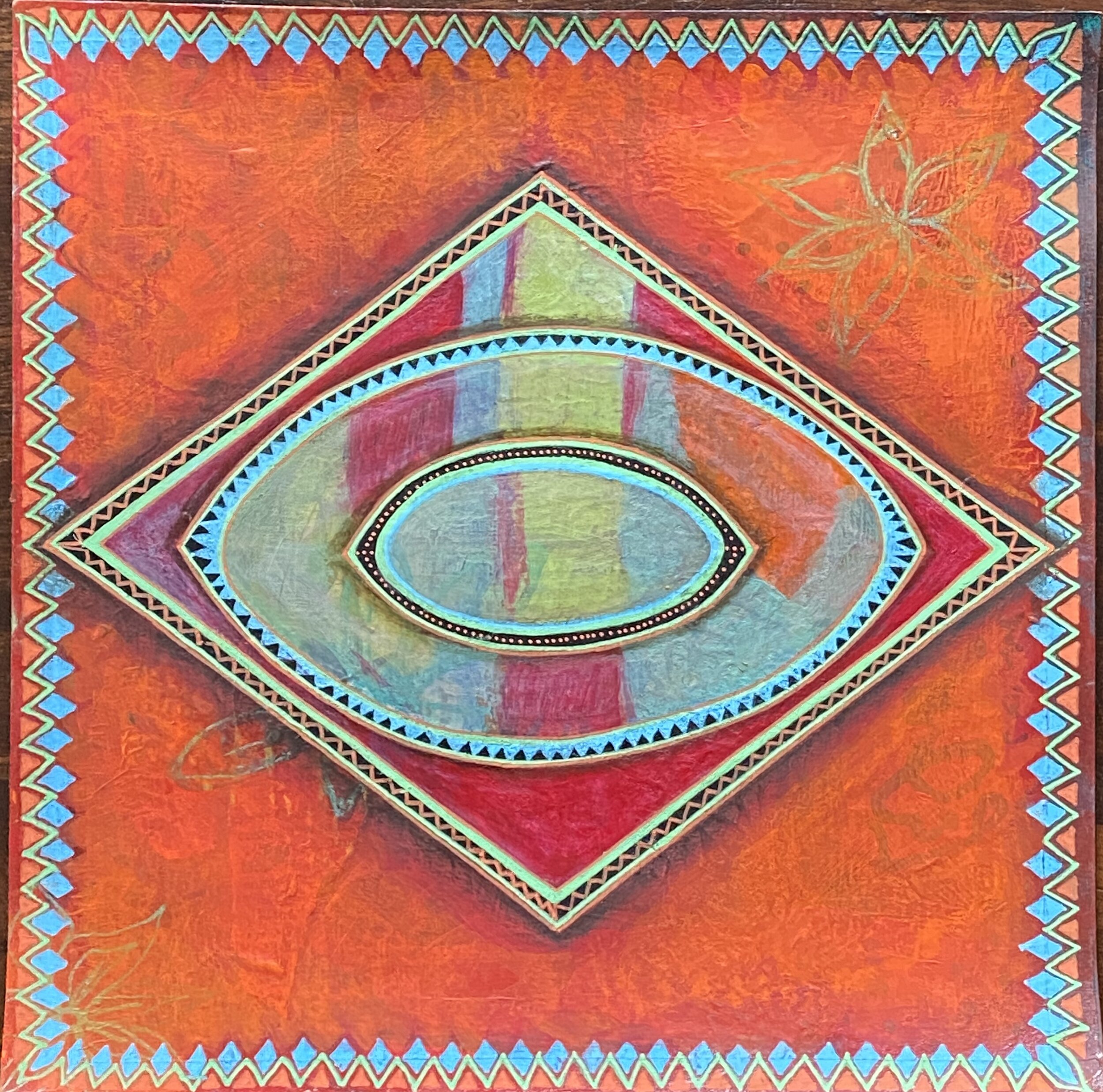
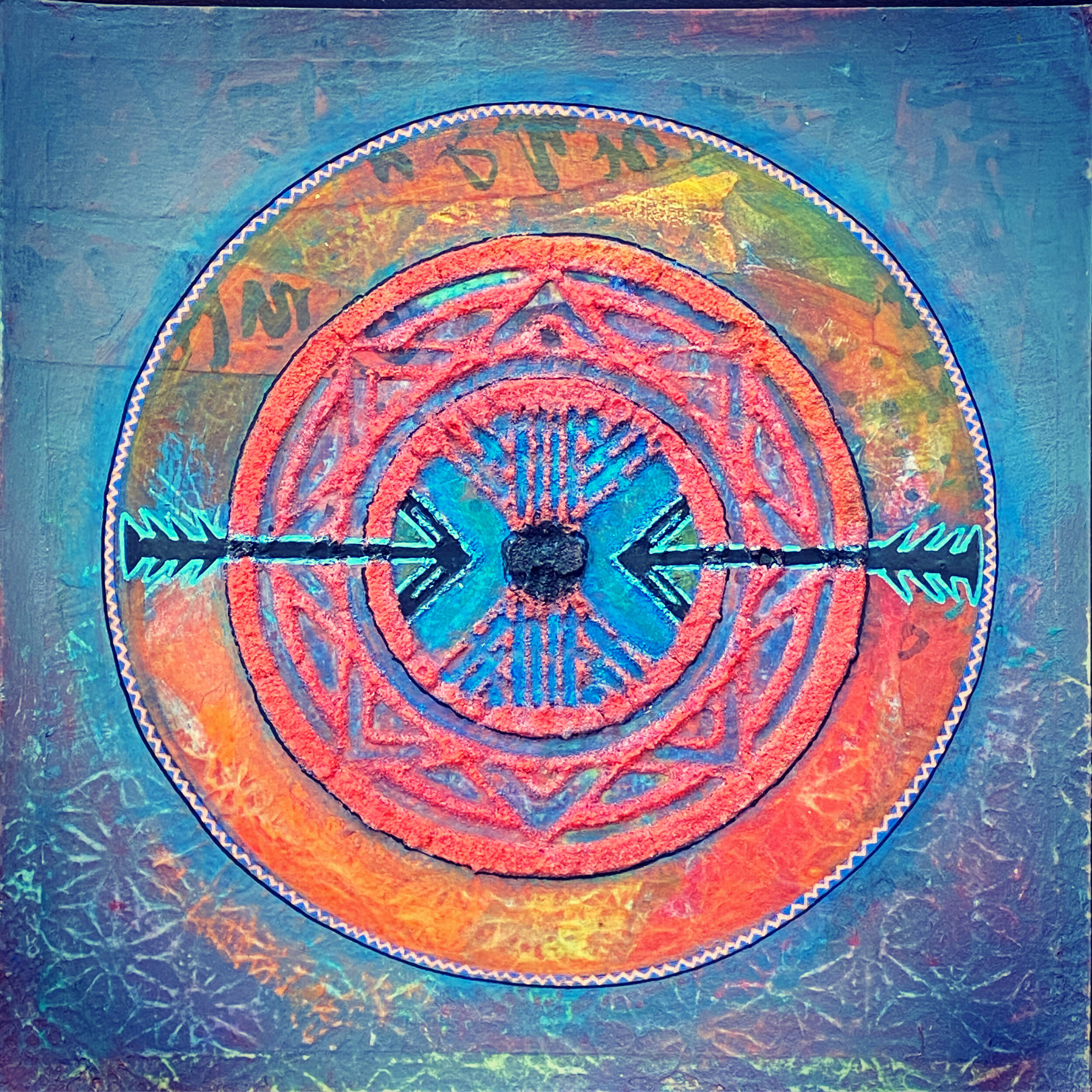
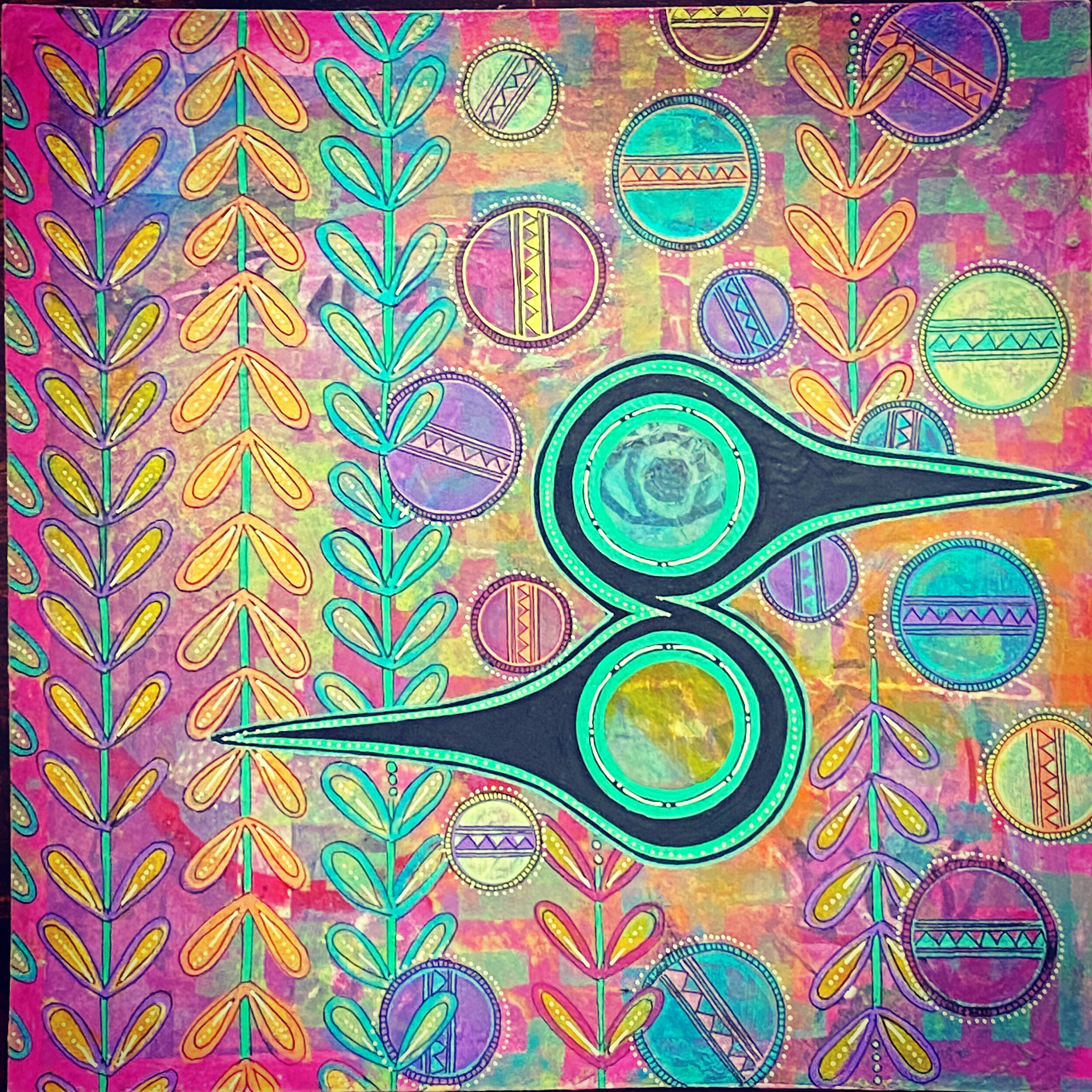

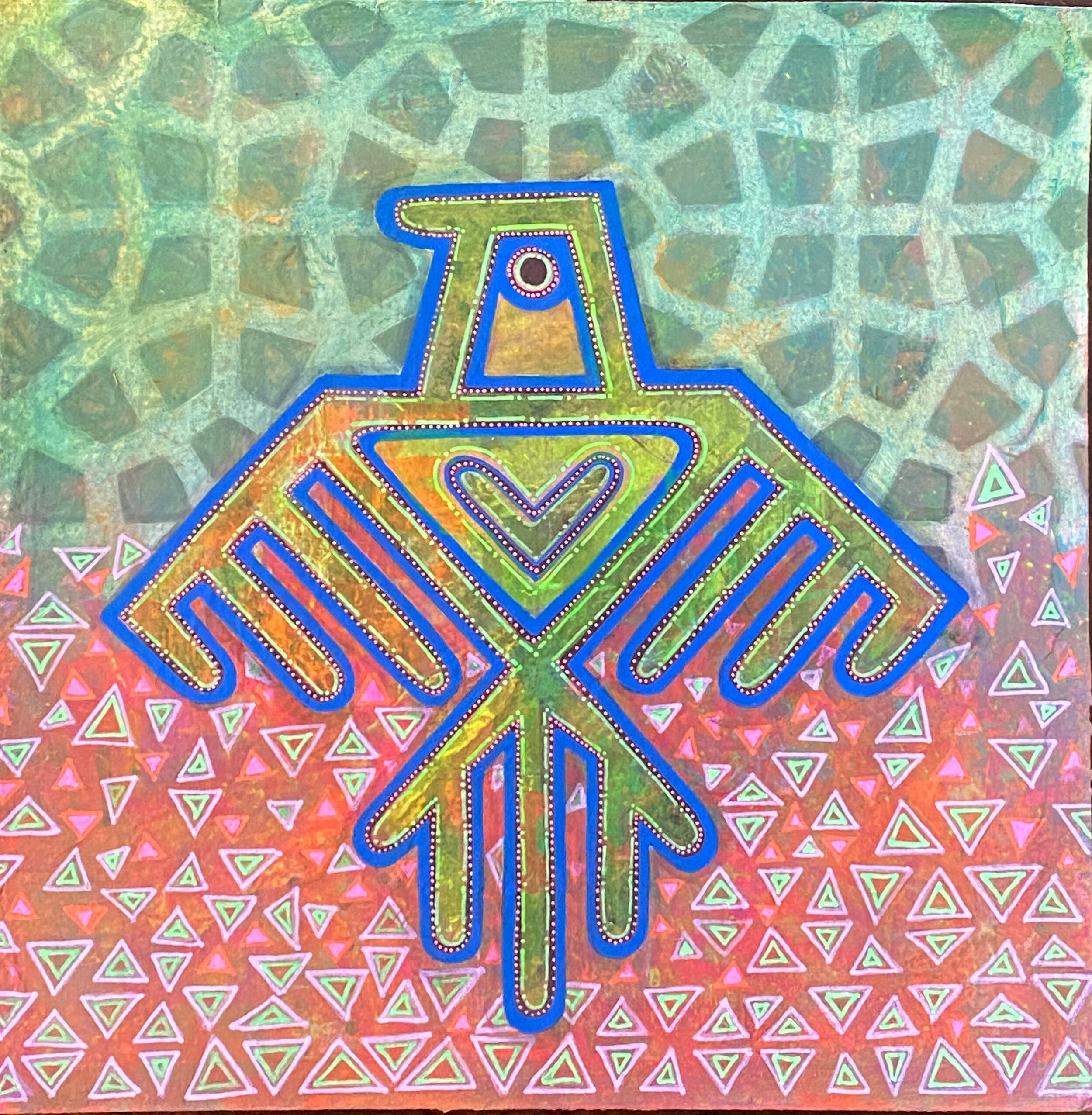
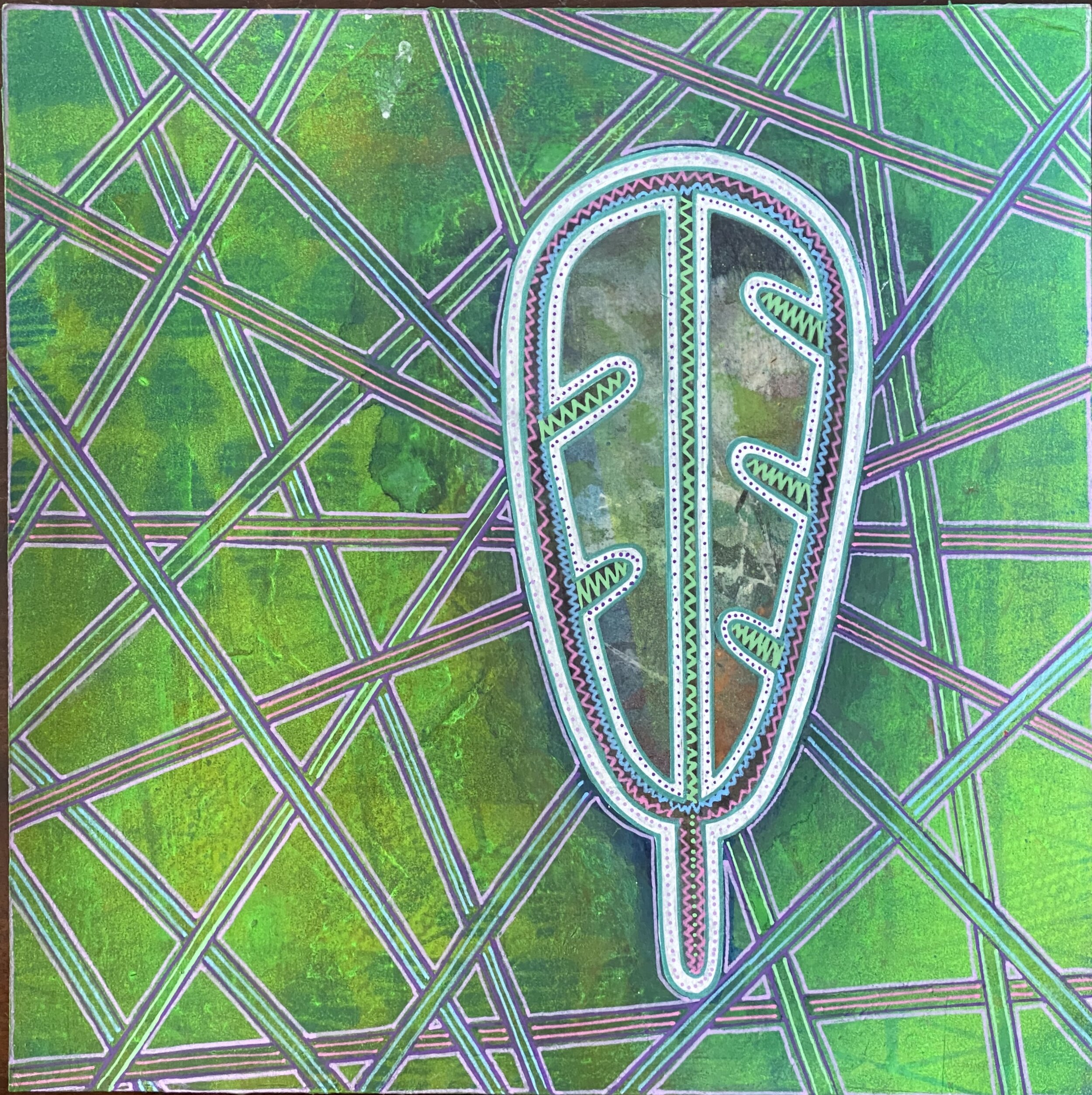
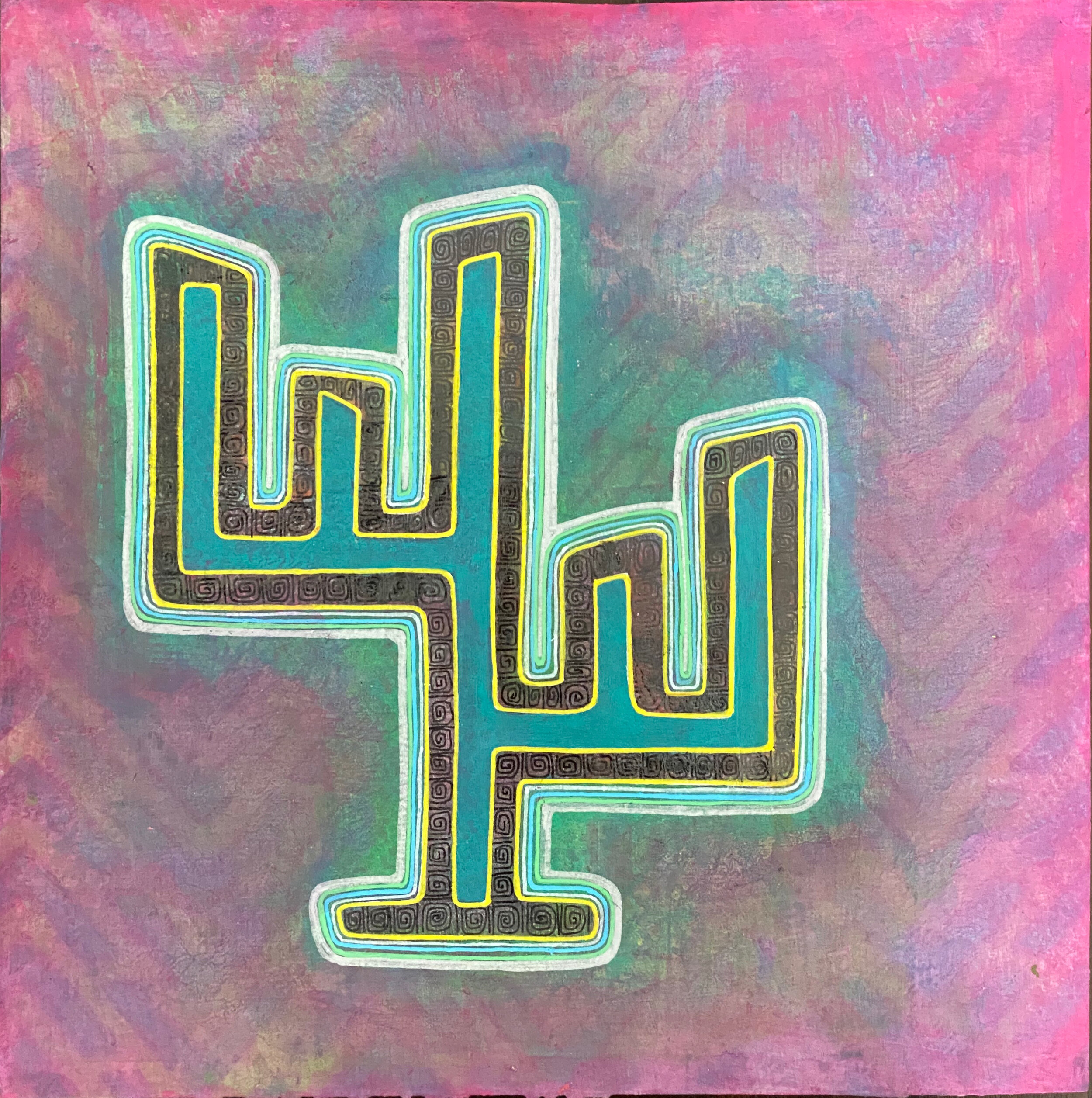
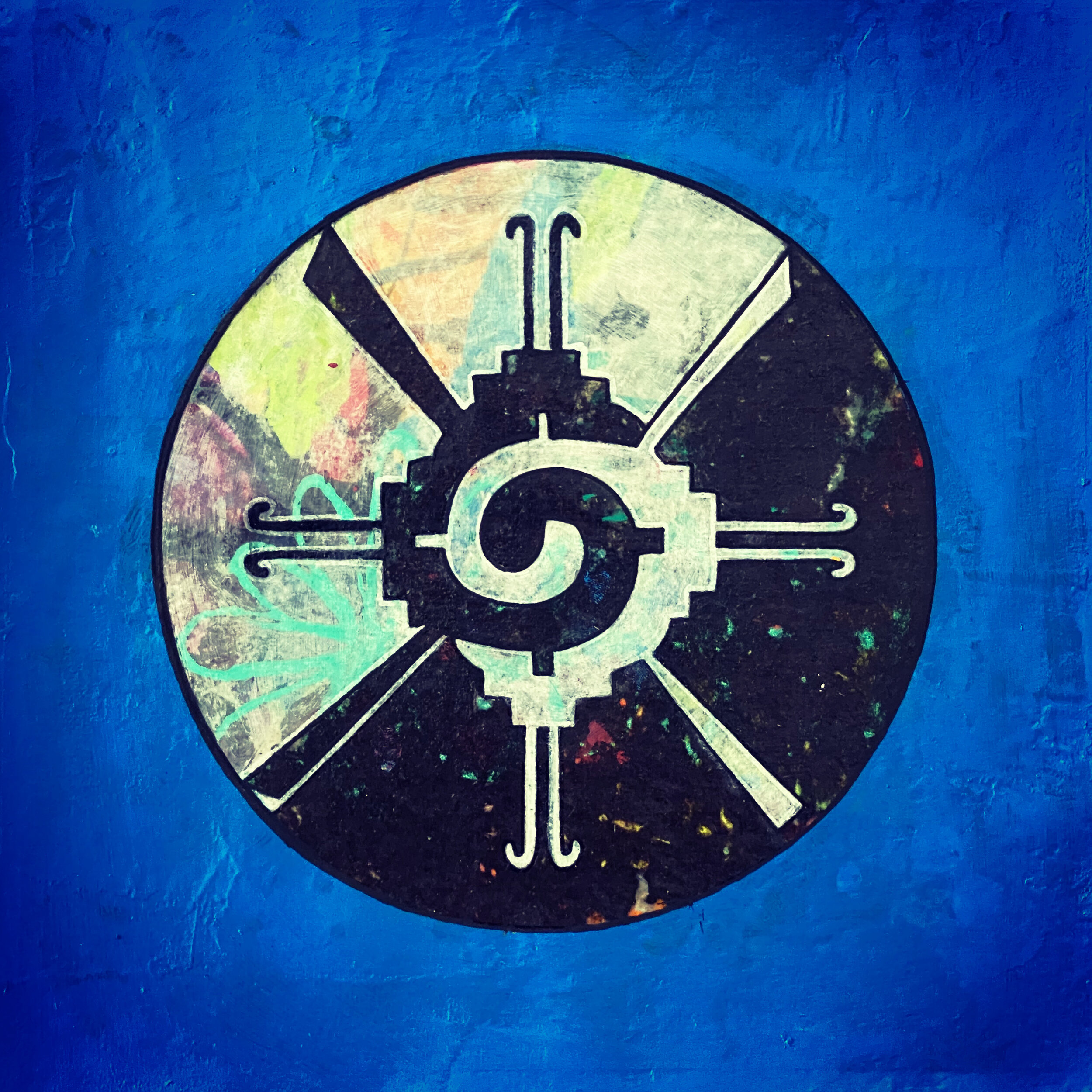

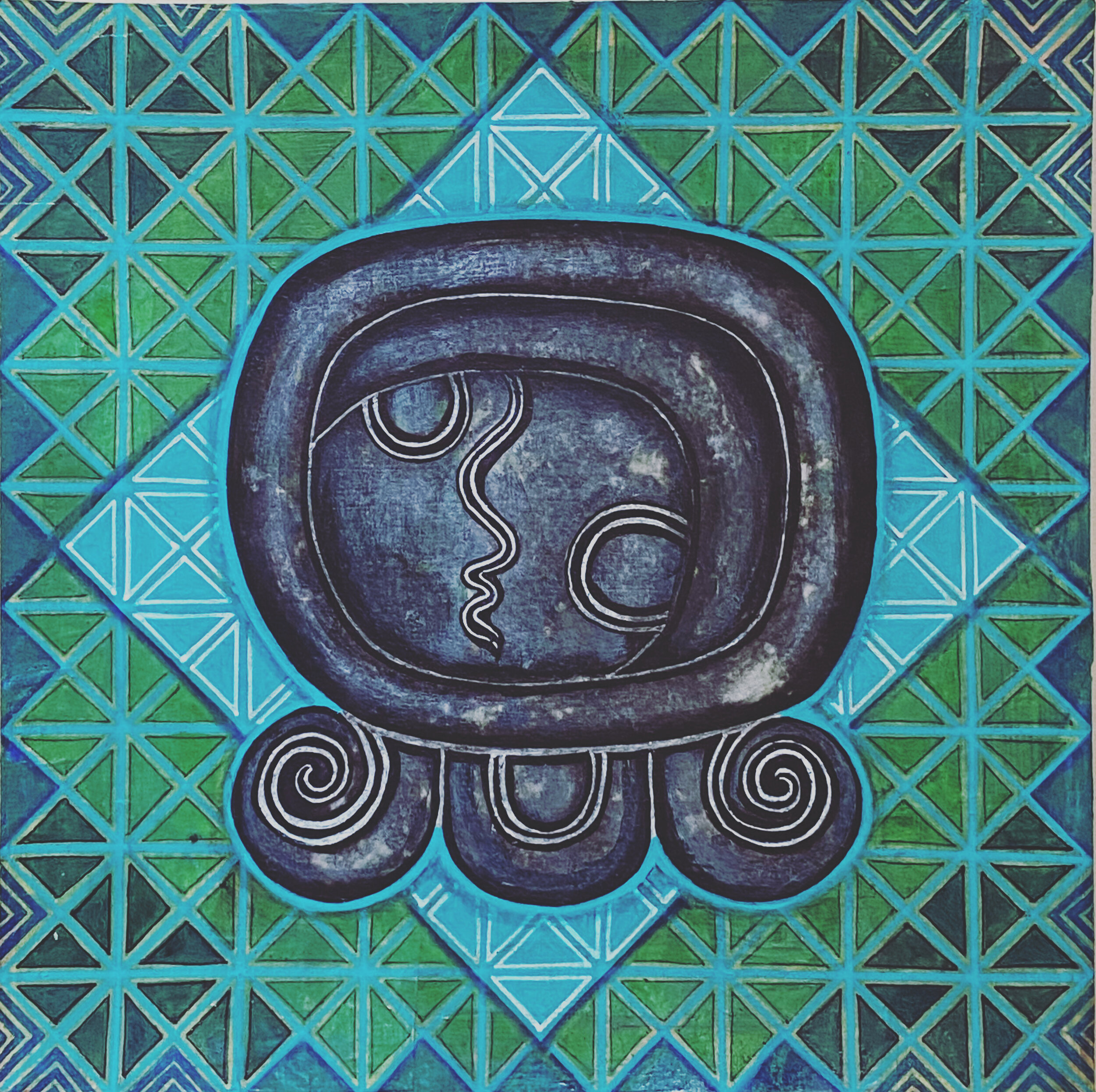
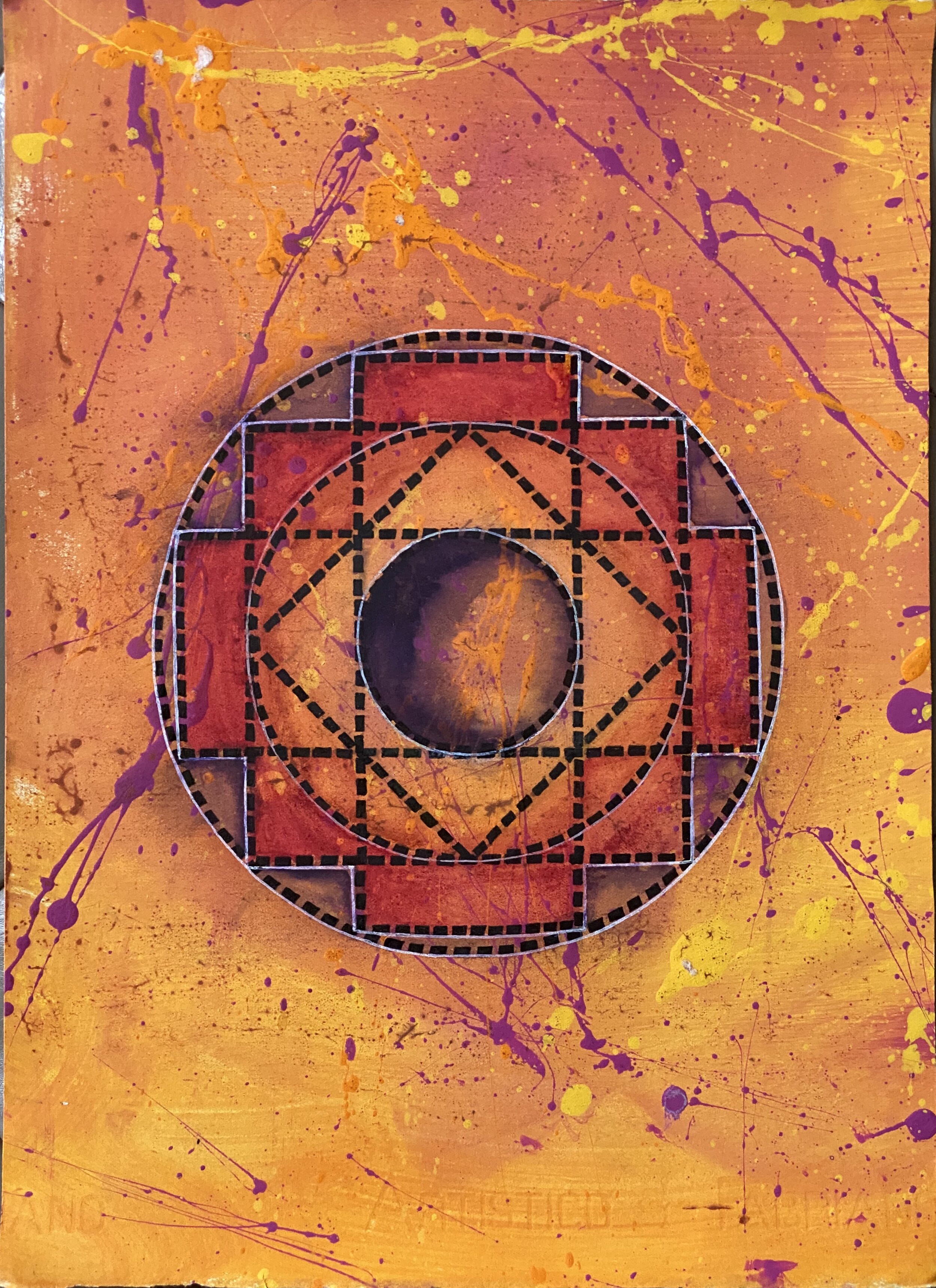

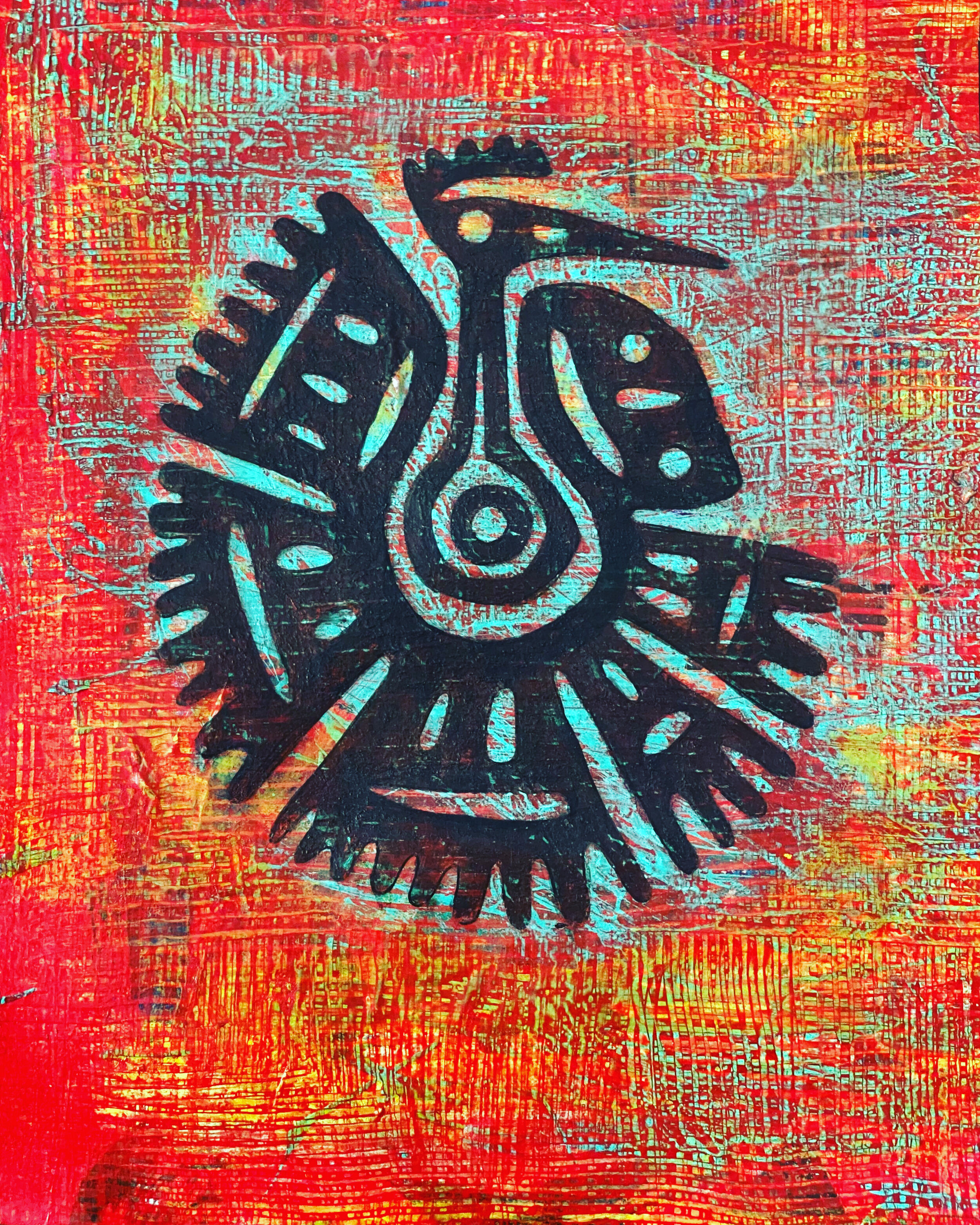
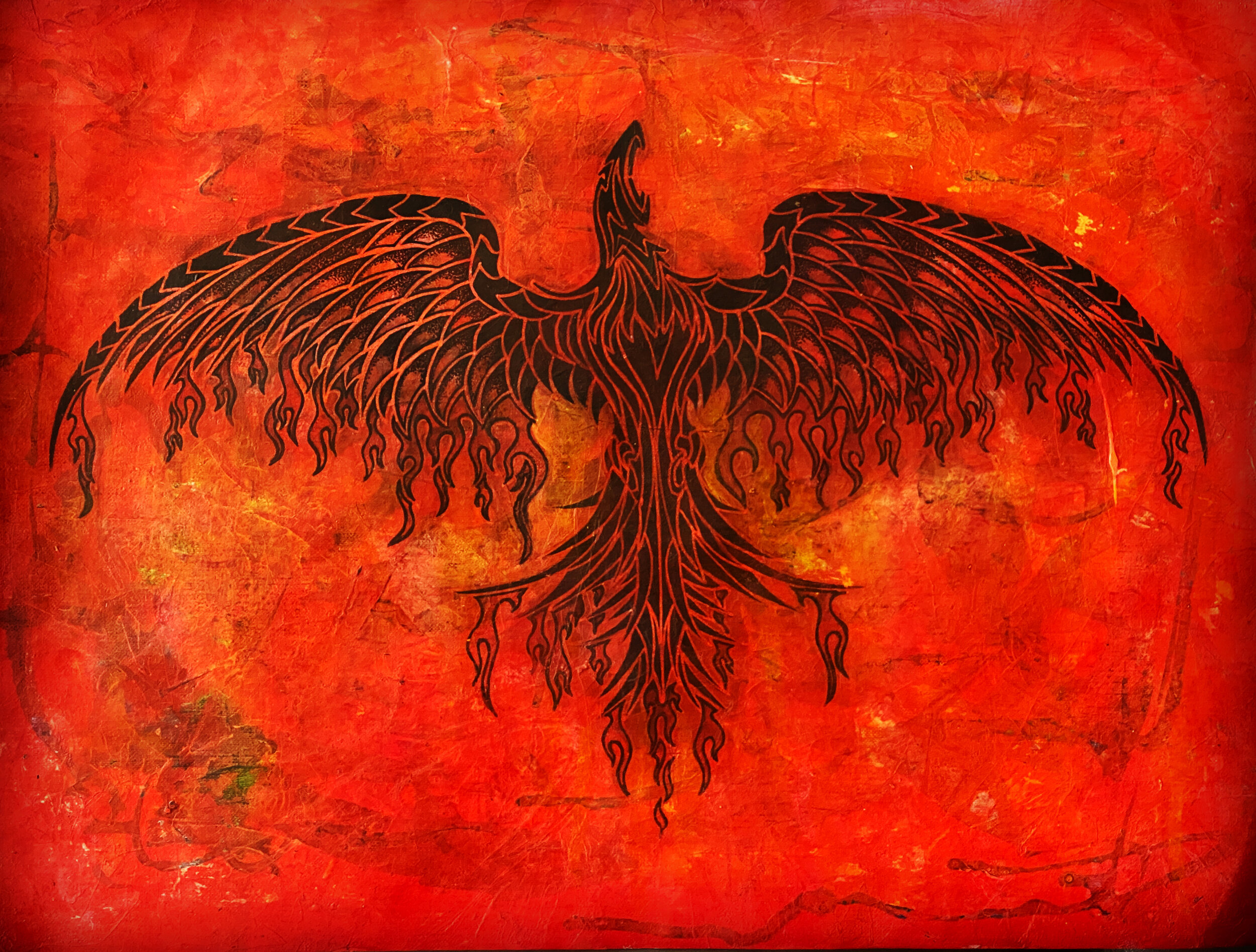
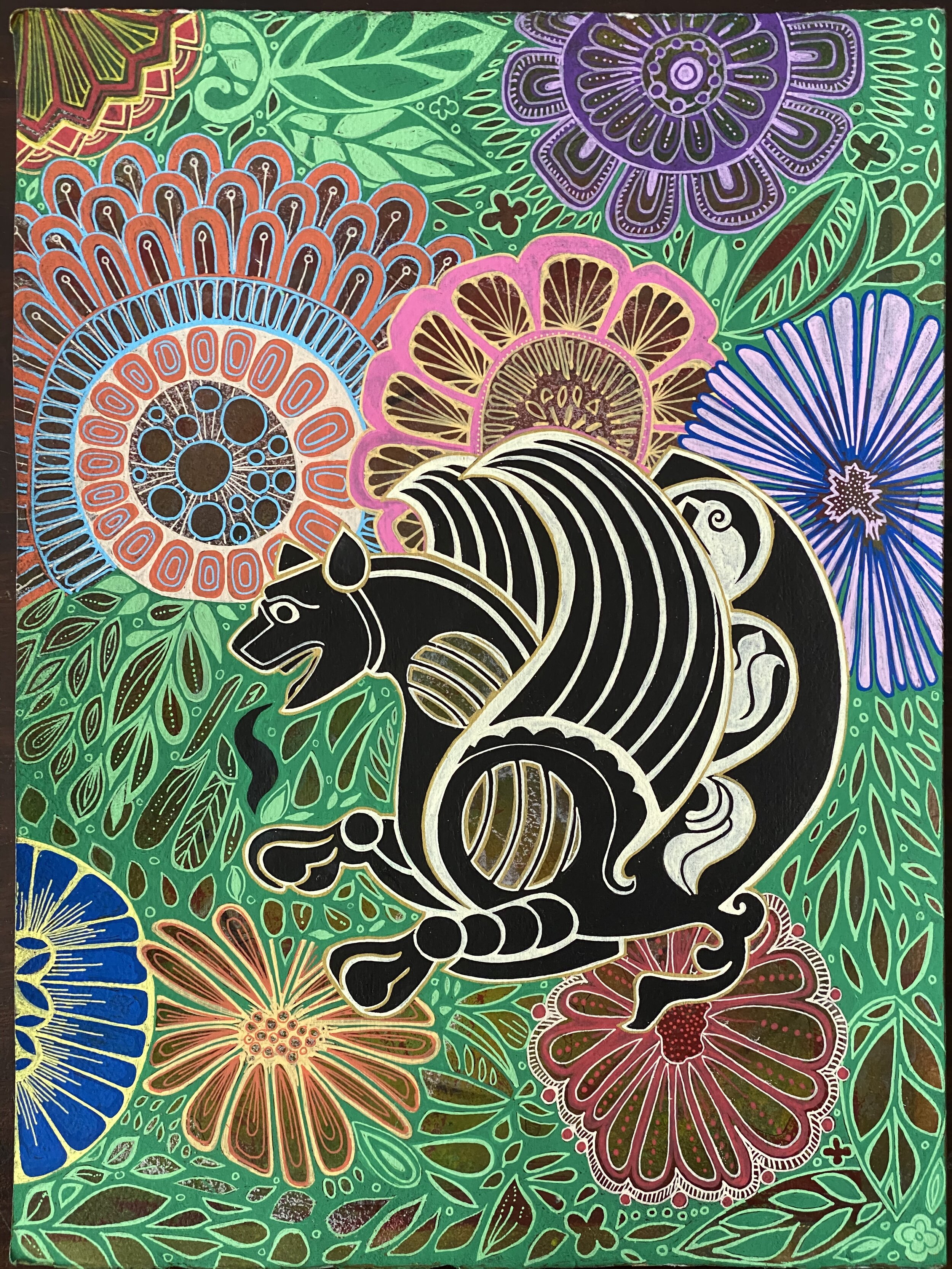

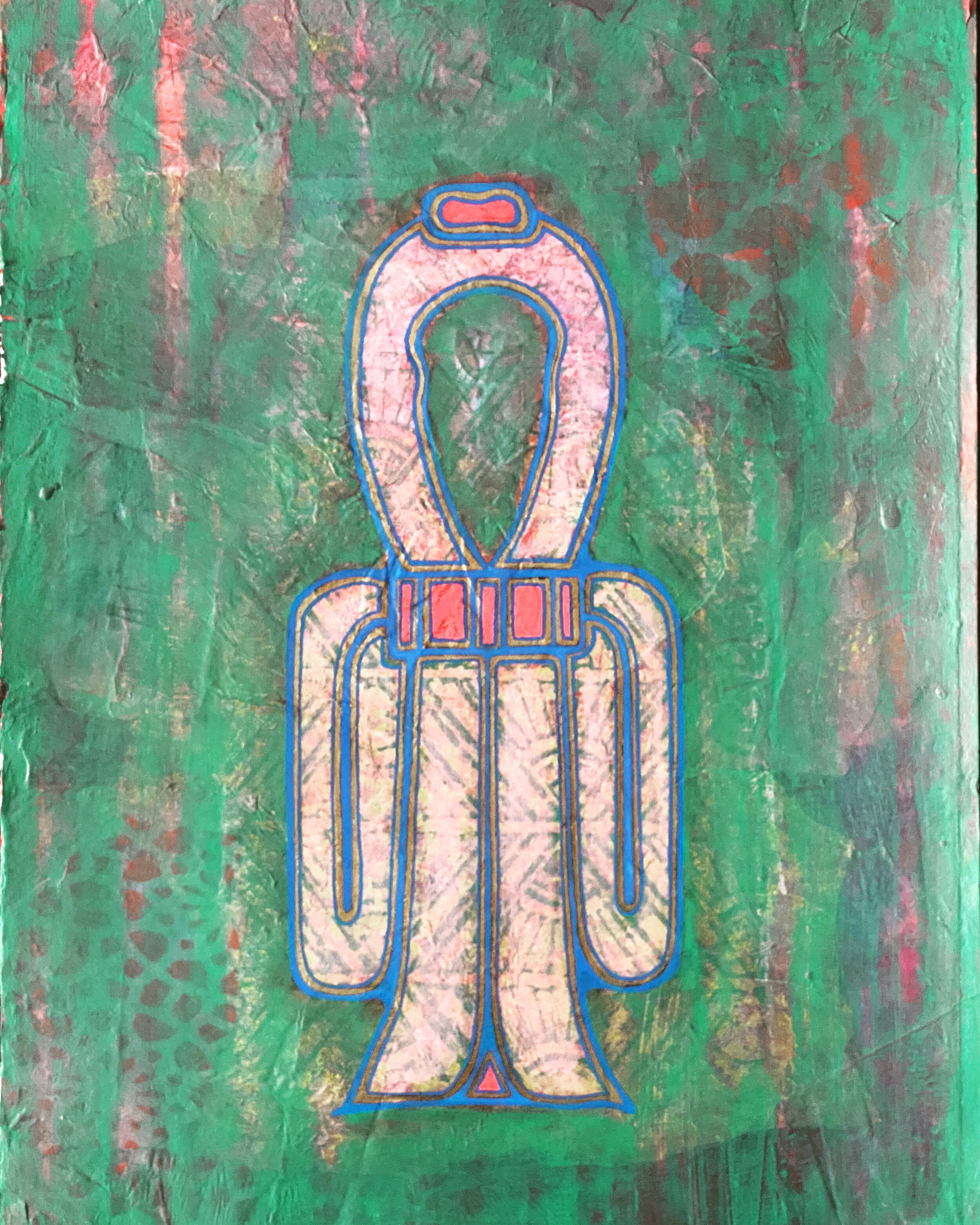
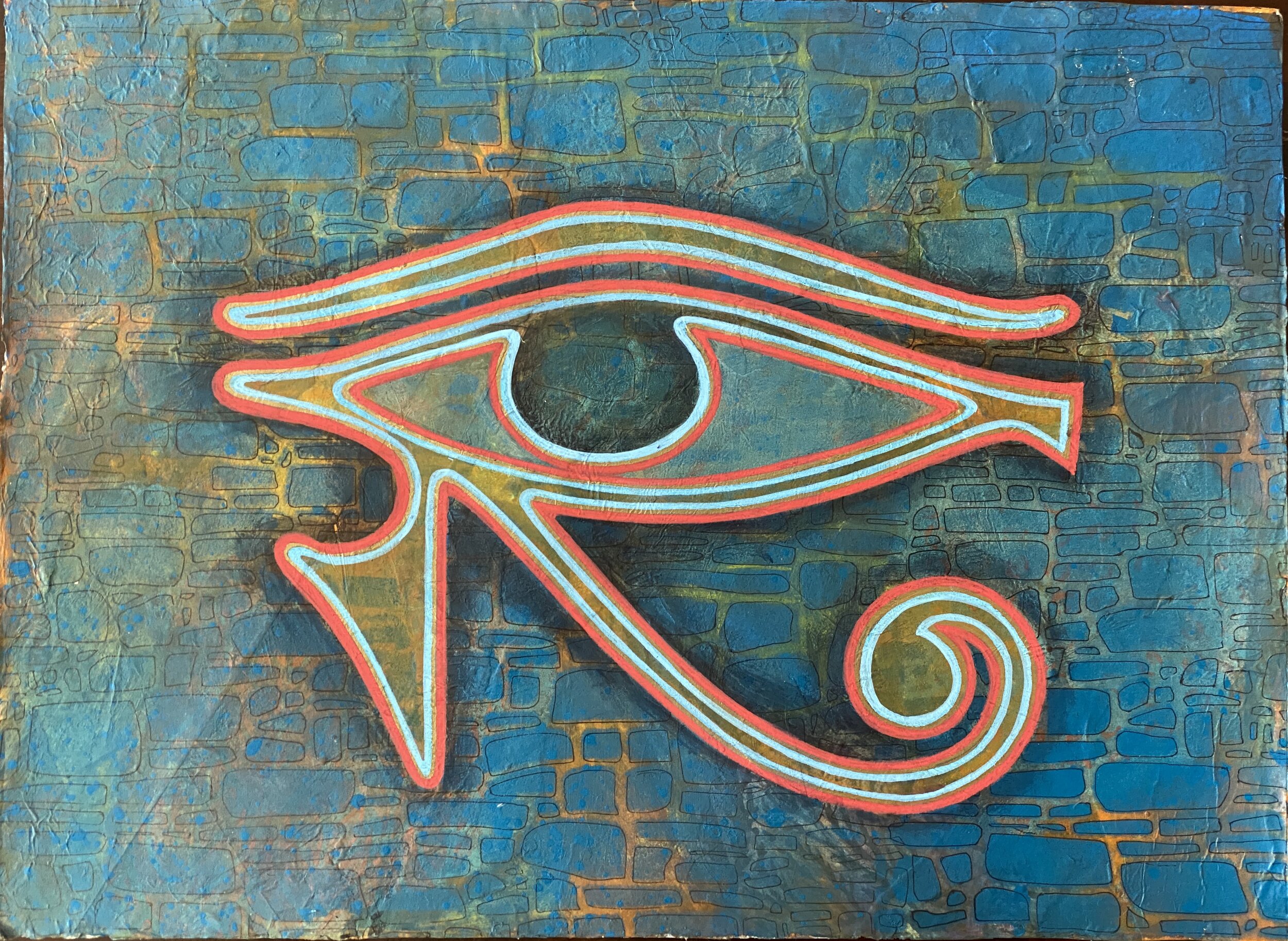
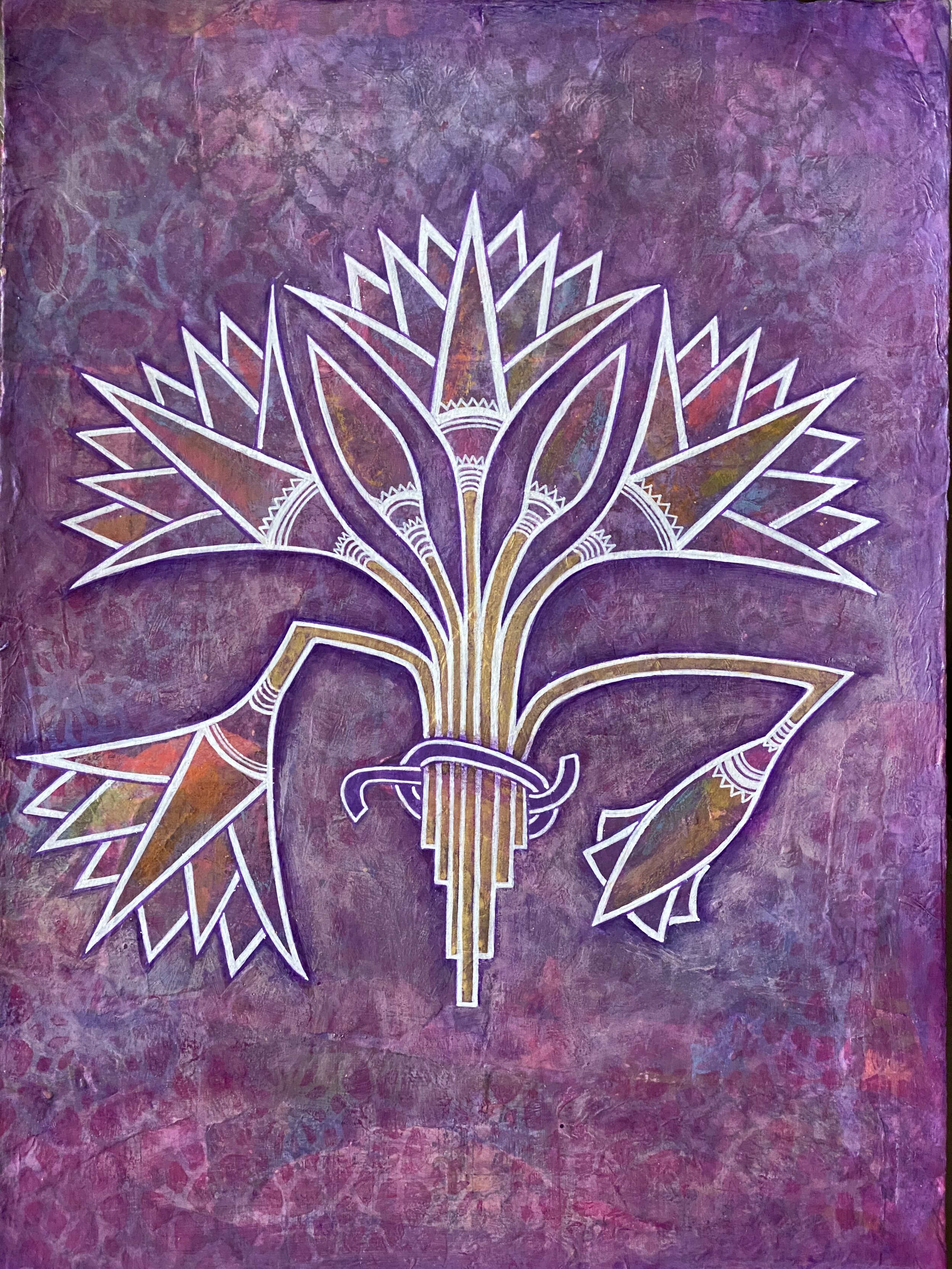
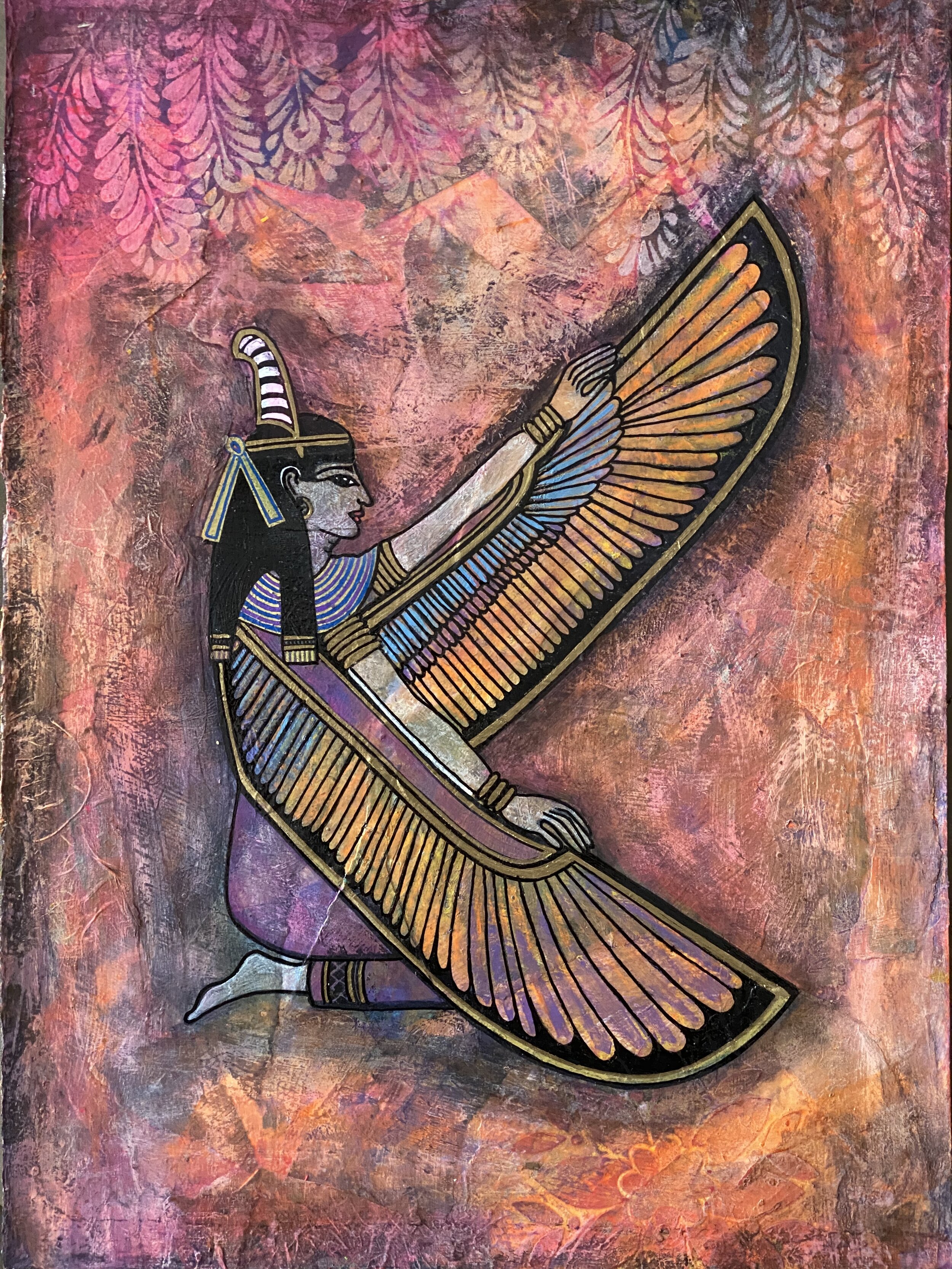
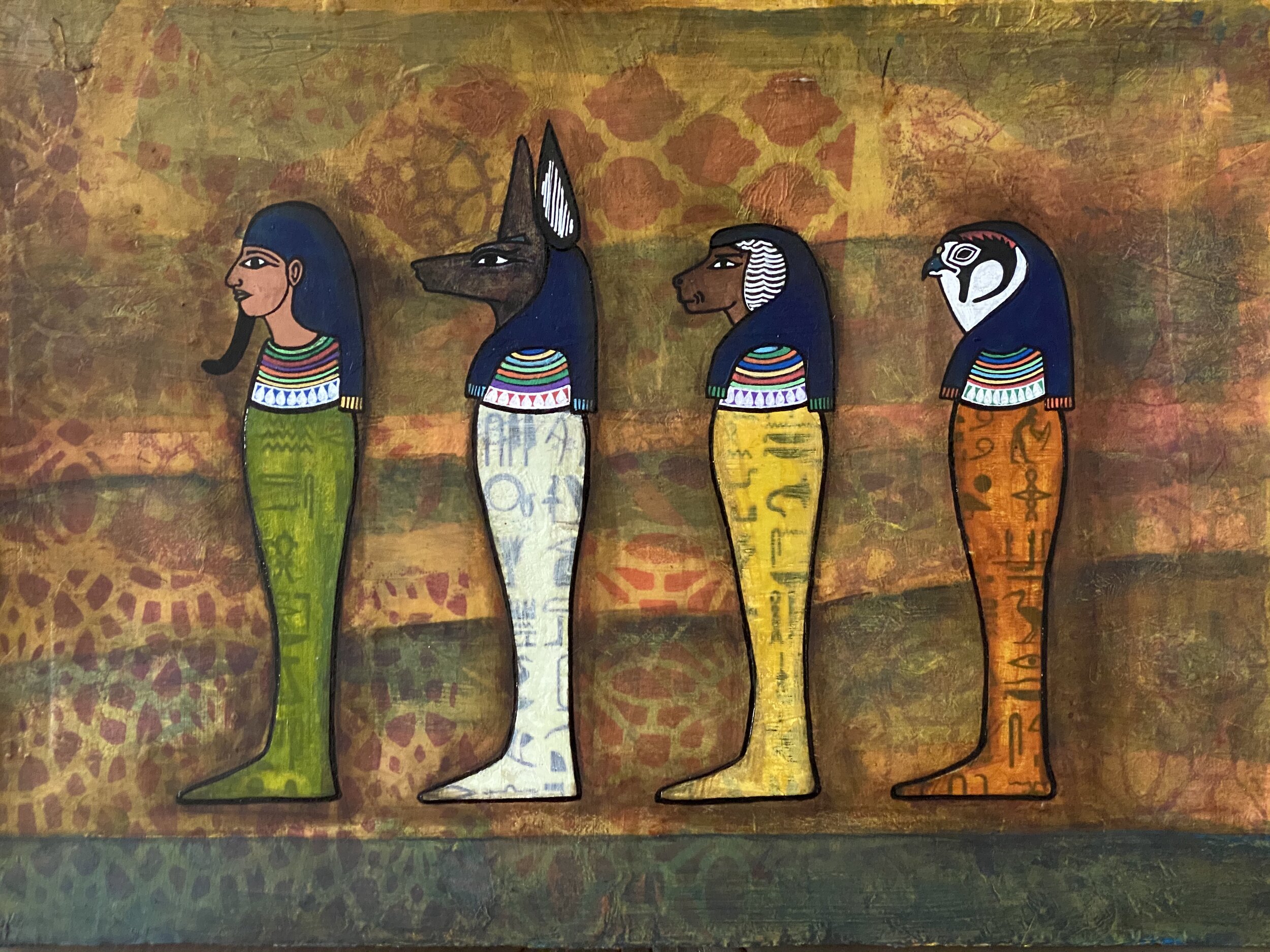
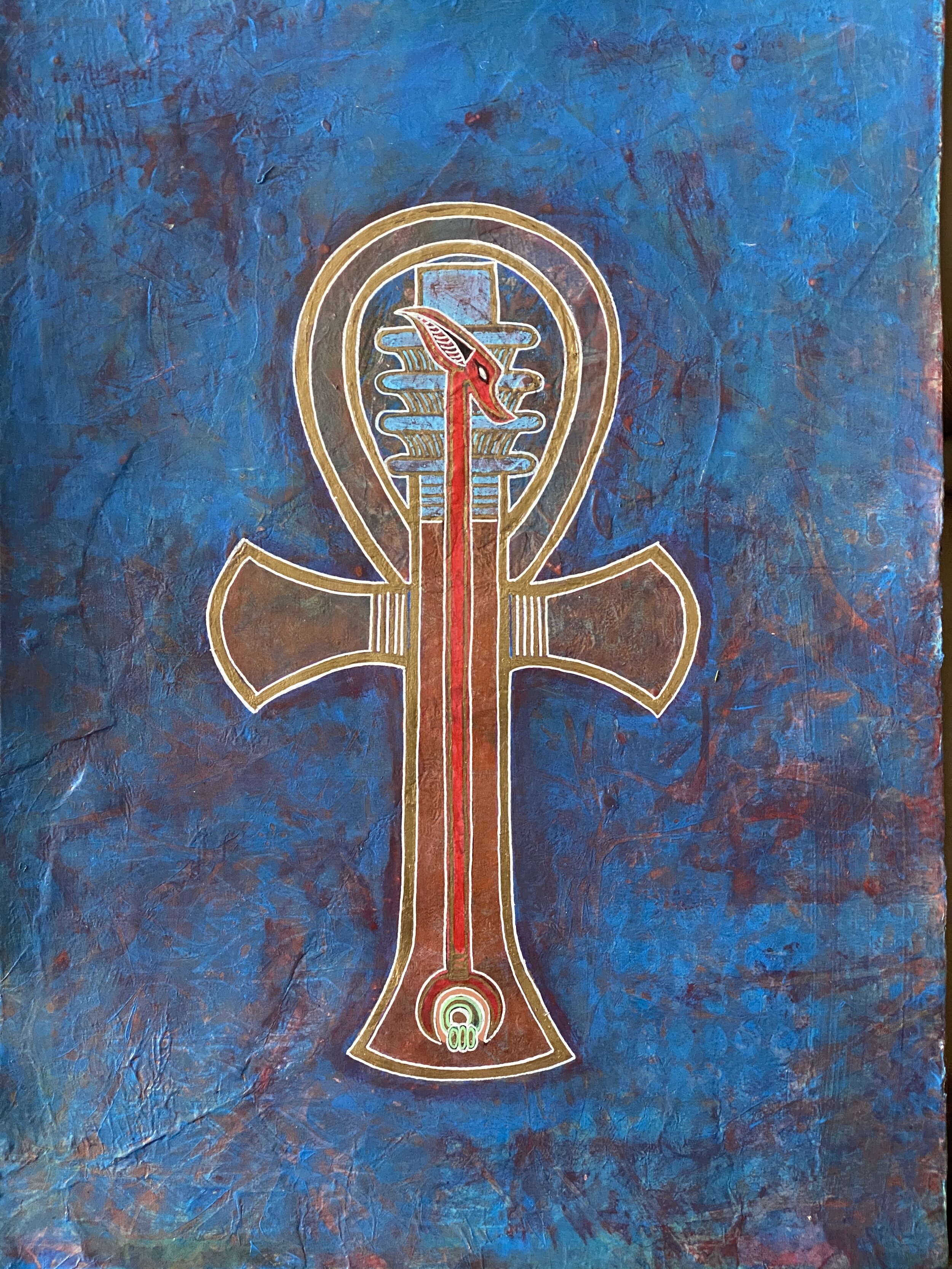

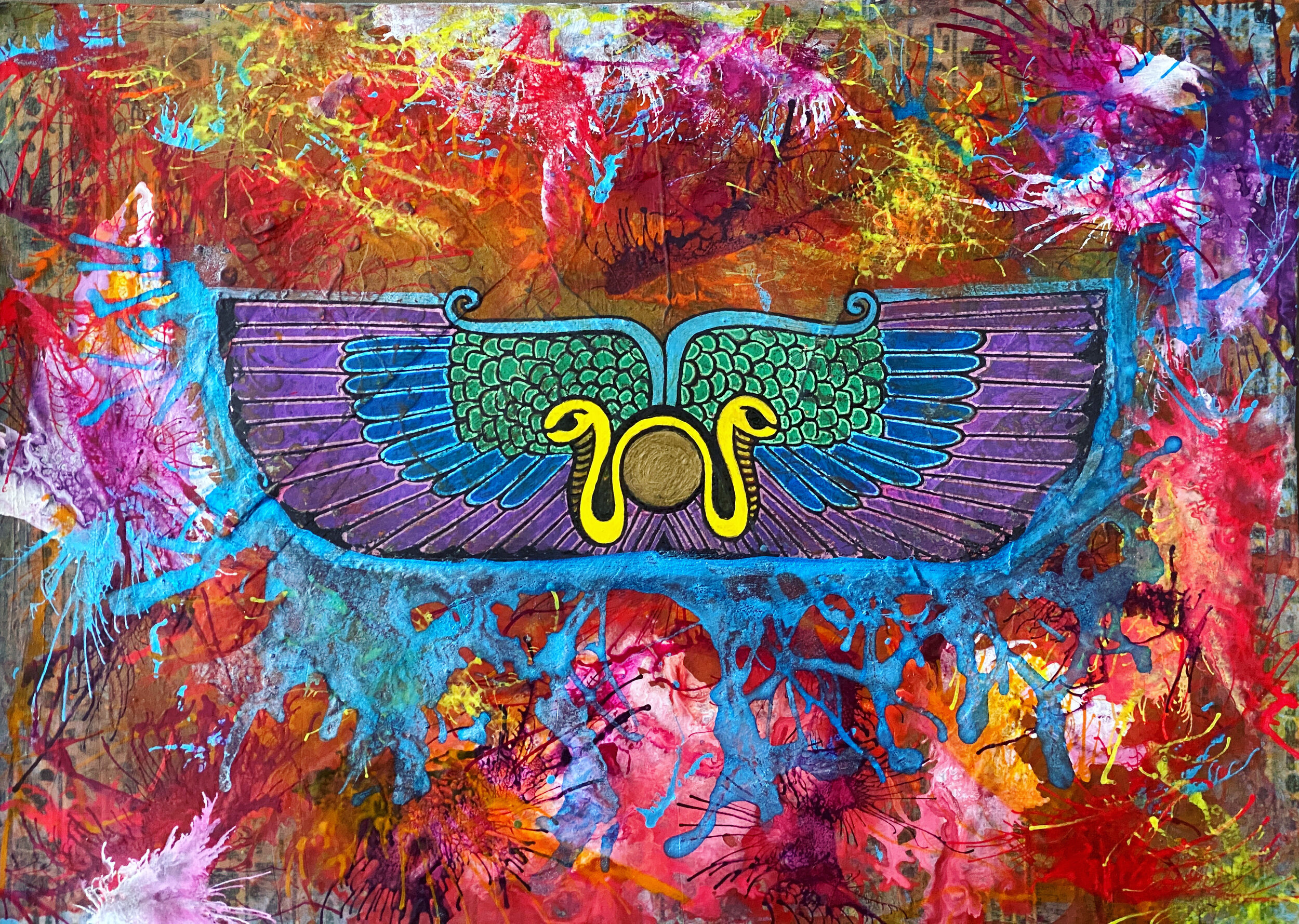
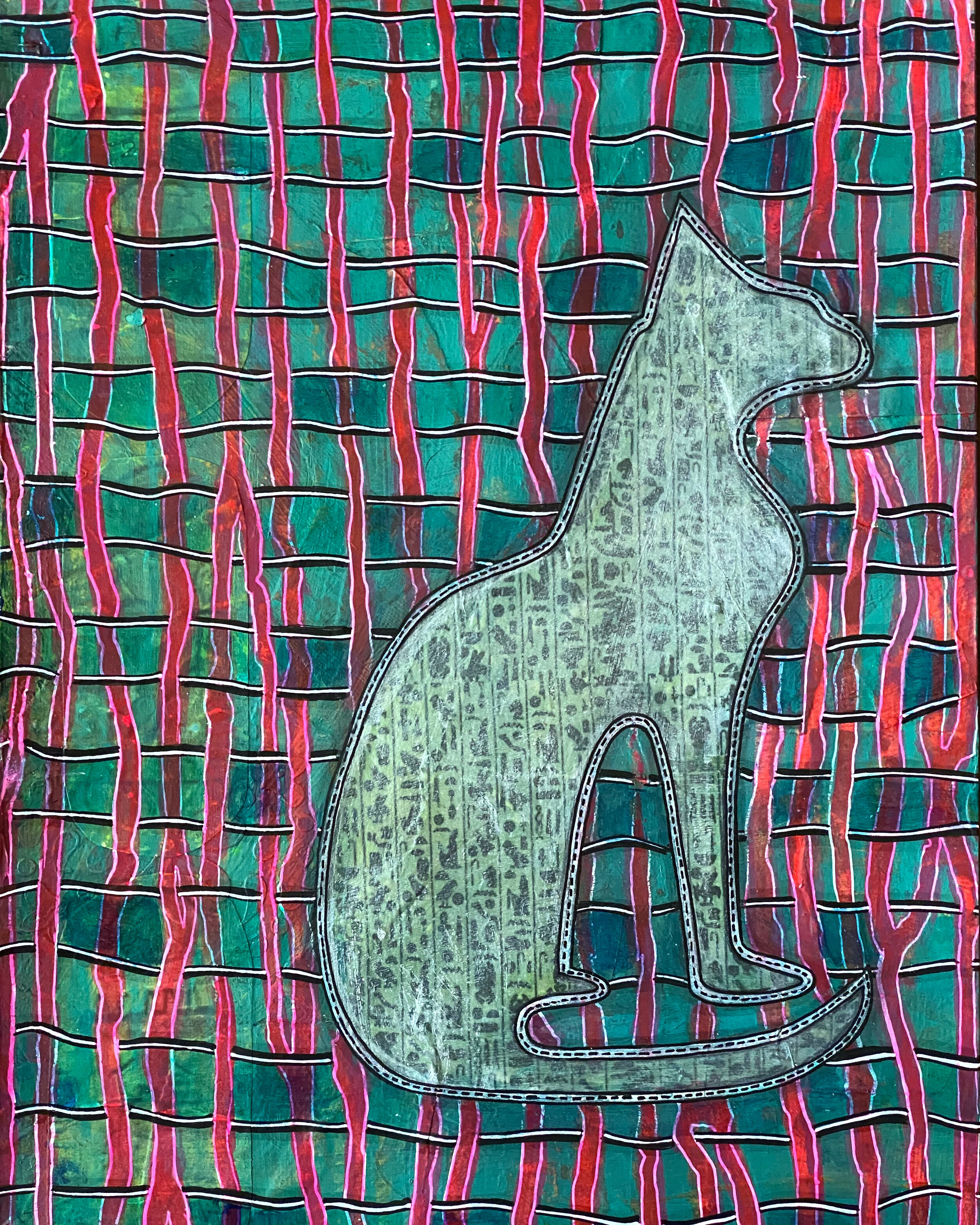
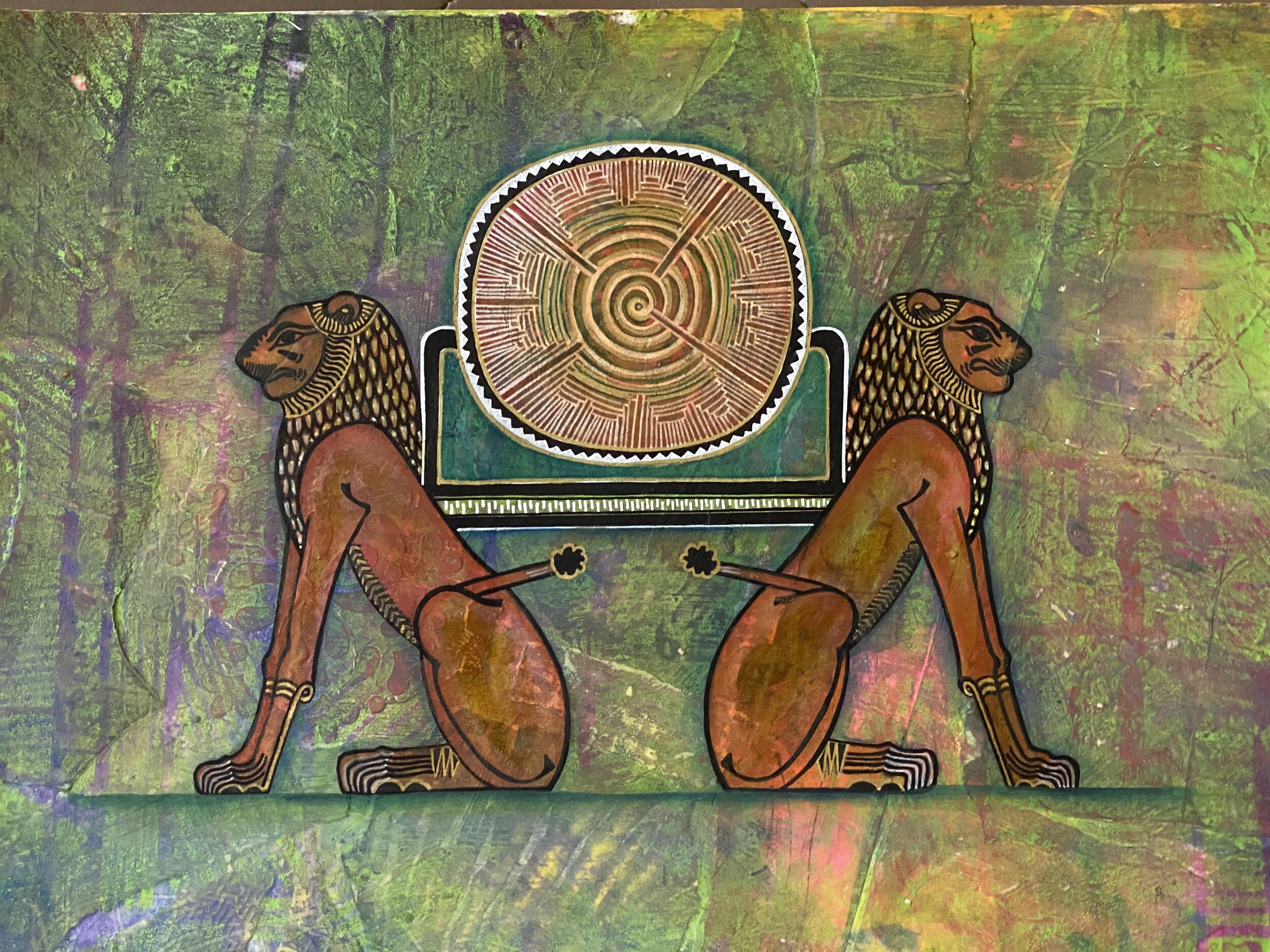
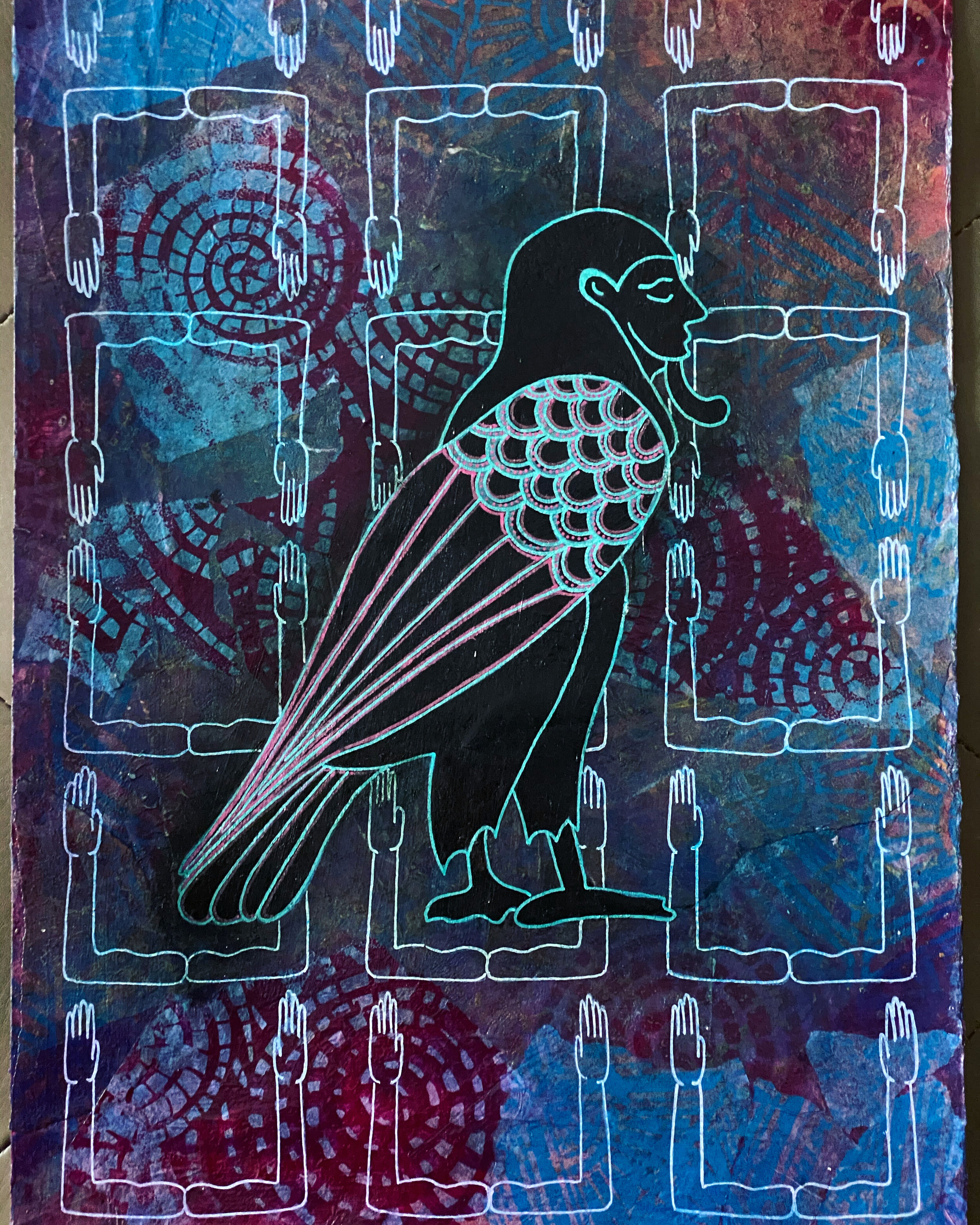

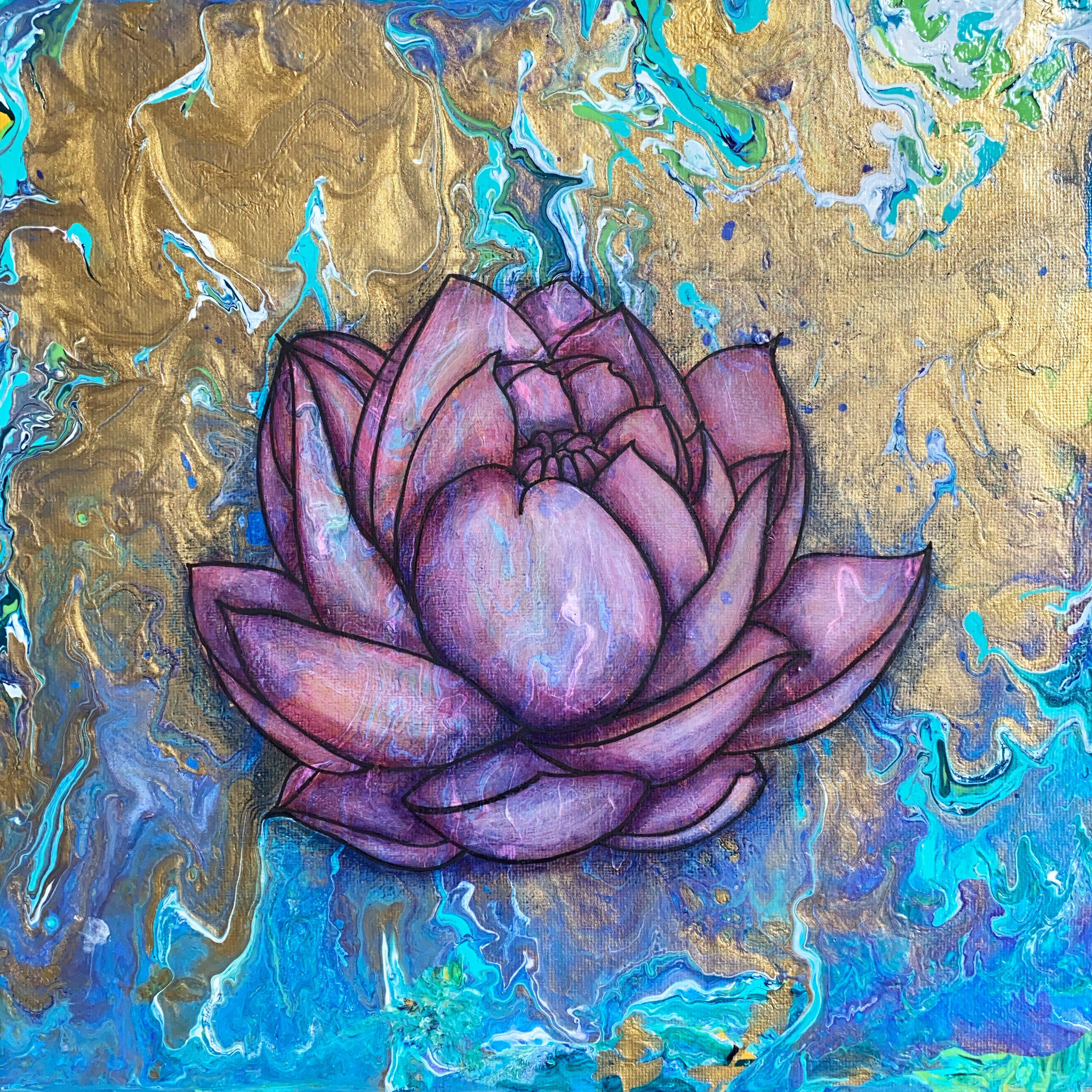
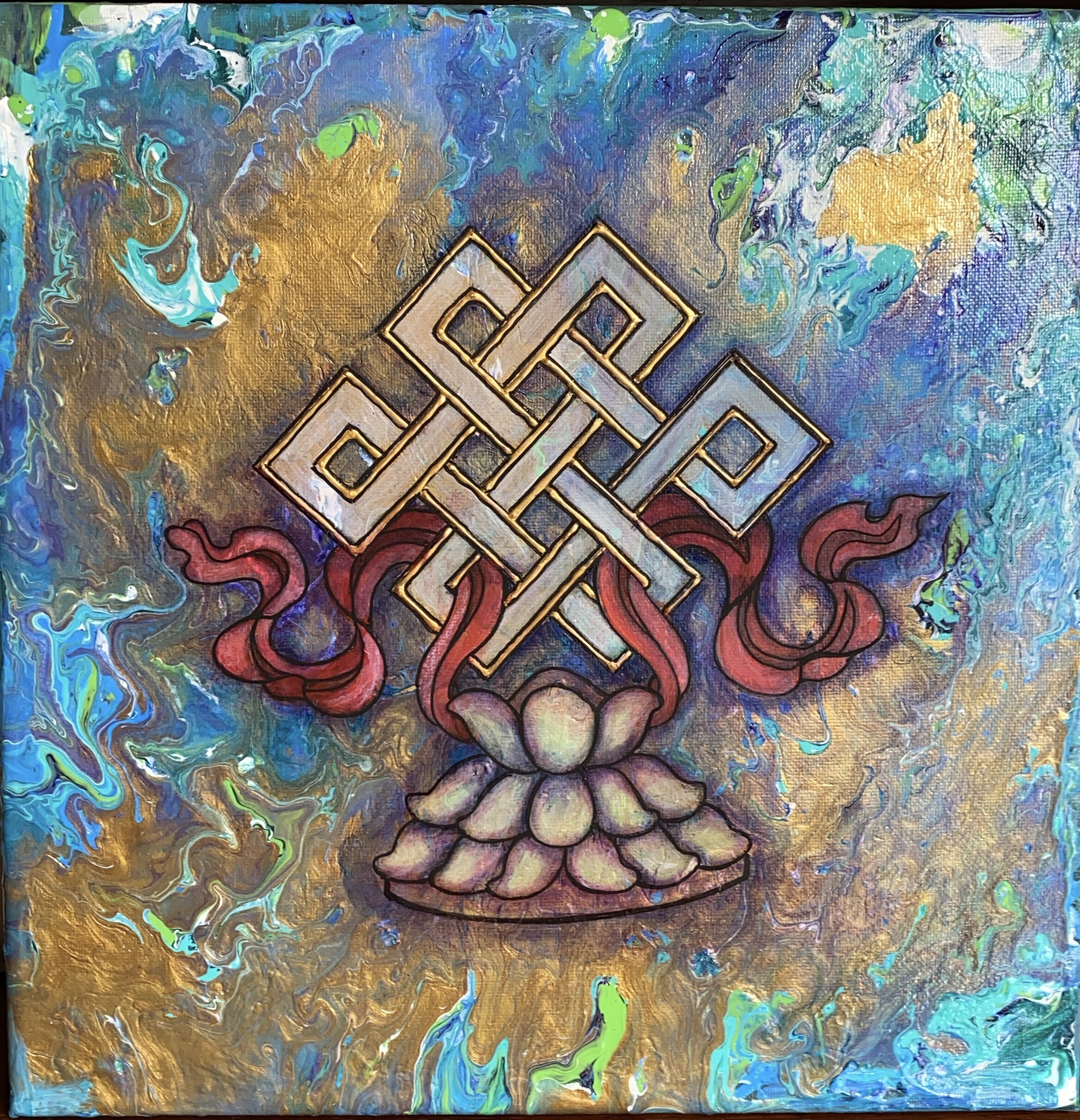
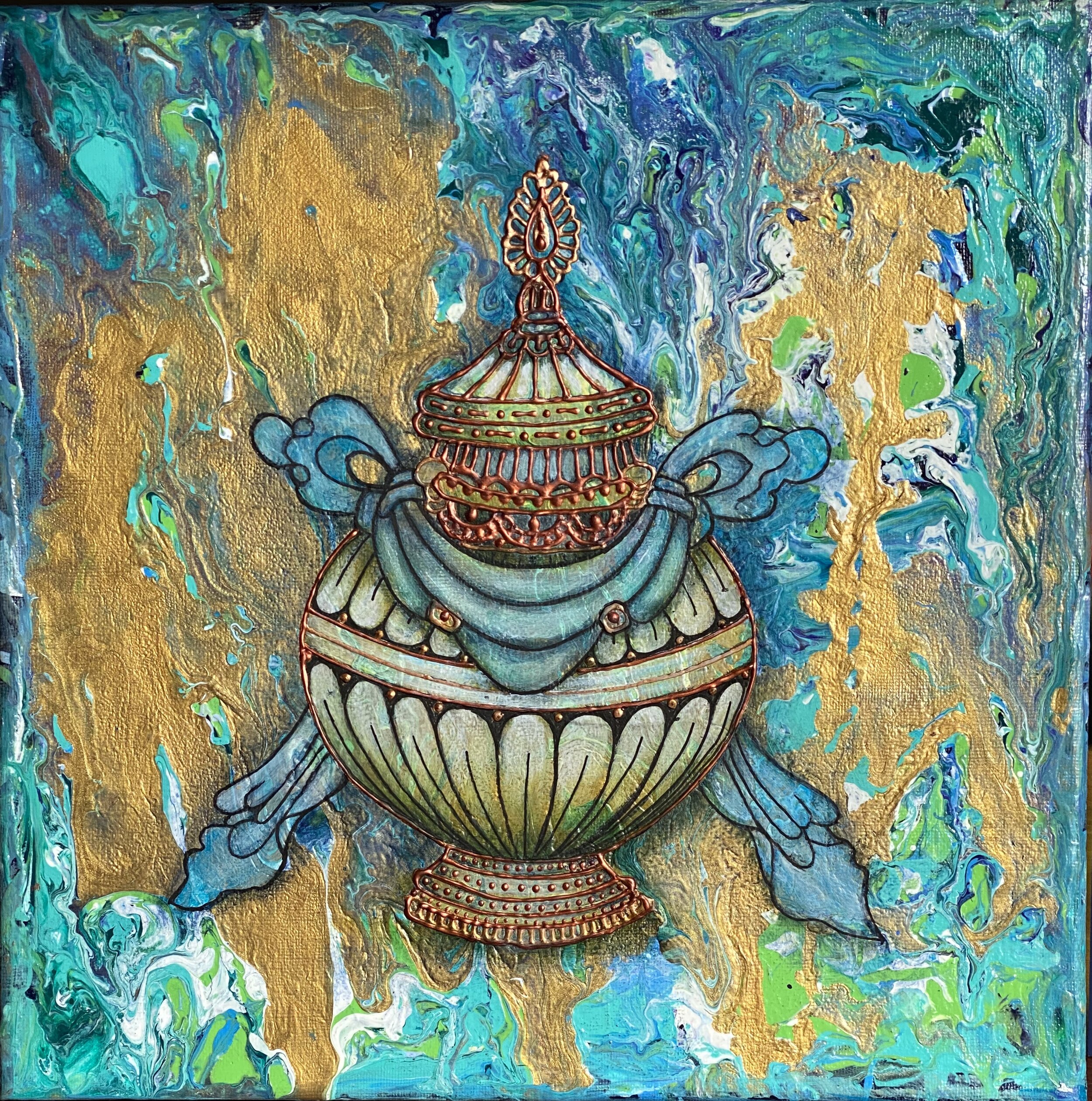
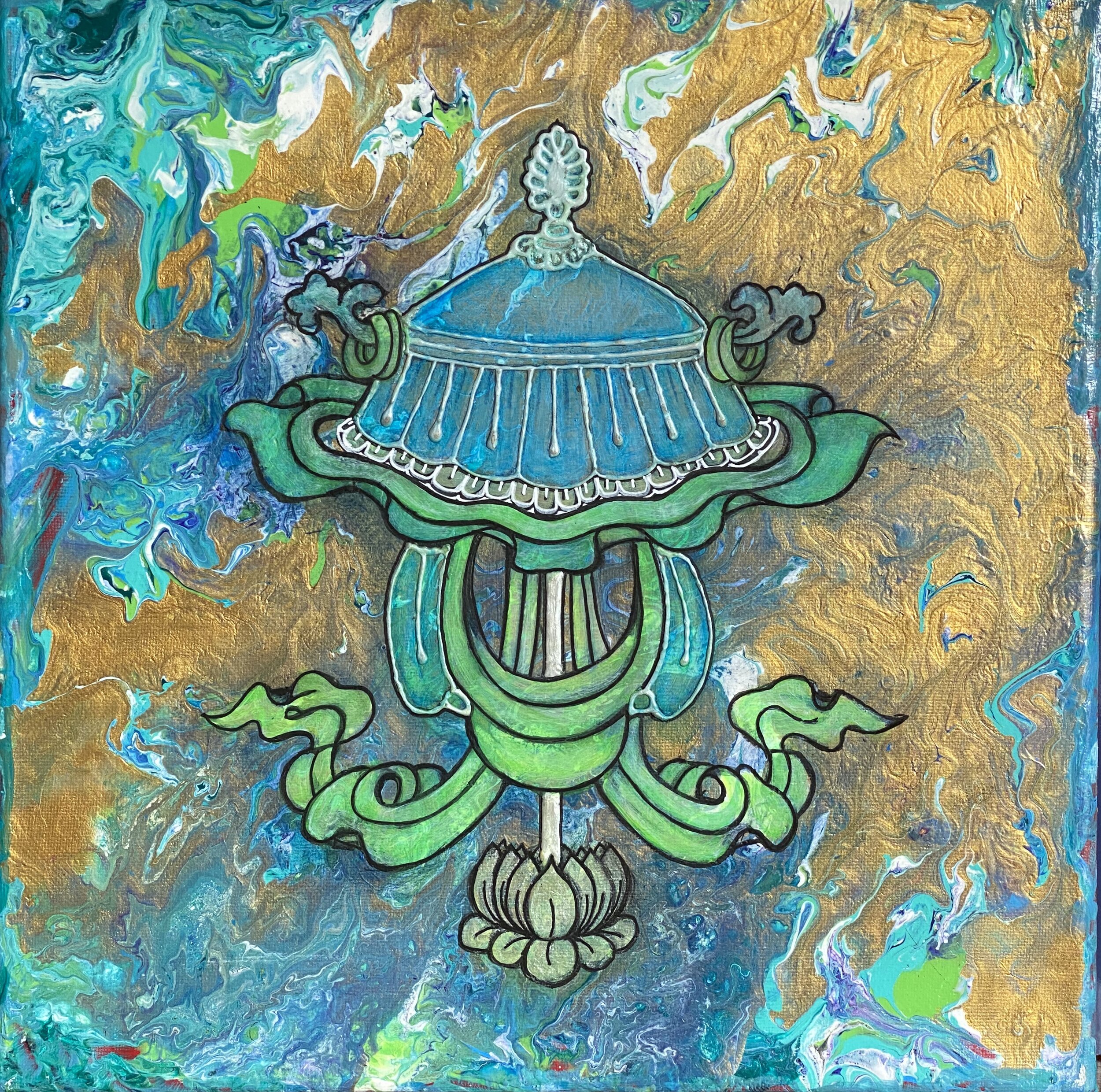
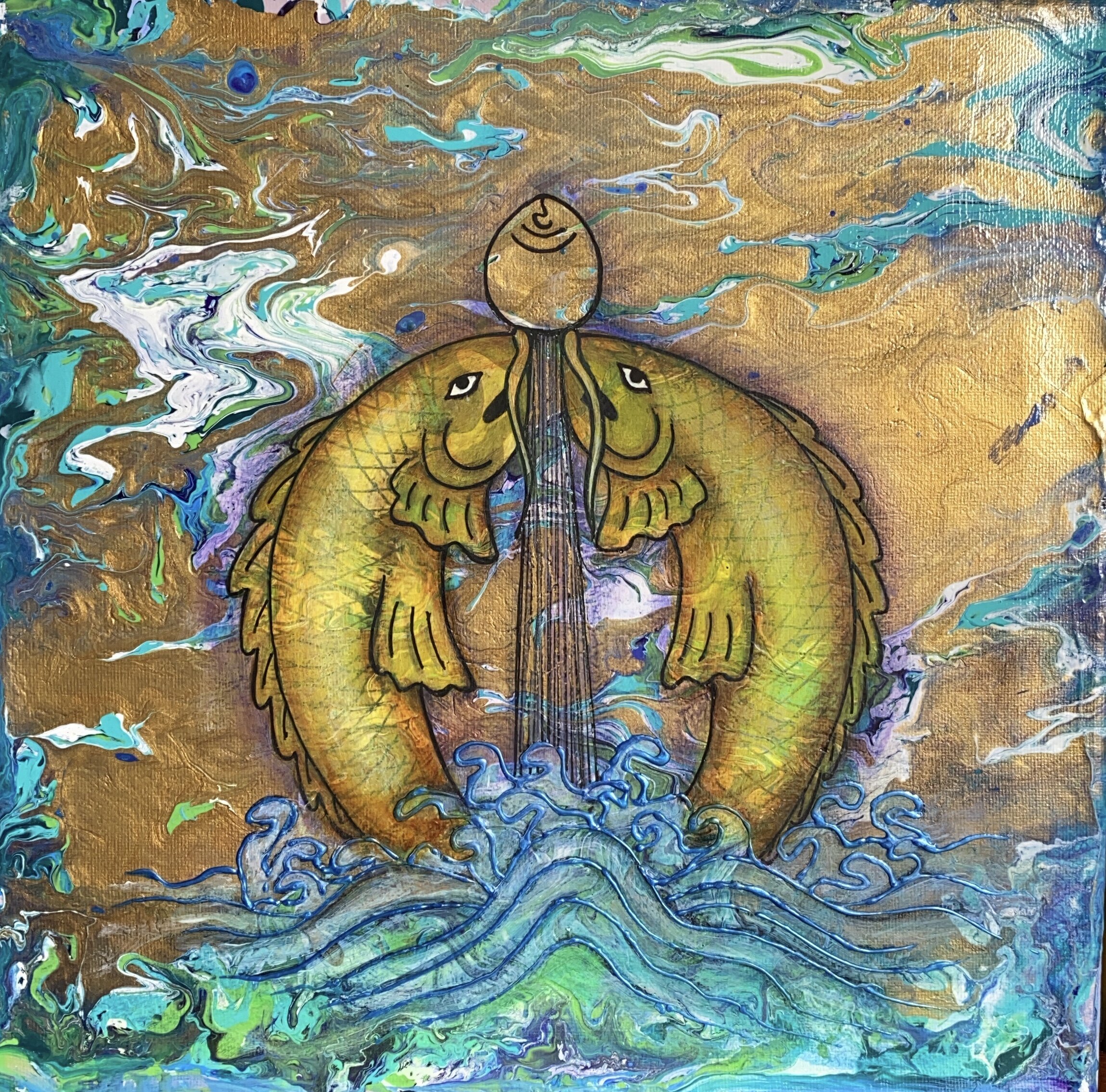
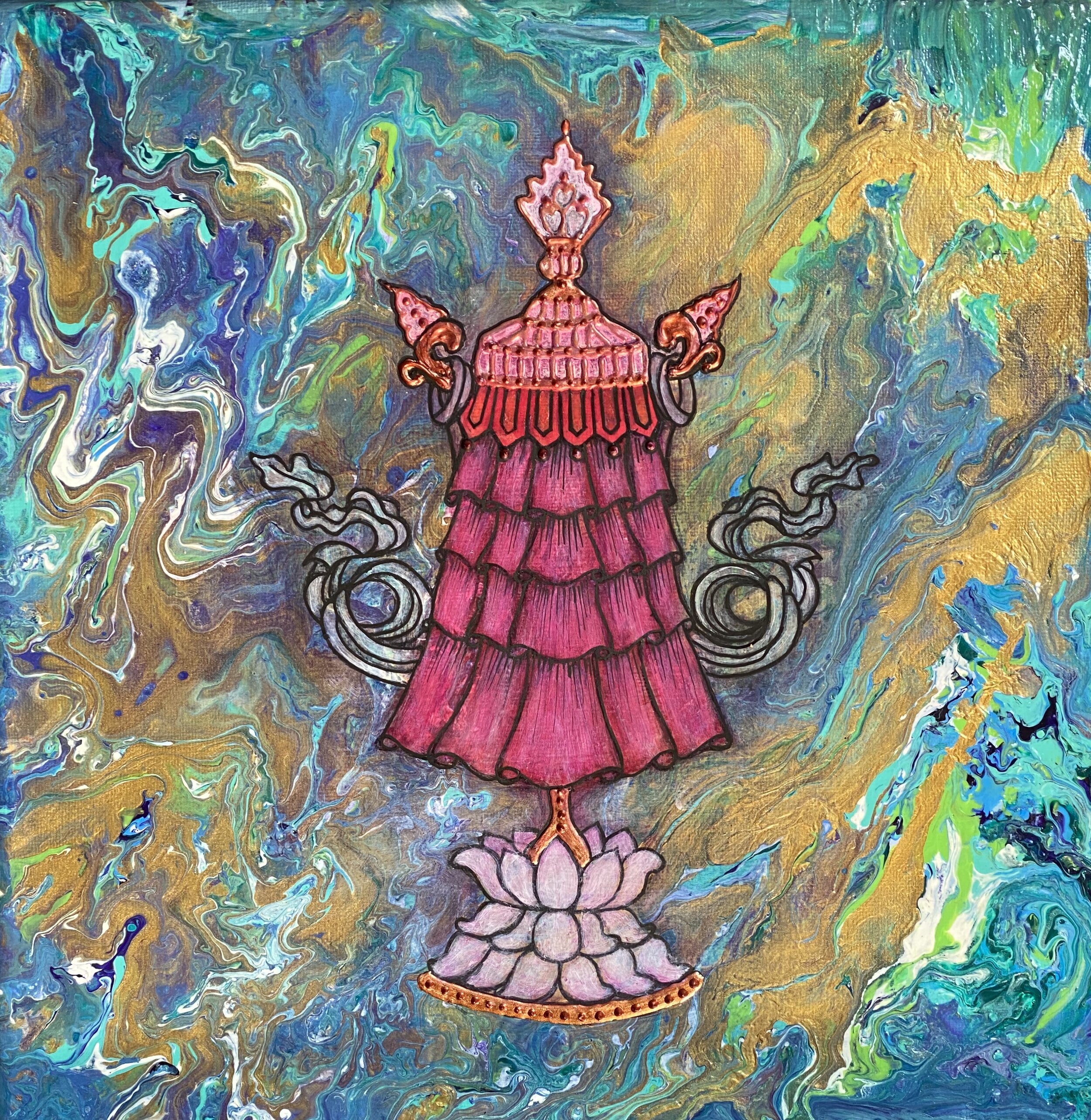
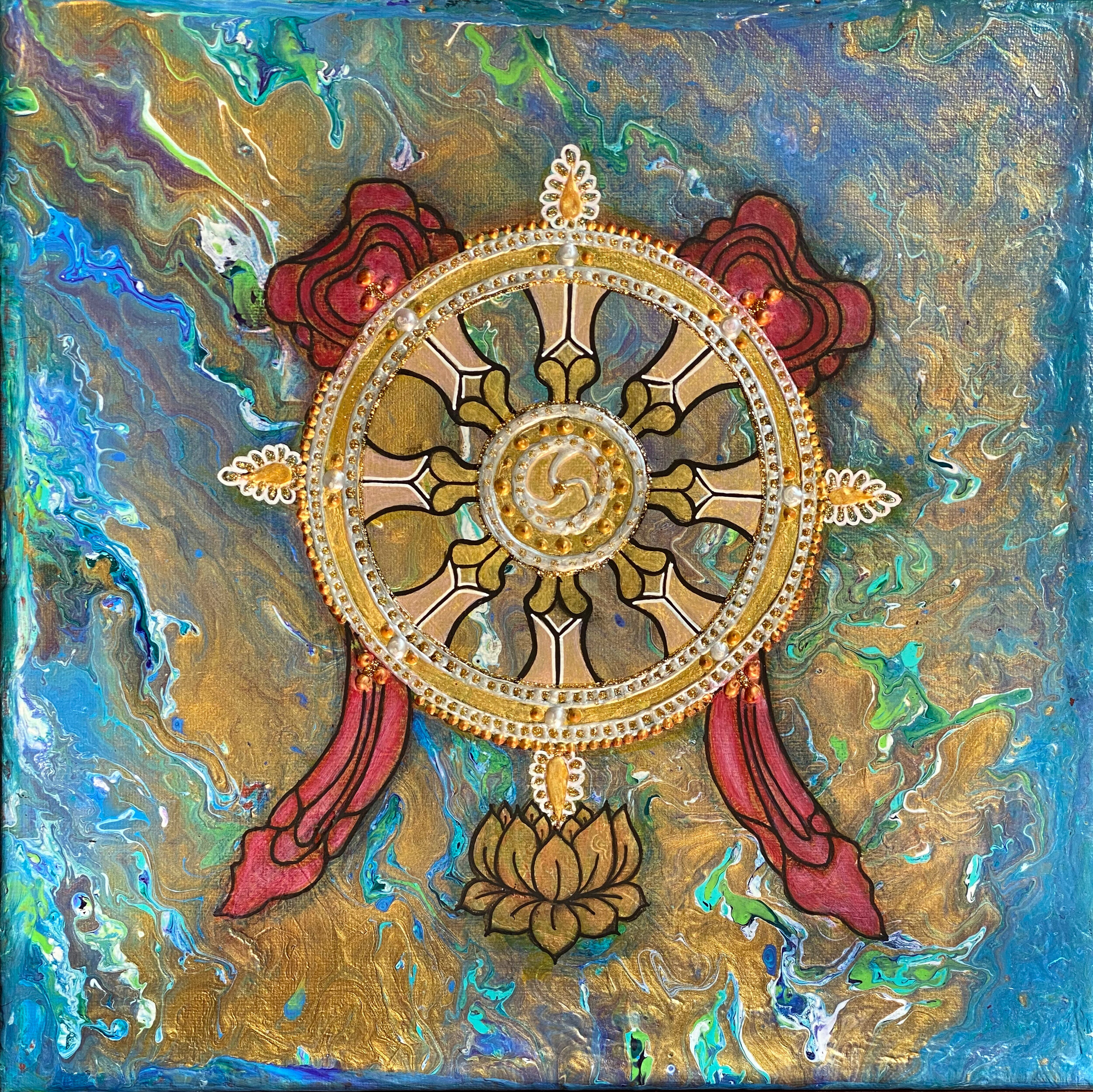
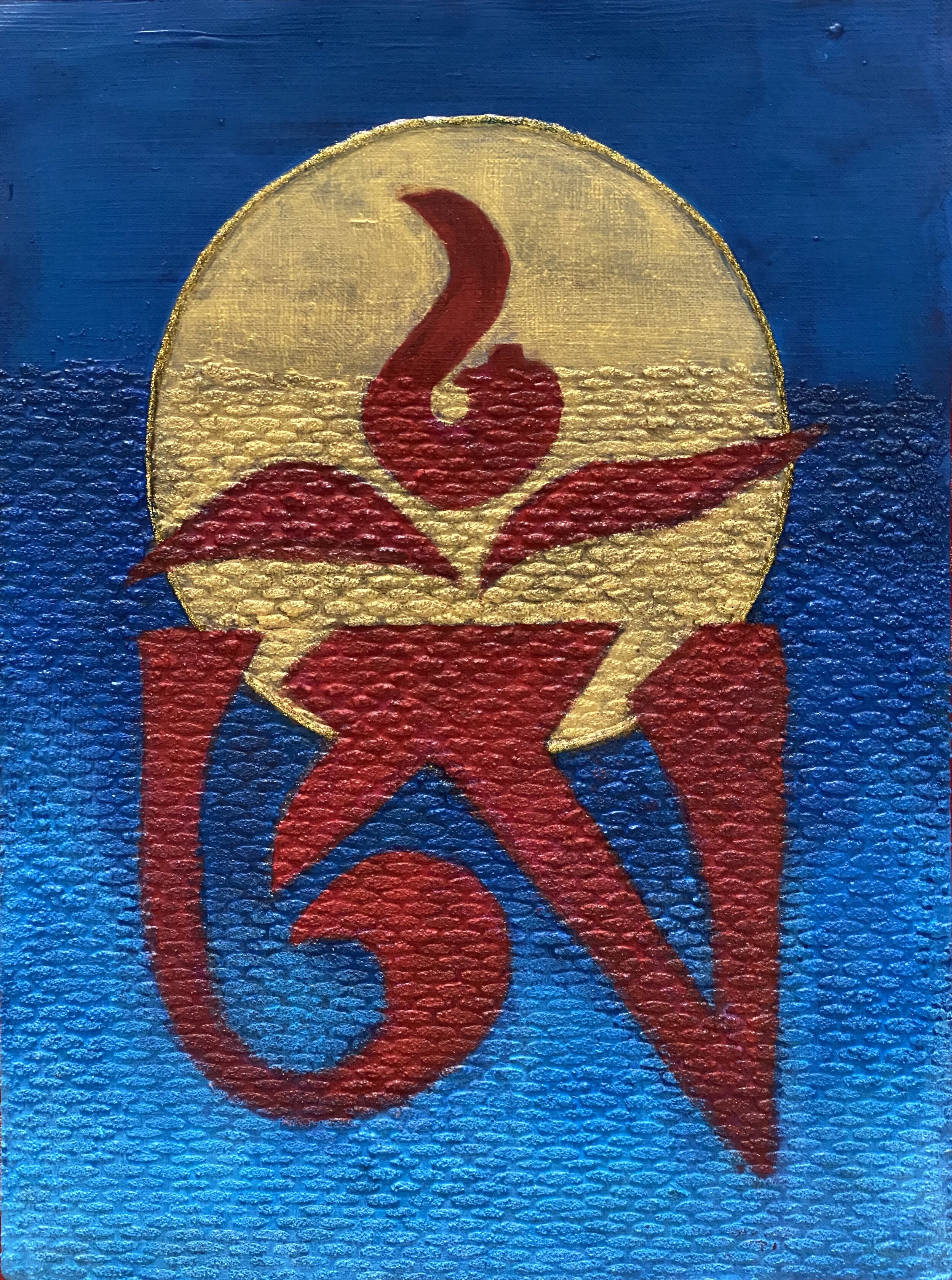

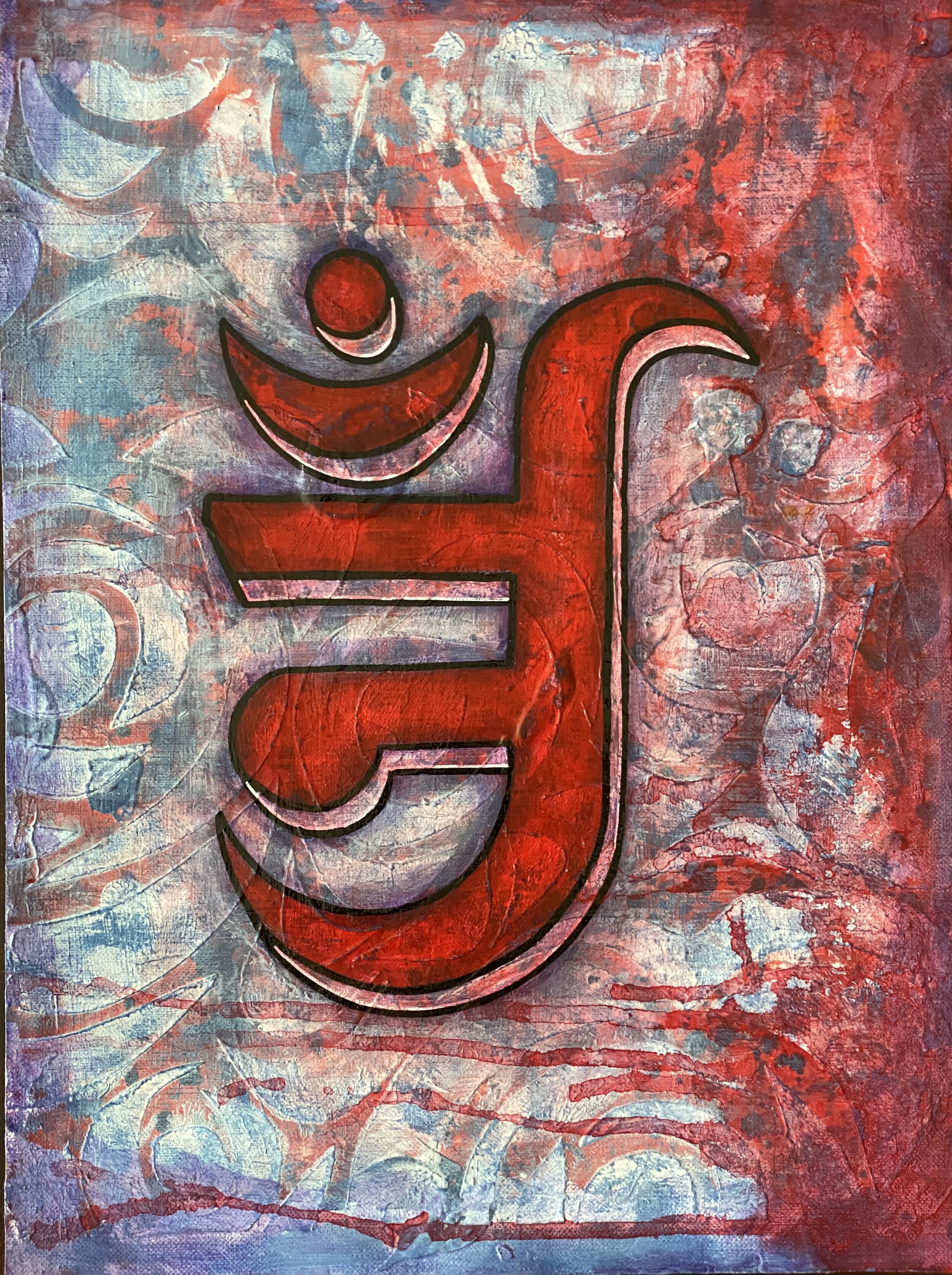
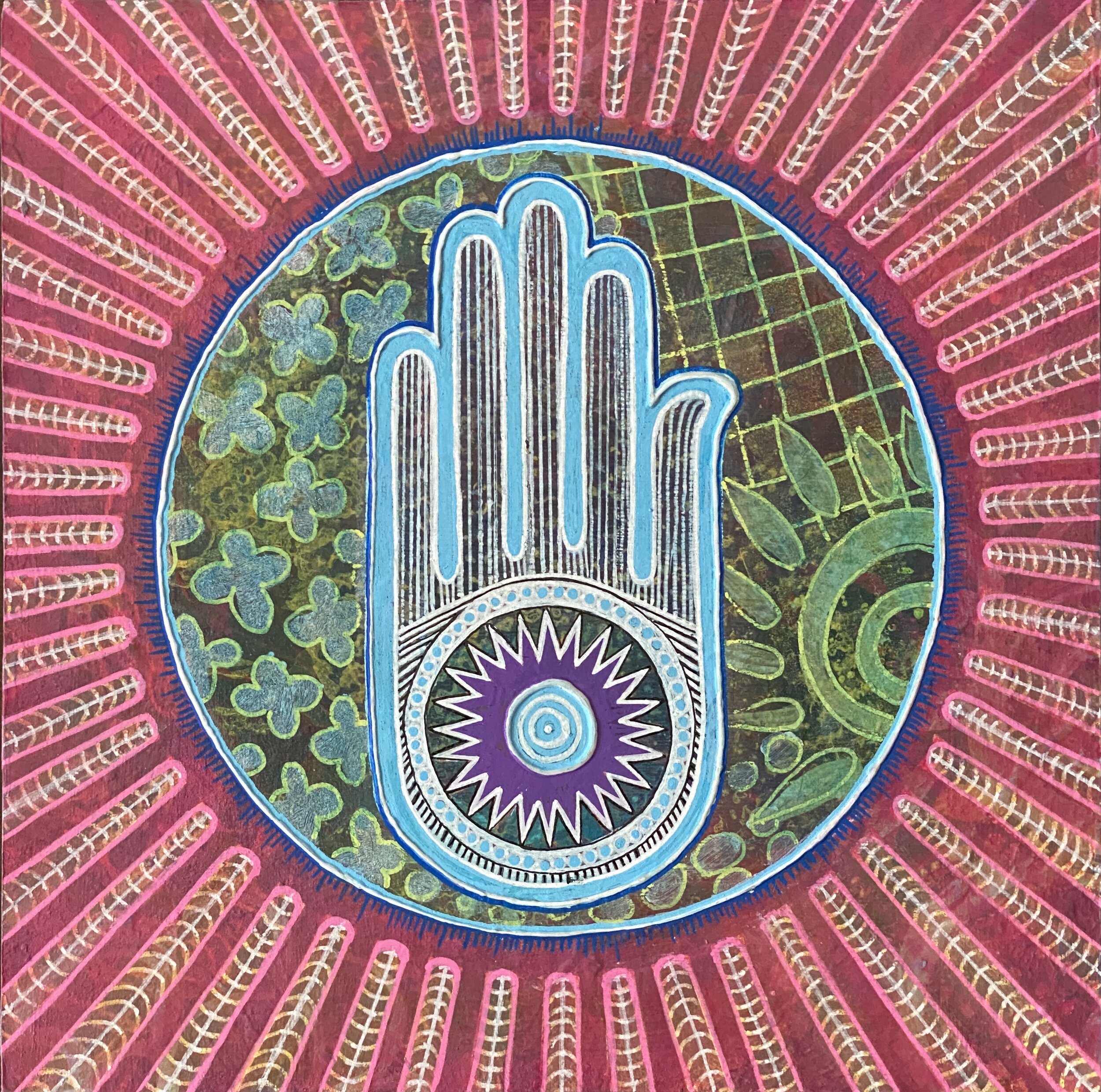
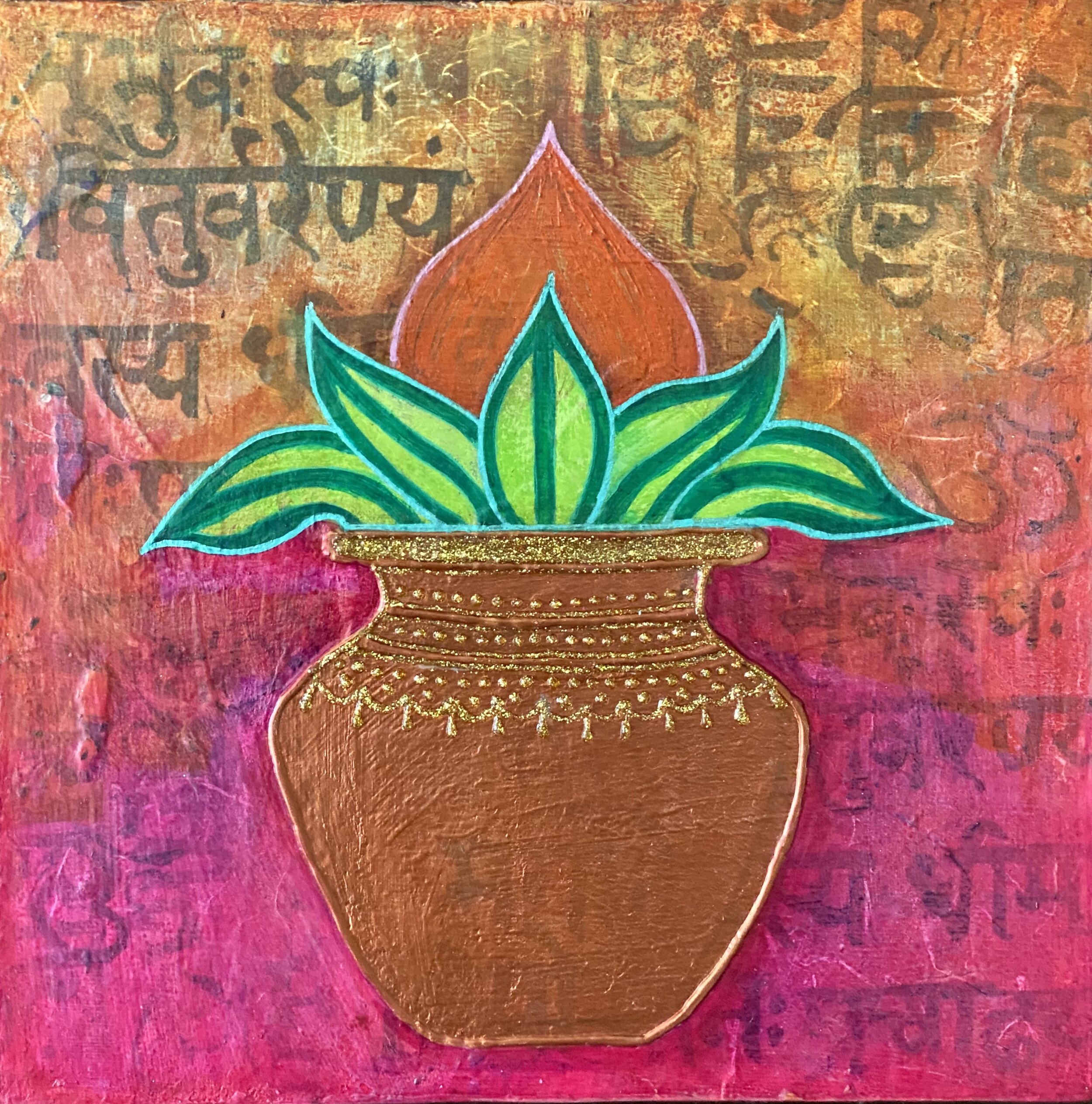
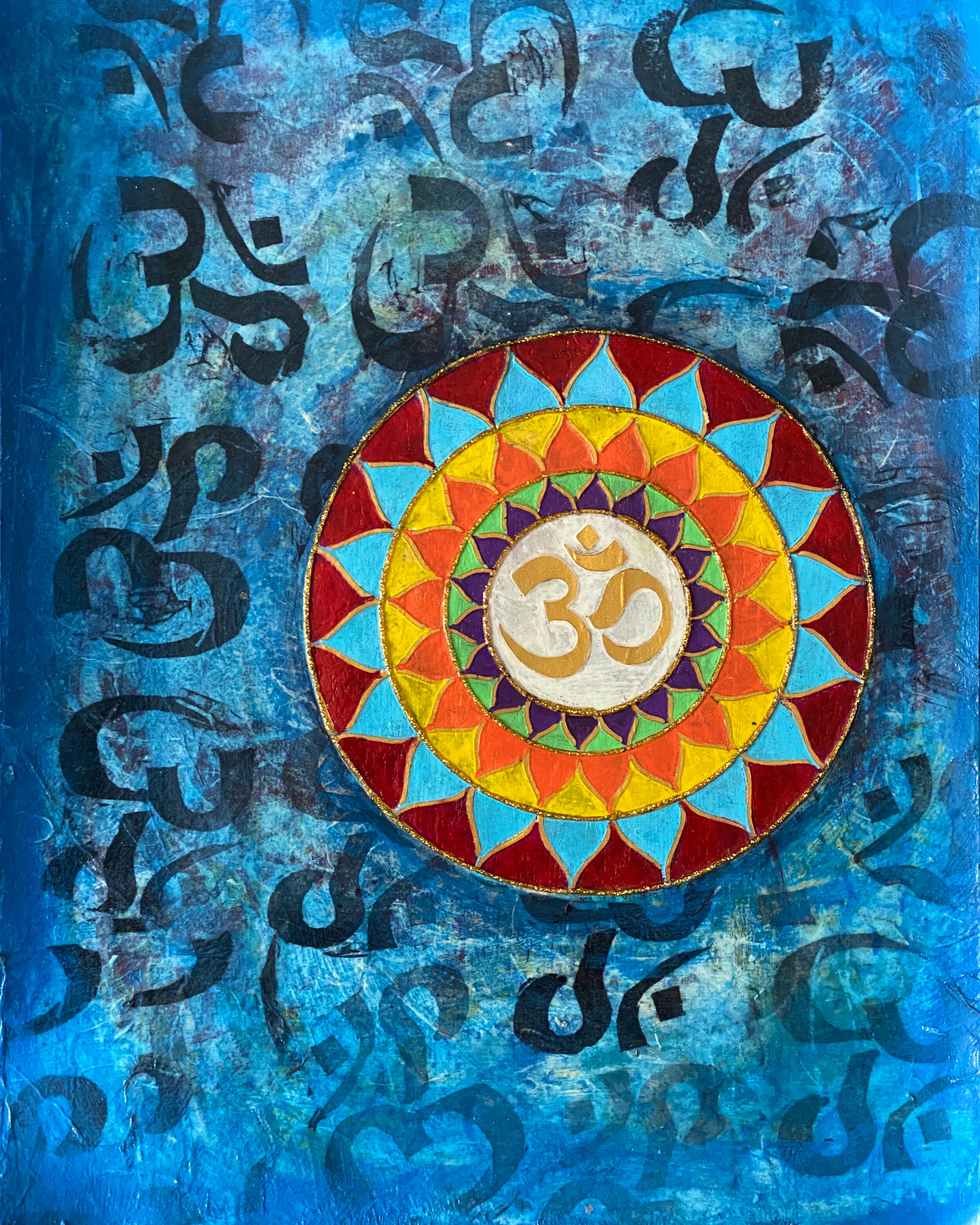
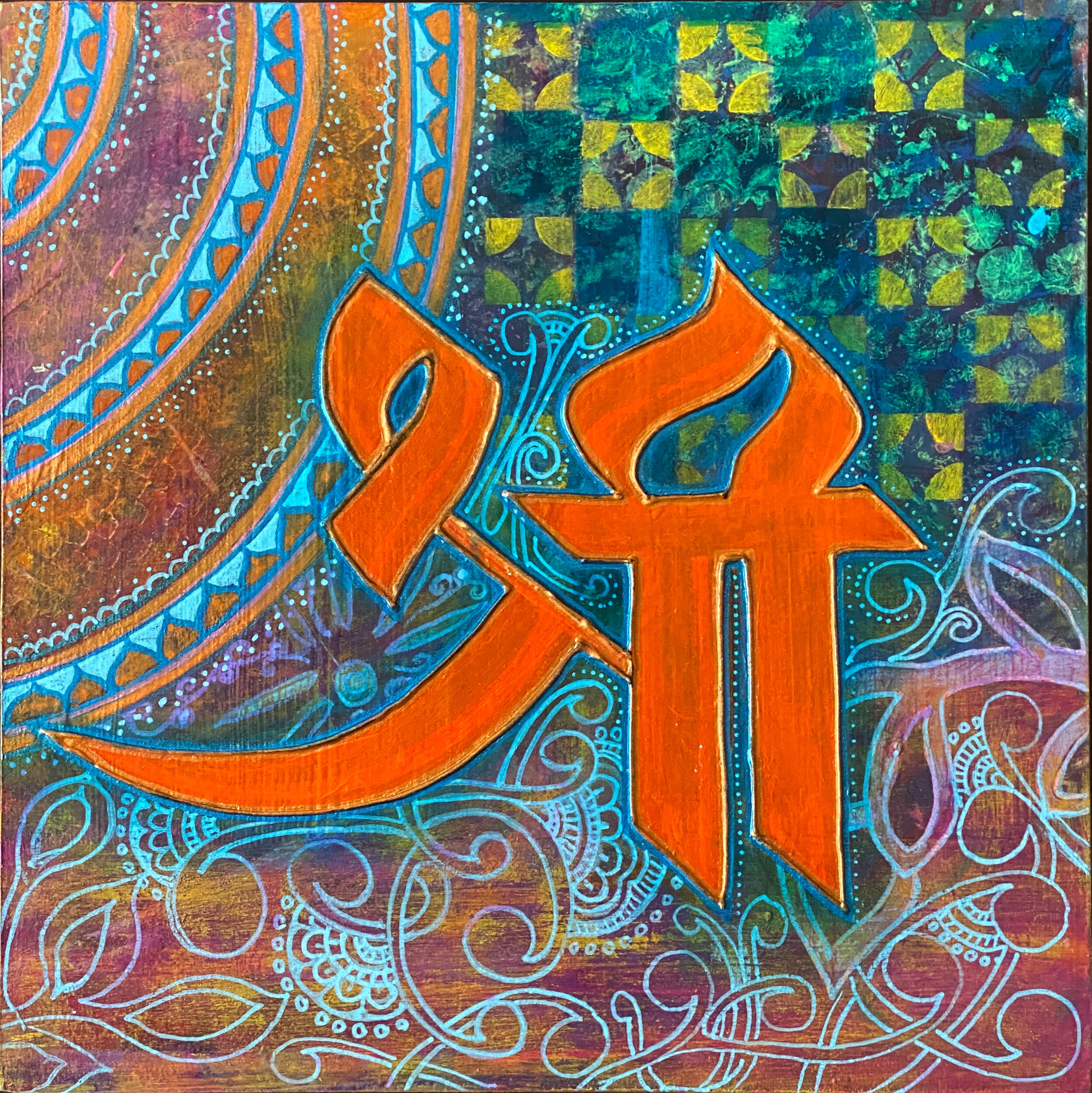
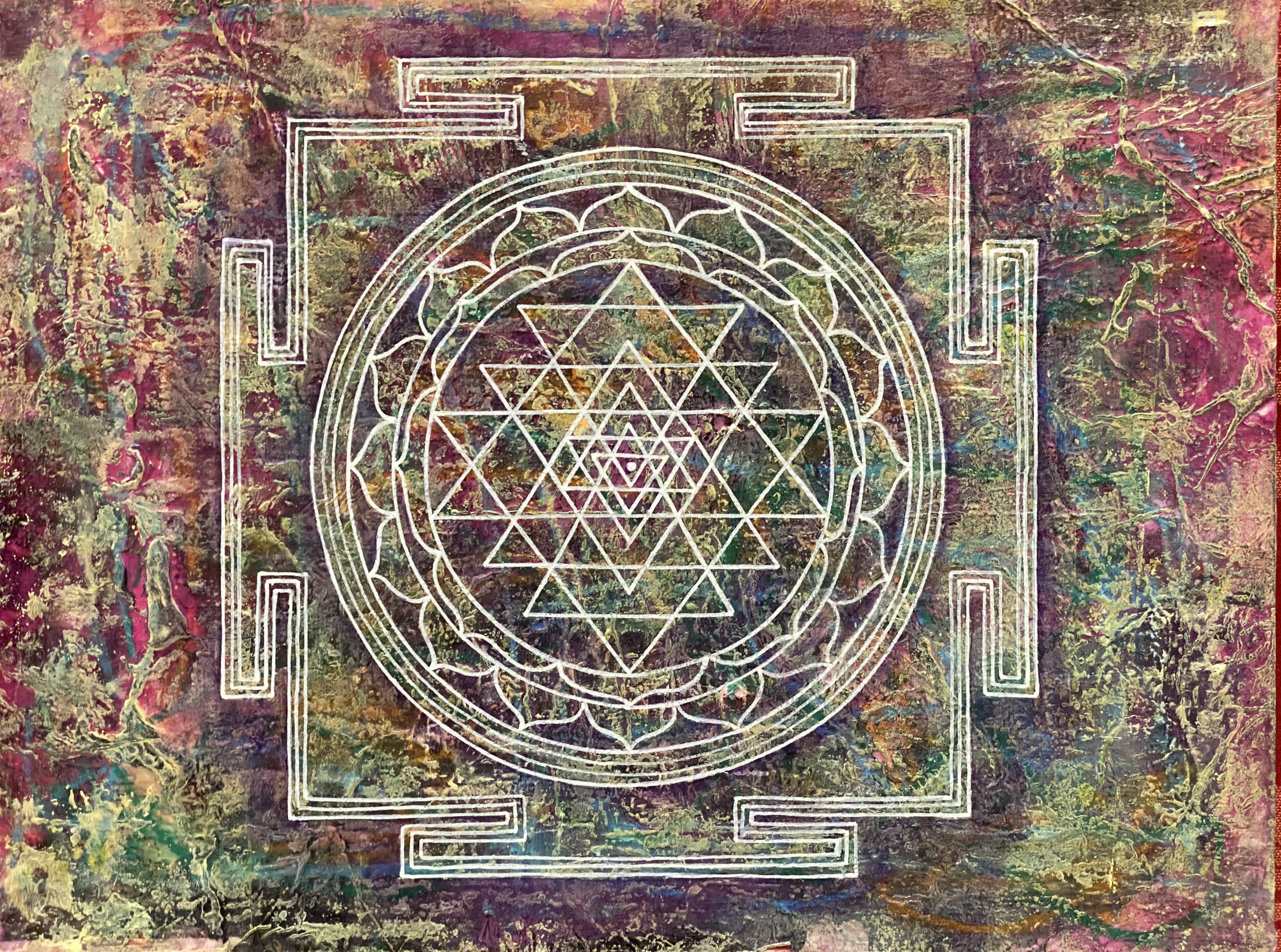

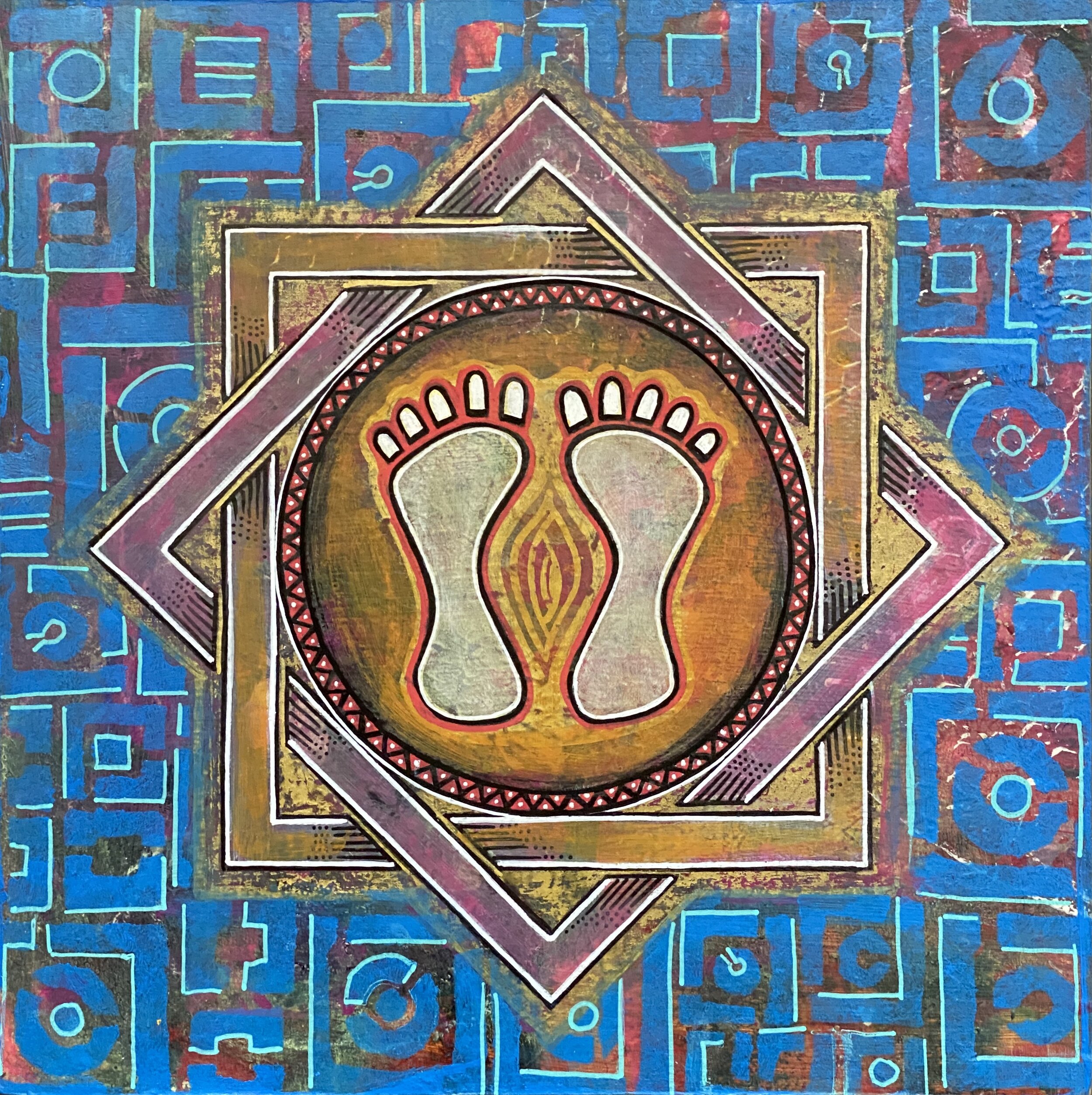
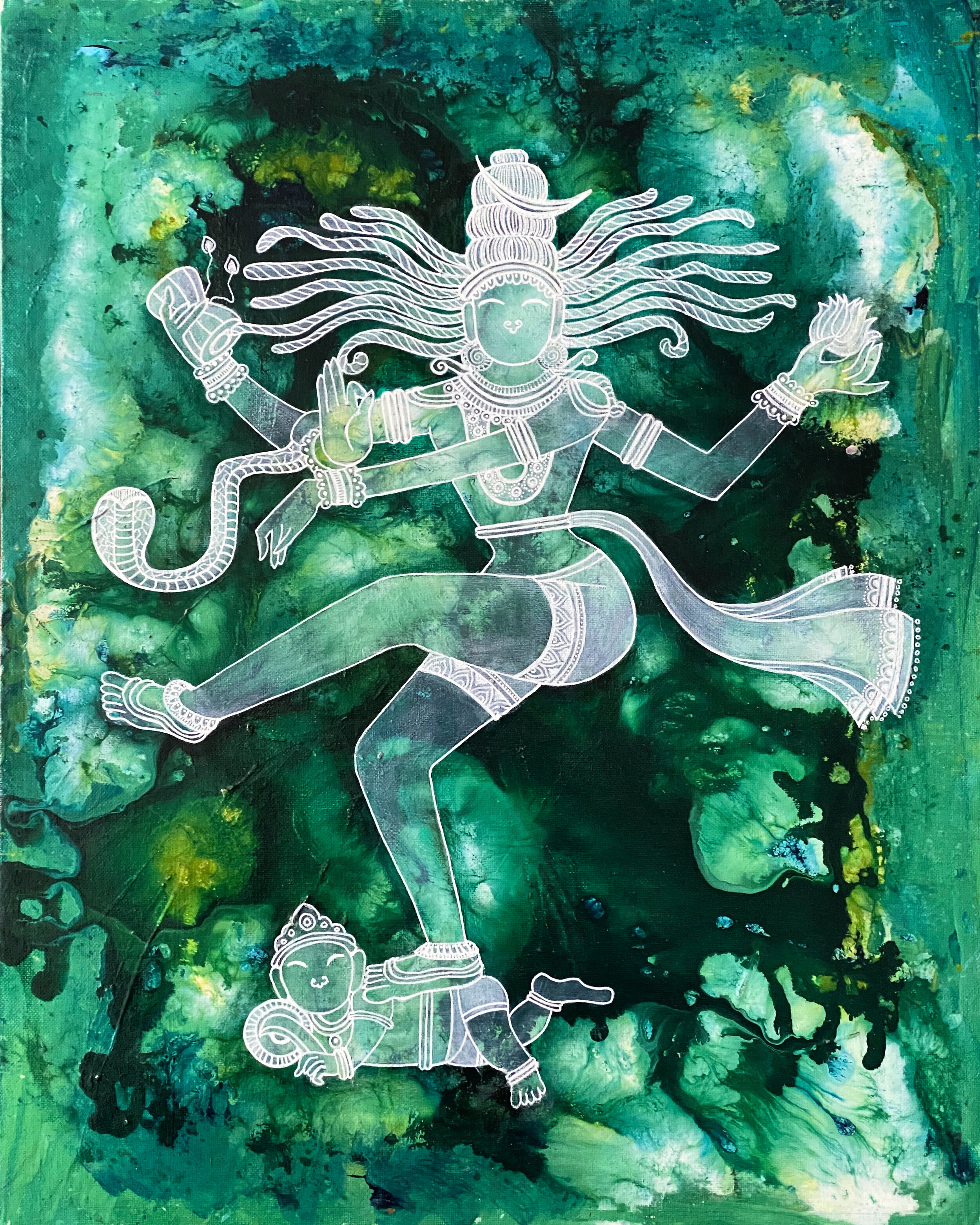


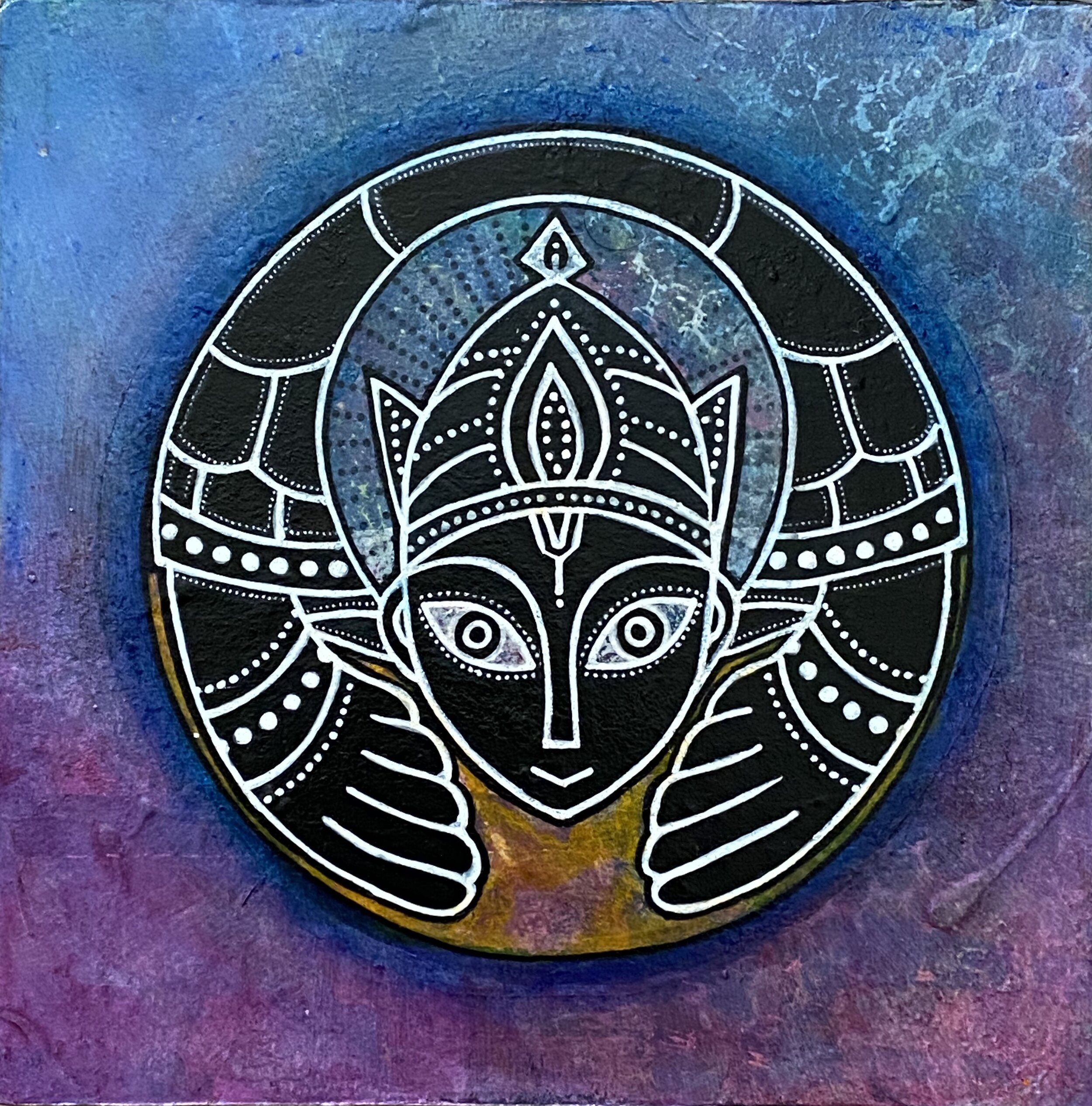
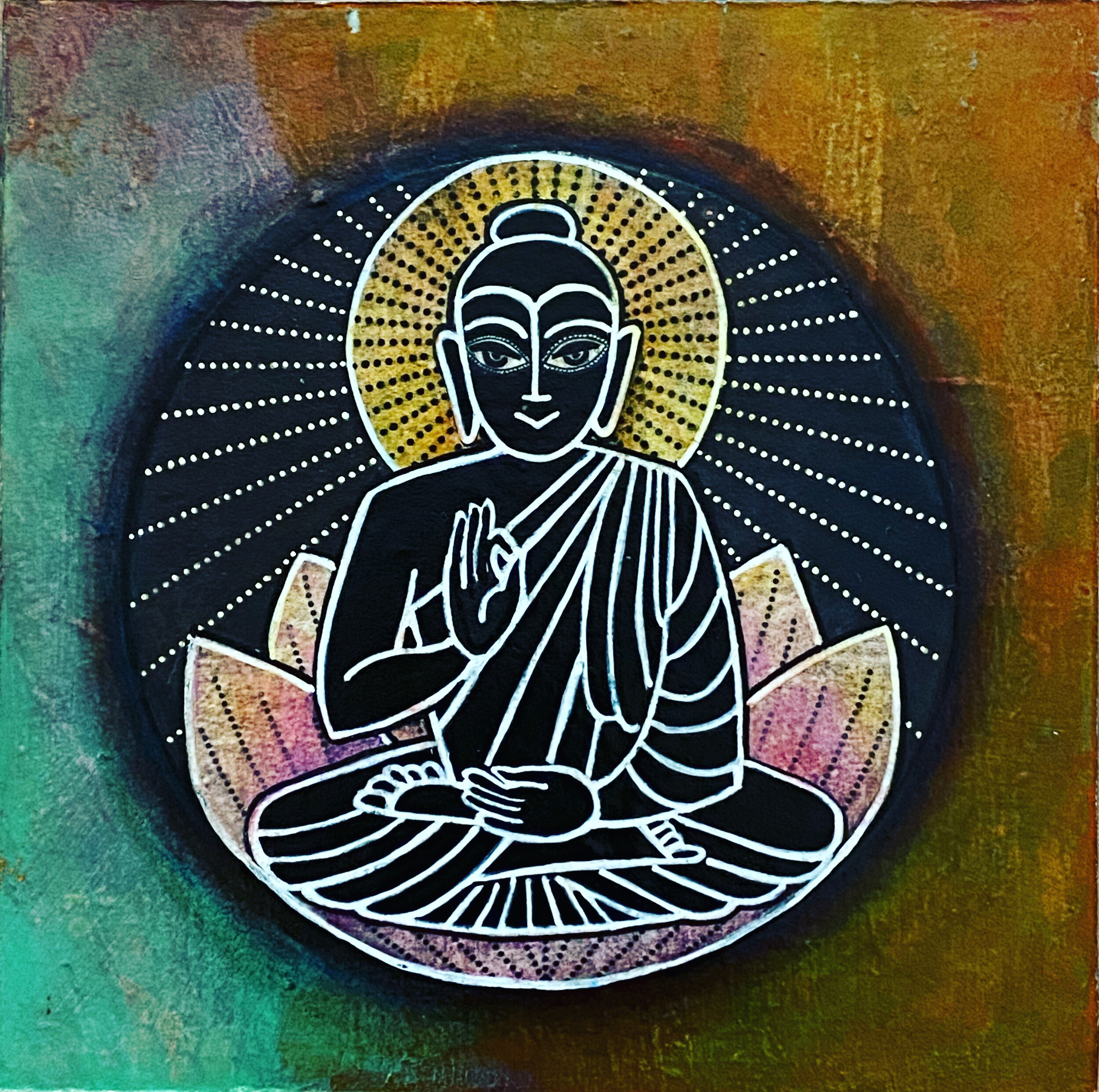
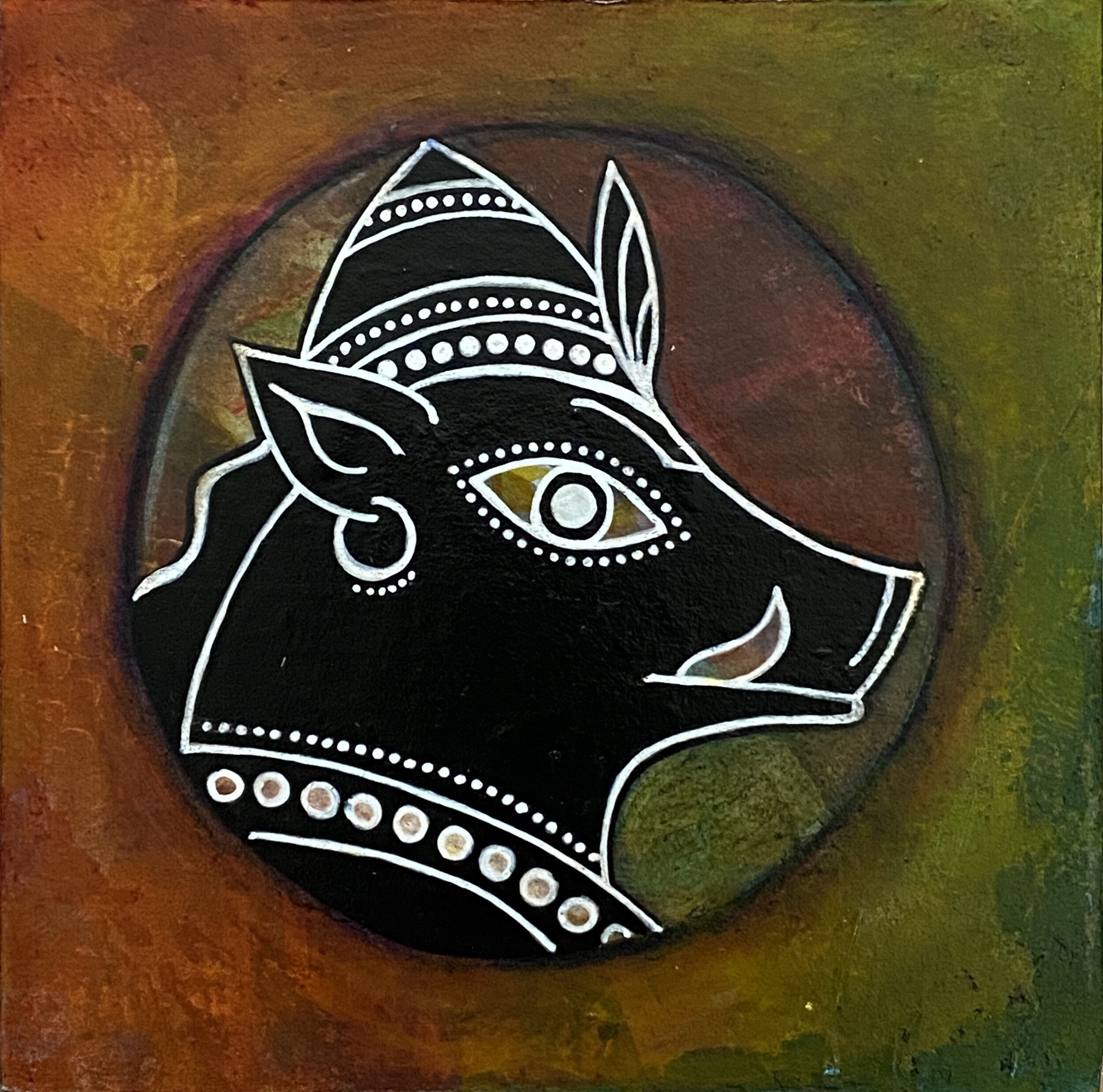
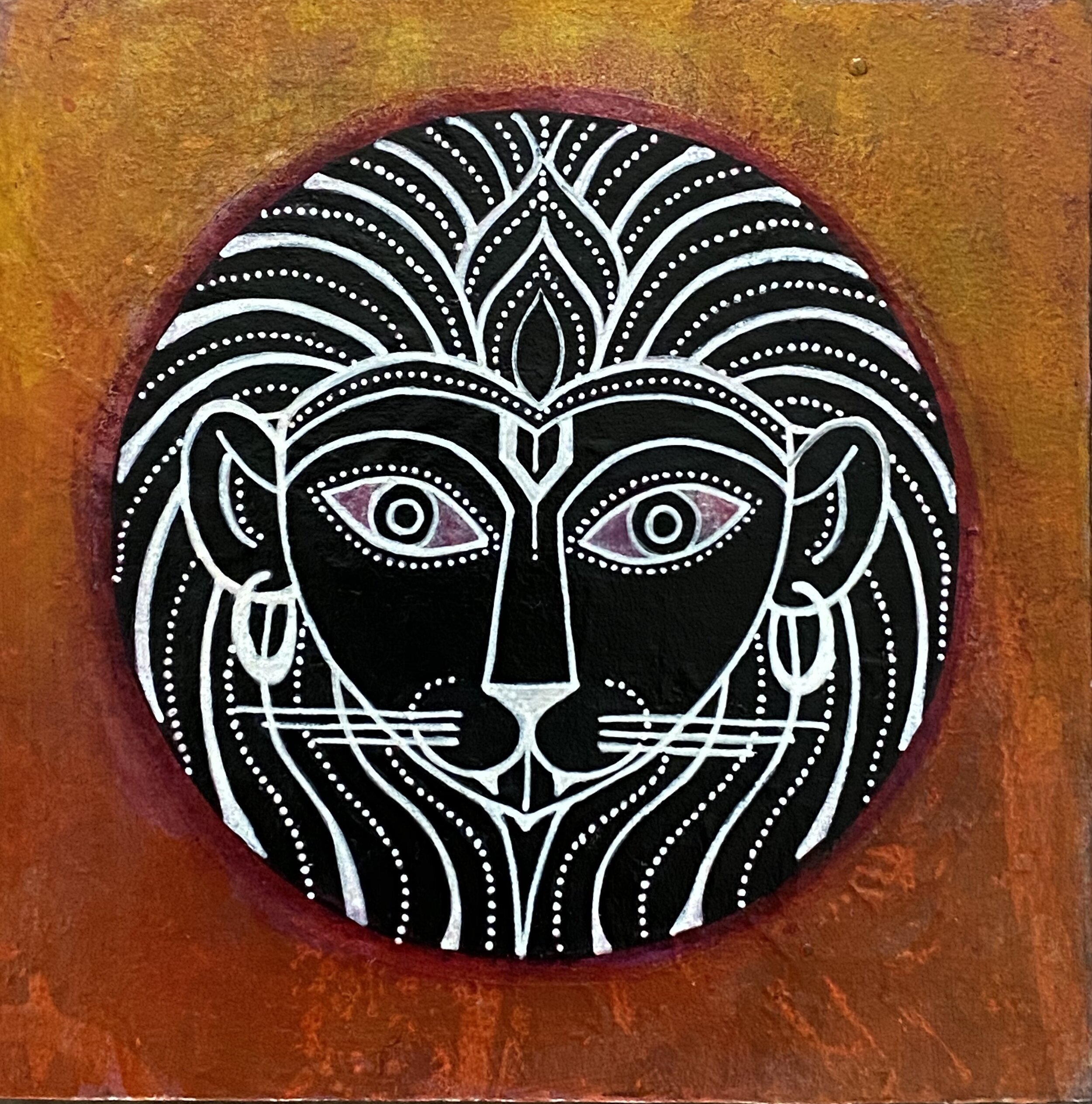
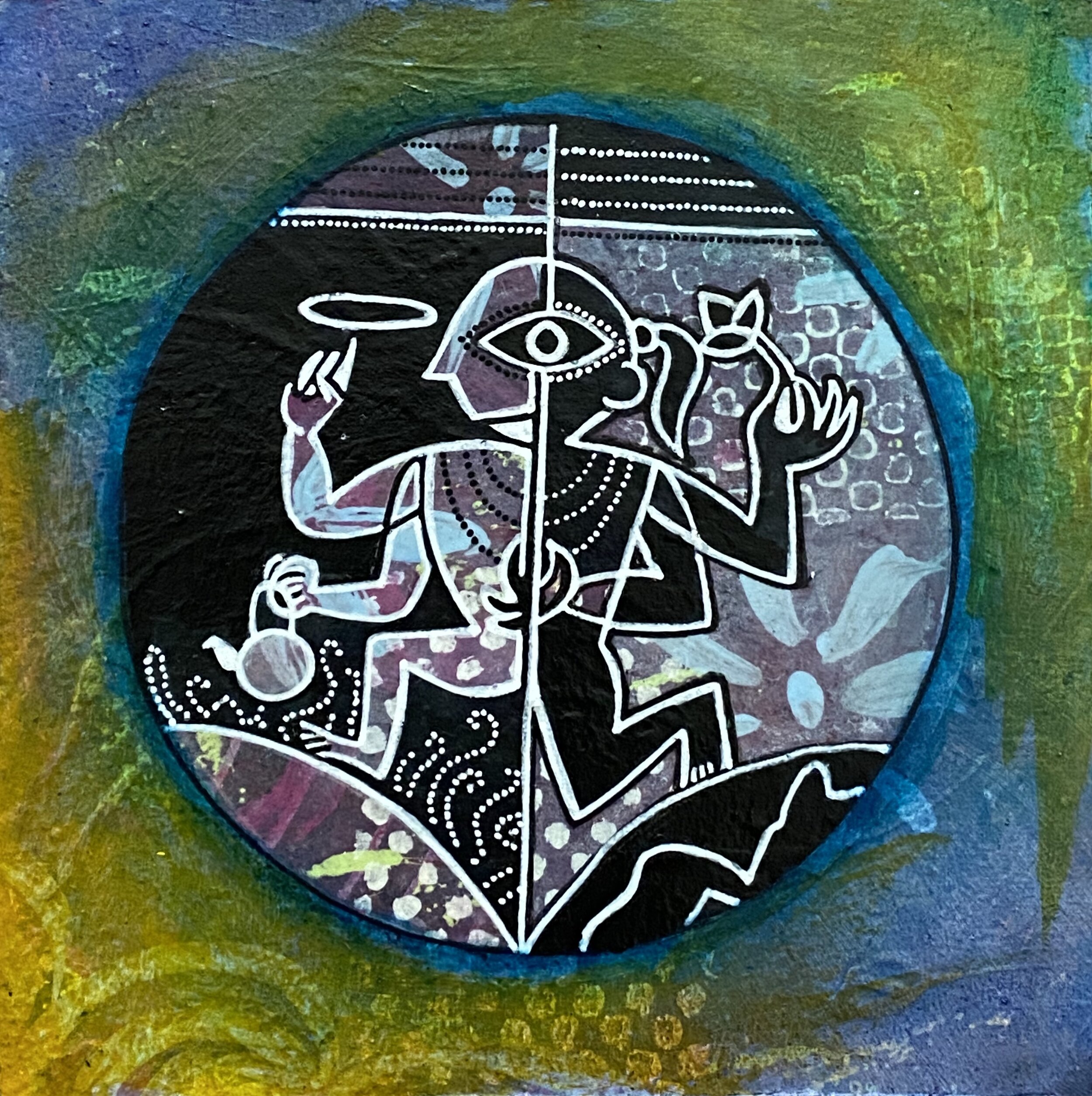
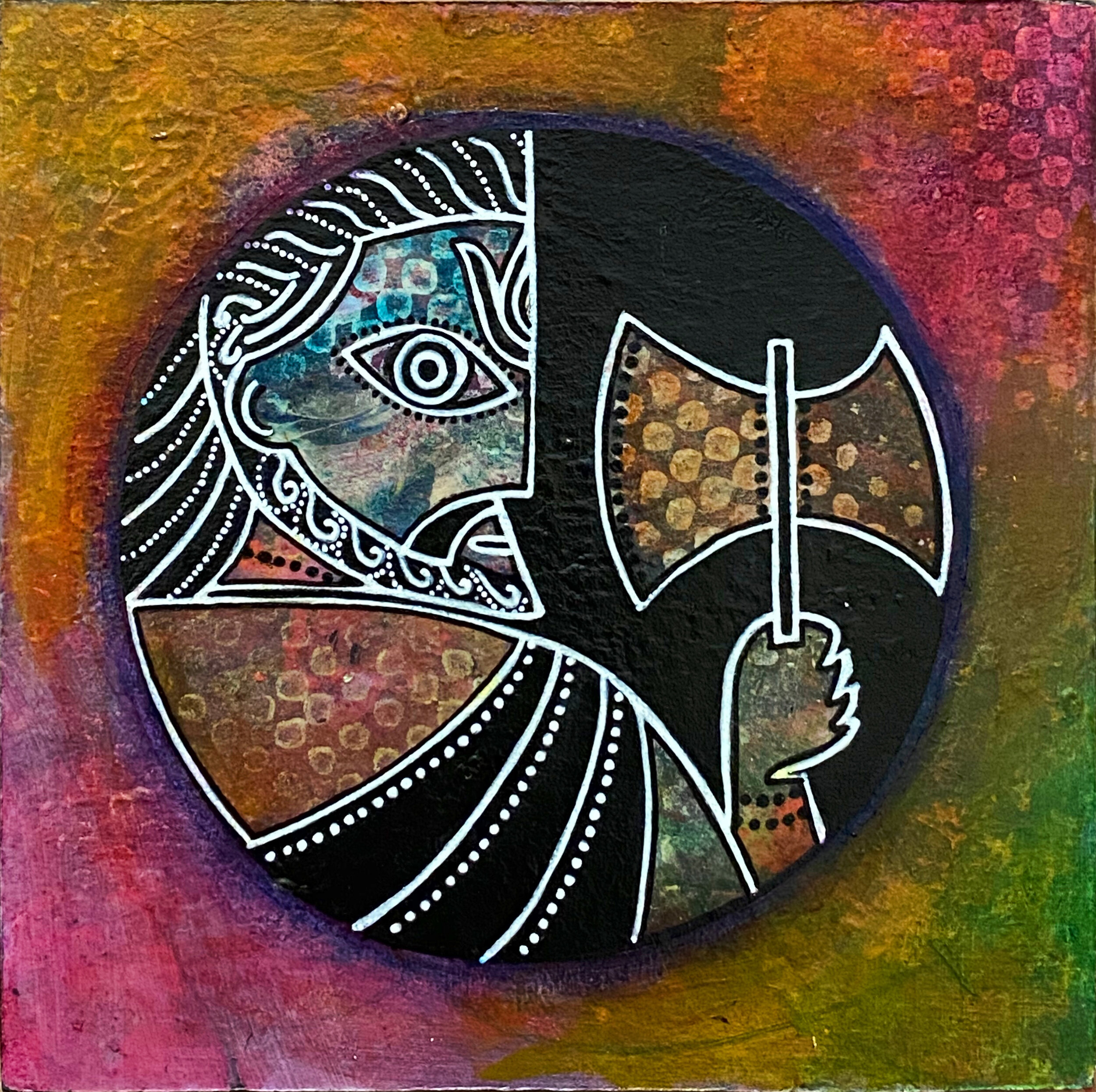
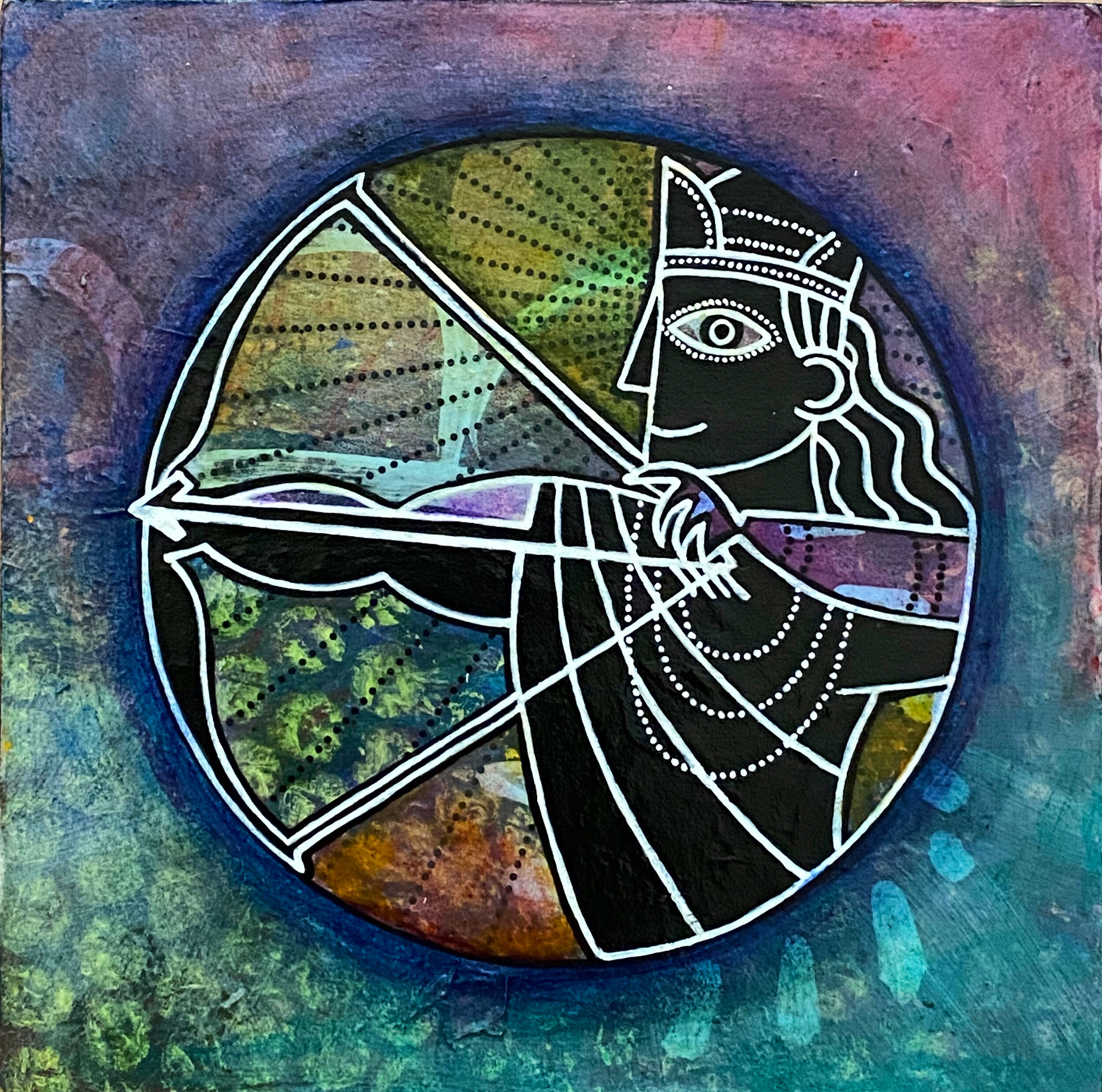

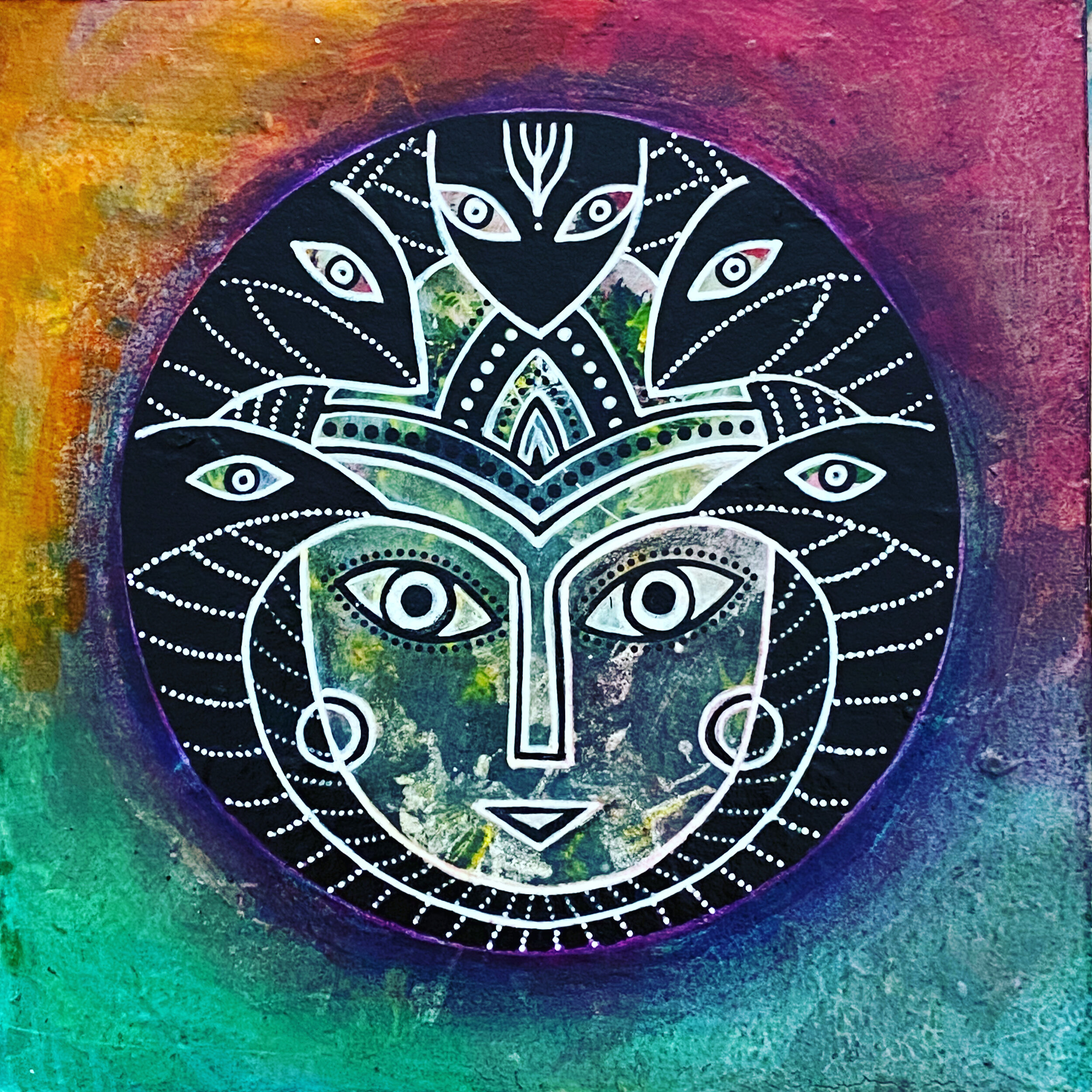


It means that which is one has no parts and is therefore indivisible. Number 1 is simultaneously a circle, center and the purest tone; The Primary unit or the ultimate unit. A Symbol of Unity, The One, The Great Spirit; God, Permanance;

The number 2 symbolizes duality and the principle of coming together with another. Two is the number of balance, but also the number of conflict and opposition. Without the number two, the positive and negative could not exist.
The double snakes of the Caduceus represent duality and the unification of polar opposites. As such, these double snakes speak of the balance and integration polarities in order to strike harmony and representThe number 2 symbolizes duality and the principle of coming together with another. Two is the number of balance, but also the number of conflict and opposition. Without the number two, the positive and negative could not exist.
The double snakes of the Caduceus represent duality and the unification of polar opposites. As such, these double snakes speak of the balance and integration polarities in order to strike harmony and represents healing. In the alchemist’s laboratory, the Caduceus means amalgamation of sulfur (male) and quicksilver (female) which signifies the unity of the polar opposites.The design itself has three parts: the central rod symbolizes alchemical powers and it signifies the connection between the spiritual and earthly world. The wings symbolize awareness of the divine and travel into the cosmic world.s healing. In the alchemist’s laboratory, the Caduceus means amalgamation of sulfur (male) and quicksilver (female) which signifies the unity of the polar opposites.The design itself has three parts: the central rod symbolizes alchemical powers and it signifies the connection between the spiritual and earthly world. The wings symbolize awareness of the divine and travel into the cosmic world.

Three was considered the number of harmony, wisdom and understanding. Heaven-human-earth, past-present-future, thought-word-action , Birth-Life-death, body-soul-spirit. The Triad being Male in some cultures and female in others like a tree bridges heaven and earth.

Four is the first product of procreation i.e. two twos therefore the Tetrad is a symbol of earth and the natural world. Number 4 is the number of stability, order and completion of justice. The number of order in the universe is 4—the four elements of earth, air, fire, and water; the four seasons; the four points of the compass; the four phases of the Moon. The Four Noble Truths epitomize Buddhism. Quatrefoil - the quatrefoil is the ancient symbol for good luck. The word is derived from Latin roots and means four leaves.

The number 5 has always been regarded as mystical and magical, yet essentially 'human'. We have five fingers/toes on each limb extremity, five senses - sight, hearing, smell, touch and taste. The Pentagram is a symbol of a star encased in a circle. The upward point of the star is representative of the spirit. The other four points all represent an element; earth, air, fire, and water. All these things contribute to life and are a part of each of us. A circle around a pentagram contains and protects. The circle symbolizes eternity and infinity, the cycles of life and nature.

The number 6 is a symbol of completeness and luck. Samsara or The Wheel of Life is the six spheres of existence that all are trapped in. 6 points in the Star of David, 6 lines of the Hexagram in Taoism (Iching). Symbolizing the ideal meditative state in Hinduism and magical ceremonies in occult practices, the hexagram can fit inside a perfect circle and is often associated with the heart chakra. The Seed of Life is a universal symbol of creation and is formed from a relationship of 6 circles around one.

7 is the Symbol of eternal life for the Egyptians: it symbolizes a complete cycle, a dynamic perfection. It also symbolizes every positive and valuable matter in existence like prosper life, happiness, renewal, and perfection. It is 7 days of a week, 7 wonders of the world, and 7 Colors of the rainbow, the Seven Dwarfs. The seven "chakras" - Muladhara, Swadhistana, Manipura, Anahata, Vishuddha, Ajna and Sahasrara.

Eight is a symbol of infinity and a constant flow of energy and power. Eight or "Ashta" in Sanskrit, it is the number of wealth and abundance. The buddhist 8-fold path of liberation. Slavic Protection Symbol - 8 pointed Star, the feminine Midnight Sun (Kolyadki) and the four circles representing two way doors (spirit, air, fire and water) with Earth circle at the center. It has magical meanings in Latvian folklore of the ancient understanding of the secrets of magical nature, the magical self in relationship to nature. If your bed sheets are covered with this symbols then bed sheet protects through the symbol the dreamer from any evil shadows.

Nine is the celestial number of magic, order, harmony and it represents the inspiration and the perfection of the ideas. Ancient stories speak of the nine worlds or levels of reality, nine lives of cats, being on cloud nine, the nine muses in Greek mythology and 9 Daughters of Aegir and Ran in Norse mythology, 9 represents Brahma the creator and many more. Nine Men's Morris is a strategy board game for two players dating back to the Roman Empire.

Ten is often referred to as a symbol of constant change and flowing energy. It represents the end of a cycle and the beginning of another and ten was regarded as being the number of the life and the death for the Mayans. Ten is associated with law and judgement symbolized by the ten commandments which give man guidance to rights and wrongs in the Bible. Dashavataar or 10 incarnations of Vishnu the Preserver in Hinduism. The 10 Sephiroth in the Jewish Kabbalah’s Tree of Life - “It is a tree of life to all who grasp it, and whoever holds on to it is happy; its ways are ways of pleasantness, and all it paths are peace.

An ancient Celtic symbol, the triquetra is considered one of the oldest; dating back to as early as 500 BC when it was used to symbolize the triple goddess (maiden-mother-crone). Over the centuries it has become the symbol for the Holy Trinity among Christians in Ireland. The symbol is often used to represent the 3 fundamental elements – air, water, and earth or the infinite cycle of life. It is also known as a rune of protection. The Triquetra first appeared in The Book of Kells from the ninth century. It is a symbol of eternity, unity and hope. The three interlocking ovals have come to represent different trinities. Some believe that they represent the past, present, and future; the earth, sky, and sea; life, death, and rebirth, and more.

The Triple Goddess is a deity or deity archetype revered in many religious and spiritual traditions. The triple crescent moon is a symbol of the Triple goddess in the Wiccan religion where the symbol represents the three stages of womanhood – mother, maiden, and crone. Celtic symbolism believes they represent the three Fates – birth, life, and death. The most prominent ancient Greek Triple Goddesses were Diana and Hecate were both represented in triple form from the early days of their worship. Triple Goddesses in Hinduism Tridevi made up of Saraswati, Lakshmi, and Parvati (Kali/Durga)

Borromean Rings were symbols for strength in unity. They are composed of three circles interlocking each other, forming a Brunnian Link which means that if one were to cut or take away one ring, the other two would fall apart.
In Christianity this symbol represented the unity and characteristics of the Holy Trinity therefore they are also known as Trinity Rings.
Borromean Rings can also represent the karmic laws of the universe and the interconnectedness of life. Just like the Butterfly Effect, one should expect a reaction out of every action made. Even branches of Science and Mathematics have used the Borromean Rings as a model to explain the universe, through Geometry and Molecular Architecture.

The triceps triangle, formed of three diamonds (Earth Diamonds), is one of the most powerful ancient symbols, especially known as an ancient Nordic symbol of divine force, power and protection. This symbol is thought to invoke powers of earth, weather and also enhances prosperity. Each of the four-sided element represents the full extent of the elements: Fire, Earth, Air, Water. The combination of all leads to the wholeness of nature and the universe. There are variations of this symbol in early Celtic history too, which may point to the three phases of existence: Life, Death, Afterlife. Also known as the triple alpha symbol it dives into the concept of creation. The Alpha is the first letter in the Greek alphabet. As such, it stands for the beginning of life. The other features of the symbol speak of consequential stages of life. Together, they represent the same in Greek myth as Celtic: Birth, Death, Beyond.

Derived from the Greek word "Triskeles" meaning "three legs", the Triskelion or Triple Spiral is a complex ancient Celtic symbol. The 3 interlocked spirals they represent eternal motion and the Celtic belief that time is cyclical and is associated with the earthly life, afterlife, and reincarnation. One of the oldest Irish symbols in existence, it appears on the Newgrange kerbstones, which date from approximately 3200 BC and feature prominently in both ancient and modern Celtic art, as they evoke the Celtic interpretation of the three realms of material existence: earth, water, and sky (and all their interconnections). The symbol is also thought to represent the three worlds: spiritual, physical, and celestial. It also appears in Celtic archaeological sites in the north of Spain and Portugal. Another variation to this is that the Triple Spiral is also related to the Sun and a spiral represents the movement of the Sun in three months. Therefore, the Triple Spiral denotes nine months and is considered a symbol of pregnancy.

Valknut, or “knot of the slain,” and it has been found on stone carvings as a funerary motif, where it probably signified the afterlife. This symbol is found in art depicting the God Odin, where it may represent the gods power over death. Some versions of the Valknut can be drawn unicursally (in one stroke), making it a popular talisman of protection against spirits.
The Valknut’s three interlocking shapes are suggestive of related Celtic symbols of motherhood and rebirth- it may have been a goddess symbol at some point in history. The nine points suggest rebirth, pregnancy, and cycles of reincarnation. The number nine also suggestive of the Nine Worlds and the nine fates of Norse mythology. Their interwoven shape suggests the belief of the inter-relatedness of the three realms of earth, hell, and the heavens, and the nine domains they encompass. The Valknut is also an important symbol to many followers of the Asatru religion, who often wear it as a symbol of the faith.

The three circles that make up the Piscis Eye Trinity are also part of the Vesica Pisces symbol. It can be understood as representative of the different moon cycles: waxing, full, and waning. Sacred in various Neopagan and Goddess traditions, the Piscis Eye Trinity is a powerful, ancient symbol that depicts the sacred trinity and the all-seeing eye. The Vesica Pisces is composed of two spheres with the same radius, which intersect within each other’s circumference. The name of this symbol, when translated literally from Latin, means ‘bladder of a fish.’ This symbol figures prominently Pythagorean history and is considered a holy figure because the ratio of its width to its height was believed to be 165:153 or 1.73203—a holy number. It should be noted that the number 153 is written in the Gospel of John as the number of fish that Jesus miraculously caught. Because of this, some believe that it is the symbol for Jesus Christ (ichthys).

Spirals are one of the oldest geometric shapes in ancient artwork dating back at least to the Neolithic period thousands of years before writing. The spiral represents the universal pattern of growth and evolution. The spiral represents eternity and continuity. The spiral in nature appears frequently. It is a symbol that represents innocence, rebirth, and the eternal. The Taínos often depicted a spiral symbol, which represented cosmic energy and sweet water. Years later, psychologist Carl Jung said that the spiral is an archetypal symbol that represents cosmic force. The Spiral is also a sacred symbol that represents the journey and change of life as it unfolds. In fact, if you look at pure energy under a microscope you will see that energy forms spiral patterns.

The double spiral is seen as a symbol of balance as well as a sign of the equinoxes. Some suggest the spiral represents the sun and the double spiral the sun’s journey over the course of the year. his is a sacred symbol of the Celtic goddess Epona. She is a horse goddess of Earth. Epona was invoked during the equinoxes (Autumn and Vernal) to bring about smooth passage of the seasons. These two seasons can be unsettling as they unfold upon the earth. As an overseer of the two equinox, Epona releases her power during these times to help insure easy transition during these times. Aside from being a notable Celtic goddess symbol, the double spiral also holds a profound personal meaning for mortals. Each end of the spiral expresses a polarity. For example: Left vs Right, Night vs Day, Death vs Life, Moon vs Sun, Good vs Evil, etc. The reality of polarity is perhaps one of the must crucial ideals in symbolic conveyance. Indeed, the entire universe is elegantly perched on polar or opposite energies. There cannot be a push without a pull. There cannot nighttime without daytime. Therefore, this double spiral is perfect symbol that portrays the balance between opposite influences.

One of the most beautiful water creatures is the Nautilus, a cephalopod encased in a gorgeous shell, which features the best natural example of a logarithmic spiral. It is also considered as a symbol of strength since this shell can withstand very high pressure. This is why the Nautilus is the only shell that managed to survive past the dinosaur era—the exact reason why it is often referred to as a ‘living fossil.’
It is a symbol of nature's grace in perfection, beauty, growth, expansion, and renewal. It is also a symbol of order amidst chaos as reflected in its spiral precision. Each chamber of the Nautilus follows the Fibonacci sequence, with the shape of the shell approximating a Phi spiral, which is considered an important aspect of Sacred Geometry. The Nautilus also represents the golden mean: 1.6180339…, which goes on until infinity.

The Ouroboros is one of the world’s most ancient mystical symbols, having appeared in Egypt as early as 1600 BC. It was adopted by the Phoenicians and later the Greeks, who gave it its name where Oura means tail while Boros is translated as eating. Taken together, it means “tail devourer” or “one who eats the tail”. As a symbol, it depicts a serpent consuming its own tail. Over the centuries it has been subject to several interpretations by different cultures. One is that it represents the Universe’s eternally cyclic nature, which creates life out of destruction. In alchemy, it symbolizes the continuous renewal of birth and death that alchemists struggle to break free from. Gnosticism and Hermeticism also hail the Ouroboros as representative of cyclical natural life and the unity of opposites. Gnostics, in particular, regard it as a sign of the transcendence of duality and a connection to Abraxas, the solar god. The mathematical symbol for infinity is said to be derived from this version of Ouroboros, with the serpent looped once before consuming its own tail. The Ouroboros also appears on numerous examples of Masonic imagery, particularly during the 17th century.

Lauburu is a traditional Basque hooked cross with four comma-shaped heads symbol that is believed to be representative of the Basque identity, culture, and unity. In the Basque language, Euskara, it literally translates to ‘four (Lau) heads (Buru) and is an ancient symbol of prosperity, but it lends itself to several interpretations that have religious, cosmic, philosophical and naturalistic meanings. Some intellects associate it with the Christian Cross and believe it to symbolize the eternal circle of life. As a sign of mankind, the four heads of the Lauburu are said to be indicative of the four states in which man exists, namely physical, mental, emotional and perceptual. It represents the four fundamental human elements – Form or Density, Life or Vitality, Sensibility, and Conscience. According to another interpretation, the symbol is believed to correspond to the four cardinal directions. It is also supposed to indicate natural phenomena like the four essential natural elements, and the revolution of the Earth around the Sun that results in the four seasons. The vertical heads of the Lauburu are also called sunset and considered as symbolic of the elements of water and fire. The horizontal heads are called sunrise and represent the elements of earth and air.

The Merkaba is an extremely powerful sacred geomety symbol. It is a combination of two star tetrahedrons - one pointing up to the heavens, channeling energy down from the Universe to the earth plain, and one pointing downwards, drawing energy up from the earth beneath. The top, or upward pointing tetrahedron is male and rotates clockwise, with the bottom or downwards pointing one being female, which rotates counterclockwise.The word Merkaba is actually composed of three separate words: Mer, which means light, Ka, which means spirit and Ba, which means Body. Put together, these three words connote the union of spirit with the body, surrounded by light. The symbol, which takes the shape of a star, is believed to be a divine vehicle made entirely of light and designed to transport or connect the spirit and body to higher realms. Ancient Jewish texts reveal that the word is also the Hebrew for a chariot, and the Bible reveals that the word Merkaba itself is found in the Old Testament a total of 44 times. Merkaba's intersecting tetrahedrons that spin in opposite directions, creating a 3-dimensional energy field that surrounds each person. Some believe that even planets have this Merkaba energy field around it. Used in meditation, the Merkaba can become a source of power and enlightenment. It can help a person realize his full potential and connect with the goodness in him, as well as the higher being. This field of light, love, and goodwill can also extend to others, thereby enveloping them in the same healing energy.

The Vegvisir, also known as the runic compass or the Viking compass/Nordic compass made of eight Viking rune staves, is a symbol of protection and guidance believed to be used as a compass by Vikings. The word vegvisir means ‘wayfinder’ and ‘sign post’ in Icelandic language. It is believed that the eight Viking rune staves comprising the Vegvisir could be representing the cardinal (North, South, West, East) and intercardinal directions (Northwest, Northeast, Southwest, Southeast).
There are two sources mentioning the Vegvisir: the Huld Manuscript compiled by Geir Vigfusson in 1880 and The Galdrabok, another manuscript which is essentially a grimoire – ‘a textbook for magic’. A leaf of the Huld manuscript provides an image of the vegvísir, gives its name, and, in prose, declares that "if this sign is carried, one will never lose one's way in storms or bad weather, even when the way is not known". As long as this symbol was present, then one would arrive to their destination safely. According to the Galdrabok, to provide guidance and protection, the Vegvisir should be drawn in blood on a person’s forehead. Today, the Vegvisir is used as symbol of Icelandic culture while people of Asatru faith also use it to identify themselves and as a symbol of spiritual guidance.

Inanna was an ancient Mesopotamian goddess associated with beauty, love, desire, fertility and represents the power of creation and divine feminism. Innana’s cuneiform ideogram was a hook shaped knot of reeds and this symbol was early written form of the name of the goddess. The knot is an agricultural symbol for her and represents the reed boat Inanna built to save humankind after Eniki caused a great flood to try and wipe out humankind. The goddess Inanna was the patron and special goddess of the ancient Sumerian city of Erech (Uruk), the City of Gilgamesh was frequently depicted standing on the backs of two lionesses or on top of a mountain. As Queen of heaven, she was associated with the Evening Star (the planet Venus), and sometimes with the Moon. She may also have been associated the brightest stars in the heavens, as she is sometimes symbolized by an eight-pointed star, a seven-pointed star, or a four pointed star. In the earliest traditions, Inanna was the daughter of An, the Sky, Ki, the Earth (both of Uruk and Warka). In later Sumerian traditions, she is the daughter of Nanna (Narrar), the Moon God and Ningal, the Moon Goddess (both of Ur).

The Star of Ishtar or Star of Inanna is a symbol of the ancient Sumerian goddess Inanna and her East Semitic counterpart Ishtar. Alongside the lion, it was one of Ishtar's primary symbols the star of Inanna usually had eight points. Later on it was specifically associated with the planet Venus, with which Ishtar was identified therefore the star is also known as the Star of Venus and during this period, the star of Ishtar was normally shown as enclosed within a circular disc. Slaves who worked in Ishtar's temples were sometimes branded with the seal of the eight-pointed star. On boundary stones and cylinder seals, the eight-pointed star is sometimes shown alongside the crescent moon, which was the symbol of Sin, god of the Moon, and the rayed solar disk, which was a symbol of Shamash, the god of the Sun.

The Dara Celtic knot traces its history to the root system of the oak tree and originates from the Irish word ‘Doire’ meaning oak tree and symbolizes leadership, wisdom, leadership, destiny, endurance, power, and strength. The ancient Celts considered the oak tree as sacred and used it to derive meaningful stories and lessons for their daily lives. The roots of the oak tree represent the great source of intrinsic divine resources and inner strength we all have. The knot encourages people to unite during the tough times so that they can weather and brace through the challenges of life easily. It also aims to remind human beings of the presence of divine inner strength that assists them in gaining stability during tough and trying times. Dara knots do not have one single design. Rather, there are many depictions of them, all with the central theme of an oak tree’s root system. When you find yourself feeling down, you can turn to this tree symbol as a reminder of what you are truly made of. By doing this, you can pick yourself up, regain your confidence, and continue on your path toward enlightenment and joy.

The Shield Knot is an ancient Celtic symbol of protection and was placed near sick people or on battle shields to protect from physical and spiritual harm. It can be made in several designs, but its uniqueness lies in its four distinct corners. Like many knot symbols, the Celtic Shield Knot was also seen to symbolize faith, love and unity between people. A Shield Knot is usually shaped as a square or appears to be a square within a circle. Besides being a part of the ancient Celtic culture, the Shield Knot is believed to have been used by several other cultures also for invoking the protective power of the four Gods intertwined with the seasons, or archangels, who protect the people of earth as well as bring us the elements or seasons or the earth water, fire and sky which help us, but have power over us.

The Solomon’s Knot is a very ancient Celtic Knot symbol that is believed to represent the union of a man and the Divine. In fact, it is one of the oldest symbols and is seen even in the stone-age carvings. It is also one of the few symbols that can be found in nearly all the major civilizations. Its frequent appearance in ancient synagogues led to it being linked with King Solomon. Solomon’s Knot lends itself to several symbolic interpretations. The absence of any beginning or end in the knot makes it a symbol of eternity and immortality, while the design of two entwined figures makes the knot a symbol of love. Solomon's Knot appears on tombstones and mausoleums in Jewish graveyards and catacombs in many nations. In this context, Solomon's Knot is currently interpreted to symbolize eternity.

The Gordian Knot is often used as a metaphor for an intractable problem (untying an impossibly tangled knot) solved easily by finding an approach to the problem that renders the perceived constraints of the problem moot ("cutting the Gordian knot"). It is said that the Gordian Knot can help enlighten one’s mind to see problems and difficult situations more clearly and with renewed hope and energy. There was a legend of Phrygian Gordium and Alexander the Great associated with it. The story goes like this - An oracle predicted that the next man driving an ox cart into the city of Phrygia would be its king. Gordia, then just a poor peasant, drove into the city and priests declared him as king. In gratitude and thanks to Zeus, he then tied his ox cart to a column using an intricate knot. Then another oracle predicted that whoever could untie the “Gordian knot” would rule all of Asia. But while everyone else did not succeed in untying the complicated knot, Alexander the Great, using his wit and cunning, cut the knot in half using his sword in 333BC. The Gordian Knot also takes on a very mystical meaning in sacred geometry. This knot can actually be made from a Torus Tube (which resembles a donut shape), known in physics as the perfect shape. The Torus Tube was used as a symbol for the unity of the consciousness with the universe.

Nkyinkyim is a symbol depicting the tortuous nature of life’s journey and how these twists and turns are required to be versatile and resilient to survive. The proverb associated with this symbol is “Ɔbra kwan yɛ nkyinkyimii,” which literally means “Life’s journey is twisted.” This Asante symbol itself twists and turns to reflect this wisdom and encourages people to face difficult challenges and overcome them and also take up bad situations and make them better as it signifies prudence, vigilance and balance. It is a reminder that life is made up of good and bad moments. Life is not a straight path. As such, the future of life is uncertain. Therefore, humans must use the resources in great moderation to have them in perpetual abundance for future use.

It’s a Ghanaian symbol which literally means "Siamese crocodiles." This West African Symbol stands for "Unity in Diversity", an old Adinkra concept of democracy and unity. It represents Siamese Twin Crocodiles with the two heads, the belly in the center and their tails. The Siamese crocodiles share one stomach, yet they fight over food but neither of them can survive without the other. A reminder that unity is important and that infighting and disharmony will only bring the downfall of the people. This Adinkra symbol from Ghana is actually meant to encourage us to see one-sided interests (the heads) and holistic unity (the shared belly) as complimentary aspects of a larger whole giving rise to diversity. The adversarial process of the two heads highlights the shared unity of the stomach.

The Wawa Aba symbol represents “the seed of the wawa tree” and is symbolic of strength, perseverance, and hardiness. This seed is extremely hard and in the Akan culture it is a symbol used by those that are strong and tough. It inspires the individual to persevere through hardships and be able to overcome great adversity. From this comes the expression, “He is as tough as the seed of a wawa tree.”
( Oye d n se wawa aba.”).

Kokuromotie a thumb symbol represents cooperation, participation, teamwork, indispensability, and harmony. A thumbs up is an approval. This symbol signifies your participation and cooperation in what is happening. It means you are part of the team and that they have your support. Interesting Ghanian proverbs “Dua baako nndane kwayɛ” which literally means “One tree cannot be a forest” - we achieve more if we work together and “Ɛnam obi so na obi yɛ yie” - Its always through the help of someone that you get somewhere - We should help each other.

A metaphorical symbol of positive reversion and revival, derived from King Adinkera of the Akan people of West Africa. In the Twi language of Ghana the word Sankofa is literally translated, (san - to return; ko - to go; fa - to fetch, to seek and take) and associated with the proverb “se wo were fi na wosan kofa a yenki” which translates to “it is not taboo to go back and fetch what you forgot”. It also refers to the Asante Adinkra symbol represented either with a stylized heart shape or by a mythic bird that flies forward while looking backward with an egg (symbolizing the future) in its mouth. “Sankofa” teaches us the wisdom in learning from the past and bringing it into the present so that we can achieve our full potential as we move forward. Whatever we have lost, forgotten, forgone, or been stripped of can be reclaimed, revived, preserved, and perpetuated.

Bese Saka, a sack of cola nuts, is a cultural symbol of affluence, power, abundance, plenty, togetherness and unity. The bunch refers to unity because separate pods each with a number of seeds have been brought together. This symbol reminds us of the philosophy of unity in diversity. This symbol also represents the role of agriculture and trade in bringing peoples together and their engagement in activities that brings about economic progress. It educates us that to combat the environmental crisis in society, there is the need for all societal members to join forces in doing that. Also, during environmental cleansing activities, all societal members must come together to partake in them.

Pempamsie, an Asante cultural symbol, means “Sew in Readiness” calls for the need to exhibit foresight and precautionary abilities in preparedness for any unforeseen eventualities. The design of this symbol resembles the links of a chain, and implies strength through unity as well as the importance of being prepared. It stands for readiness, steadfastness, hardiness, strength and unity.

The Healer’s Hand combines the hand with a spiral to create a powerful symbol of healing and protection. The spiral was derived from Native American solar hieroglyphics and is known as the symbol for eternity or for the path of our existence on earth. The Hopi, a Native American tribe said it had the curative powers of the tribe’s Shaman, which is why it is sometimes referred to as the Shaman’s Hand and holds therapeutic energy. The Healer’s Hand makes a very popular talisman and is often worn by those searching for its curative powers to attract good health, good luck, happiness and wealth.
In the modern times, the Healer’s Hand has come to be associated with new age spiritual healing practices such as Reiki. Reiki involves healing people at physical, emotional and spiritual levels by manipulating and guiding life-force energy through symbols. These symbols are created by the Reiki practitioner by moving his/her hands over the client’s body in specified patterns. The Healer’s Hand is seen as a symbol of a Reiki healer’s energy-emitting hand, and so, is also referred to as the Reiki Hand.

Sun Symbol or Zia symbol meant “Earth Guardian in Day”, and it can also represent Healing Energy. The sun symbol is also recognized as a giver of life, and a provider of warmth. The sun is the provider of light and heat, which is what causes crops to flourish, which is why it symbolizes growth. The sun symbol originated with the Indians of Zia Pueblo (Tsi’ya) in ancient times and has sacred meaning to the Zia. Four is the sacred number of the Zia and can be found repeated in the four points radiating from the circle which symbolizes the the four seasons of life, four periods of each day, four winds, four seasons, four cardinal directions, and four sacred obligations - a strong body, a clear mind, a pure spirit, and a devotion to the welfare of others. The symbol can also be seen on the flag of New Mexico.

The turtle is a sacred figure in Native American symbolism as it represents Mother Earth. In the creation myths of some East Coast tribes (such as the Iroquois and Lenape), the Great Spirit created their homeland by placing earth on the back of a giant turtle. This is why some contemporary Native Americans refer to North America by the name "Turtle Island." The turtle has great longevity living up to 150 years therefore symbol signifies good health and long life. The hard shell of the turtle represents perseverance and protection. In some tribes, turtles are often associated with healing, wisdom, and spirituality. In many mythologies and religions around the world, especially in Asia and North America and are often associated with creation myths and symbolize wisdom, longevity, tranquility and steadfastness.

The Great Spirit symbolized the divine power which created this world and is watching over humankind. The Great Spirit is a conception of universal spiritual force, or supreme being prevalent among most Native American tribes. Algonquian speaking tribes use the name “Gitchi Manitou”. The Sioux called it “Wakan Tanka” which translates into the Great Mystery. Blackfoot tribes referred to it as “Old Man” or even “Ababinili” by the Chickasaw tribe. In the Western culture, the depiction of this symbol is as The Eye of Providence which basically means all seeing and all knowing.

The Protection symbol is depicted as two arrows within a circle and it signifies family ties, closeness, and protection. Arrows symbolize defense and protection. An arrow pointing to the left keeps away evil; an arrow pointing to the right also represents protection; an arrow facing downward represents peace while the Arrowheads signify alertness and direction. The circle is an important symbol to Native American Indian “that which has no break and which cannot be broken” as it is symbolic of the life cycle and equality where no person is more prominent than any other person. The black center circle depicts the air symbol which represents life.

The Hummingbird is an important bird in the Southwestern Pueblo cultures. Hummingbirds depending on the tribe can be depicted as a symbol of peace, love, devotion, happiness, permanence, eternity and life cycles. The wings of the hummingbird flutter in a specific pattern that resembles the number ‘8’ or the symbol of infinity. This characteristic is depicted as the symbol of eternity, continuity, or infinity. Hummingbirds were admired as ferocious fighters and defenders of their territory. Its feathers are highly prized and used ceremonially and in dance costumes. It was believed that it brings luck to see a Hummingbird before major events such as long hunting trips or traveling to other villages.

Native Americans, the butterfly is a symbol of change, balance, good luck, and joy. Miracle of transformation and resurrection. Pueblo tribes of southeastern Arizona and northwest Mexico believed that the butterfly played a part in their creation and the story was “The Creator took the most beautiful colors of all living things and placed them into a magical bag. He gave the magic bag to the children and when it was opened colorful butterflies flew out singing. The children were enchanted by the butterflies but because the song birds grew jealous that the Creator took away the ability to sing from the butterfly”. The Butterfly is also believed to be a messenger from the spirit world and the message it brings depends its color. A black butterfly indicates bad news or illness, yellow brings hope and guidance, brown signifies important news, red signifies an important event and white signifies good luck. The Blackfoot tribe believe that this symbol is associated with sleep and dreams. Women embroider the sign of a butterfly on a small piece of buckskin and tie it to a baby’s hair or on the baby's clothes to encourage the child to go to sleep.

The Native Americans consider the bald eagle and the golden eagle to be sacred as eagles are the highest flying birds they were seen to be nearer to the Creator. The Eagle symbolizes courage, strength, wisdom, and a special religious connection due to its association with spirits and visions. Their feathers were used during prayer and during special council meetings where they were held as an assurance that the person was telling the truth. Among the Pueblo tribes, eagles are considered one of the six directional guardians, associated with the upward direction, spirituality, and balance. The Zunis carve stone eagle fetishes for protection, ascribing to them both healing and hunting powers, and the Eagle Dance is one of the most important traditional dances held by the Hopi and other Pueblo tribes.

For Native Americans the meaning of feathers is intricately tied to the belief that birds, as spirit guides, walk through different stages of life with a person, teaching, guiding, and protecting them. Birds were revered as bringers of messages and symbols of change and often symbolized light-hearted freedom. Feathers are perceived as gifts from the sky, the sea and the trees were awarded to great warriors and other highly decorated members of the tribe. When a feather falls to earth, the Native Americans believe it carries all of the energy of its former attachment on a bird to a living being. They have been thought to have powers that guide the mind and body in a direction of hope, courage, and strength. The feather is a powerful symbol that signifies honor and a connection between the owner, the Creator, and the bird from which the feather came. Each feather has special symbolic significance for example, hawk feathers symbolize guardianship while owl feathers symbolize wisdom. The eagle’s feather, however, is one of the most esteemed it symbolizes great strength, courage, leadership and prestige. The different types of headdress feathers worn by Native American Indians all had specific meanings and symbolism. The way a feather was cut or colored had great significance and represented the history and deeds of a warrior.

The meaning of the Cactus symbol was to signify the desert and it symbolizes warmth, protection, longevity and endurance. The cactus flower is a symbol of maternal love because it can endure and thrive in harsh conditions and therefore symbolic of a mother's unconditional love. A mother's protective qualities conveyed by the cactus flower due to its medicinal properties. The pulp and juice was used to treat numerous wounds and sickness due to digestive inflammations. The spiritual meaning behind the cactus is symbolized in its hard protective exterior, its endurance and strength to survive in new environments and situations. The cactus is adaptable and strong. While it may not be recognized for its beauty, the real beauty and treasure of the cactus come from the inside, with its unique ability to store water. Keeping a cactus in your home or at work will remind you to stay strong, endure and remember that the essence of both your truth and your beauty from within.

The Hunab Ku is an ancient Mayan symbol that is said to represent the Supreme God or the One Being. In the Yucatec Mayan language, ‘Hunab’ meaning ‘one state of being’ and ‘Ku’ meaning ‘God.’ It encompasses all opposites in the universe and unites them as one: male and female, dark and light, conscious and unconscious, internal and external—the list goes on. It is analogous to the yin-yang symbol, with black spirals on one side, and white spirals on the other. It can be used to achieve balance and harmony in life because of its intrinsic powers of uniting or bridging opposites. It acts as a bridge to connect one’s inner being with one’s external body or to achieve oneness with the universe.

A central figure of Mayan zoomorphic symbolism, the Jaguar was a powerful symbol of ferocity, strength and valor. As a god of the Mayan underworld, the Jaguar ruled the celestial forces of night and day. In Mayan scripture, it represents the power to face one’s fears and to confront one’s enemies. It also symbolizes vision, having a dual meaning: the ability to see during the night and to look into the dark parts of the human heart. Along with physical vision, jaguars are also associated with the foreshadowing of things to come. Mayan warriors wore jaguar skins into battle as a sign of honor and courage.

To the ancient Maya, Caban defined as the earth and represented the vital force within the earth and also within the human body, known as earth and heart rhythm, respectively. This is representative of the Earth keeper who sanctifies the Earth and venerates all life that exists on it. The drawing in the middle represents the brain, and the circles are the increasing degrees of human spirituality. It is the energy that governs the mind, knowledge and memory. The full picture depicts interaction between expansion and the infinite, as well as, the concept of reality and the limitations imposed on humans. Focusing on the Caban symbol helps one become centered and experience spiritual unfolding.

Each corner and side of the Chakana could represent seasons, gods or the values of the Inca culture, such as love (munay), knowledge (yachay) and work (llankay), or values established by the Incan Empire such as respect and obligation to parents, to the Inca ruler and to the Gods. The Incas believed that the world was divided into 3 planes: the world above or the gods (Hanan Pacha), the earthly or living world (Kay Pacha) and the world below or the dead (Uku Pacha). It is believed that its 3 staggered angles represented the Inca trilogy: the Snake, the Puma and the Condor as symbolic representatives of the underworld, the middle world of humans and the upper world of the Gods respectively. It was believed that when a person died, the soul went to the underworld, and the puma would descend into the underworld to collect it. The condor would then take it to the upper world of the Gods. In the ancient times, an Inca shaman journeyed through the central axis, in a trance, to the Underworld and to the higher levels, inhabited by the superior Gods, to find out the reasons for misfortunes on the Earth level.

The Incas represented their world by the snake, the puma and the condor called the “Inca trilogy”. The Andean puma is the subspecies of the puma that inhabits the territories of South America. For the Incas it was a divine animal that represented the ‘Kay Pacha’, Quechua word that means ‘the world of the living’. In Inca culture it symbolized strength, patience, wisdom and intelligence. Inca people wanted to transform themselves into a Puma to have enough strength, determination and agility to reach the Upper World. It is believed that Cusco, the capital of the empire of the Incas, has the shape of a puma. The puma's head was the temple of Saqsaywaman. Two rivers outlined the body. The main plaza, Hawkaypata, was in the belly. High-ranking persons lived within the outline of the puma and the rest lived outside these boundaries.

The Incas considered the Condor as their most sacred bird because they believed that it was a messenger between the upper world (Hanan Pacha) and the earthly world (Kay Pacha). The Andean condor (Kuntur in Quechua) is a large black bird and is a species of Vulture that lives mainly in the Andes Mountains of South America and has the ability to fly long distances and as high as 5 thousand meters above sea level (16,404 feet). The Incas believed that the Condor was in charge of taking the spirits or souls of the dead people to heaven on its wings. It is a national symbol of Argentina, Bolivia, Chile, Colombia, Ecuador, and Peru and plays an important role in the folklore and mythology of the Andean regions.

The ancient Persians were fascinated by mythical creatures and gave them a lot of importance. The Huma bird (or Homa) is a believed to be a bird of compassion, happiness fortune and good omen. Huma bird also called the Bird of Paradise is depicted similar to the Phoenix. It flies invisibly high above the earth, impossible to spot through the human eyes, lives its entire life during flight, consists of the physical features of both male and female in one body. It consumes itself in the fire after a few hundred years and rises anew from its own ashes. Huma is a legendary bird which finds mention in the Hindu Scriptures as well. According to a prominent Sufi preacher Inayat Khan this divine bird represents the evolution of a thought to the zenith where it breaks all limitations.

Simurgh is an ancient Persian guardian figure with protective and healing powers. It was seen as a messenger or mediator between the Sky and the Earth, and symbolic of their union as well as believed to purify the waters and the land and bestow fertility. This immortal, gigantic, female winged creature is usually described as having a scale-covered body, with a dog’s head and foreparts, lion’s claws and peacock’s wings and tails. It is also depicted sometimes with a human face. The Simurgh is mentioned in classical as well as modern Persian literature, used specifically in Sufi mysticism as a metaphor for God. The mystical bird appears in several old tales of creation. According to Persian legends, the Simurgh was very old, so much so that it had witnessed the world’s destruction thrice.

The Egyptian Scarab beetle was a symbol of death, rebirth, great power, guide and protection in the afterlife. The ancient Egyptians believed that Khepri, the scarab-faced god who represented the rising or morning sun, renewed the sun every day by rolling it above the horizon, then carried it through the other world after sunset, only to renew it again the next day creating an endless cycle of life and death. This beetle rolls dung into a ball as food and as a brood chamber in which to lay eggs so that the larvae hatch and are immediately surrounded by food therefore seen as a symbol of this heavenly cycle and of the idea of rebirth or regeneration.

The Tyet or Knot of Isis, is an ancient Egyptian symbol that is connected with the goddess Isis and symbolizes life. Knots were widely used as amulets because the Egyptians believed they bound and released magic. It was identified with the goddess Isis and used mostly with the ankh and the Djed pillar of Osiris because together they were interpreted as the dual nature of life. This symbol is sometimes called the Blood of Isis or Girdle of Isis as Tyet resembles a knot of cloth and scholars have suggested that it might depict the cloth a woman used during menstruation.

Also known as the Eye of Ra, Wadjet or Udjat, is an ancient Egyptian symbol of protection, royal power, and good health. According to legend, the left eye was torn from Horus by his brother Seth. It was magically restored by Thoth, the God of Magic.
The Eye of Horus was believed to have healing and protective power, and it was used as a protective amulet, and as a medical measuring device, using the mathematical proportions of the eye to determine the proportions of ingredients to prepare medications (The right side of the eye = 1⁄2; Pupil = 1⁄4; Eyebrow = 1⁄8 ; The left side of the eye = 1⁄16 ; Curved tail = 1⁄32; Teardrop = 1⁄64. ) When Egyptians wrote prescriptions the first part was a magical verses, and then the real prescription. With time the magical part became smaller, and the real prescription more important. Eventually, all that was left of the magical verse was the Eye of Horus. It remained in prescriptions to this day as the R at the beginning of each prescription.

Sesen is the lotus flower which appears so often in Egyptian art and symbolizes life, creation, rebirth and, especially, the sun. The lotus flower closes at evening and sinks down beneath the water, then at daybreak, it emerges to open again; this pattern identified it with the sun and, therefore, with life. The flower was associated with the god Osiris. The Four Sons of Horus, regularly represented on canopic jars, are often depicted standing together on a lotus in the presence of Osiris. The symbol dates to the Early Dynastic Period but became most popular from the Old Kingdom onwards. In ancient Egypt there were two main types of the lotus the white, and the blue also the lotus flower was used as a symbol for the unification of the two Egyptian kingdoms.

The goddess Maat represented highest principles of truth, justice, and balance. Maat’s white Ostrich feather is one of the most common Egyptian symbols used in ancient inscriptions in the context of “ensuring justice”. The feather of Ma'at was an integral part of the Weighing of the Heart of the Soul ceremony in the afterlife where the heart of the soul of the dead person was weighed in the scales of justice against the feather. If the heart was found equal or lighter than this it would mean that he was a virtuous person and he would go to paradise ruled by Osiris. If not, then his heart would be eaten by Ammit, the goddess who ate the soul and he would be cursed to remain in the underworld forever.

The ancient Egyptians believed that when a person died they would need all internal organs in their afterlife. The heads of the four sons of Horus were described as their Canopic jar animals, each protected by their mothers. Imsety with the human face stored the liver and protected by mother goddess Isis. Duamutef with jackal face stored the stomach and protects by mother goddess Neith. Hapi with the baboon face stored the lungs and was protected by mother goddess Nephthys. Qebehsenuef with hawk face stored the intestines and was protected by mother goddess Serket.

The Ankh is a cross with the looped top which symbolizes eternal life, the morning sun, the male and female as well as heaven and earth.
The Djed is a column with a broad base and it rises to four parallel lines representing stability and literally is the backbone of human life.
The Was scepter is a staff with a head of a canine which was usually forked at the bottom but color and animal head changed depending on which god was holding it. It represented power.
The Shen is the circle of rope knotted to form an unbroken circle symbolizing completeness, serving as protection.

The Bennu is an ancient Egyptian deity which was a self-created being said to have played a role in the creation of the world. It was said to have flown over the waters of Nun that existed before creation, landing on a rock and issuing a call that determined the nature of creation. It was also known to be a symbol of Osiris and is said to have sprung from the heart of Osiris as a living symbol of God, thus renewing itself. The Egyptian sunbird Bennu was identified with the Temple of the Sun God Re at Heliopolis, which was revered by the Egyptians as the sacred mound from where the Sun god, in his aspect of the Benu Bird, arose cyclically to renew Egypt. The word Benu in Egyptian means both purple heron and palm tree and the predecessor of the Phoenix of Greek mythology. It lived for 500 years before dying, resurrecting, building a funerary egg with myrrh for the paternal corpse, and carrying it to the temple of the Sun at Heliopolis. It is this egg, of the Great Cackler, Geb, that is left on the primordial mound where the sun god Ra is reborn.

A symbol of ancient Egypt that was one of the most important and ubiquitous was the winged solar disk known as the Horus Behdety or Horus of Behdet, symbolizing kingship, power, the flight of the soul, and divinity. In Egypt, it seems to have at first represented the syncretization of the god of the midday sun, Behdeti and the sky god Horus. In time, it came to be associated with the supreme power of Horus and his representative on earth, the pharaoh. This symbol was used as an amulet to provide protection to the Egyptians who wore it.

The Cat known in Ancient Egypt as the Mau, were sacred and very important in ancient Egyptian society. The goddess Mafdet was a fierce lion-headed warrior goddess of the sun worshiped throughout most of ancient Egyptian history. The cat goddess Bastet eventually replaced the cult of Mafdet, and Bast’s image softened over time and she became the deity representing protection, fertility, and motherhood. She then was depicted as the daughter of Ra and Isis. When Bastet's temple was excavated more than 300,000 mummified cats were discovered.

Akhet is an Egyptian hieroglyph that represents the sun rising over a mountain and it is often translated as “horizon” or “mountain of light”. Also called Ajet, it was also associated with the concepts of creation and rebirth. The sun disk symbol is set beneath a line symbolizing the horizon and between two mountains representing the concept of enclosure and protection. This symbol is shown guarded by the god Aker, the god of the underworld, composed of two lions that turned their backs on him, these lions represented the yesterday and today, and the eastern and western horizons of the Egyptian underworld. In his role as a protective deity, twin lion statues representing Aker were placed at the doors of palaces and tombs to protect against evil spirits, a practice adopted by both the Greeks and Romans.

The Ka was the part of the soul believed to be life-force of a person that survived after death and in hieroglyphs, is symbolized with arms stretched up or forward. The Ka was a spiritual twin born with every human and lived on after they died. The Ka was confined to an existence in the tomb as a temporary dwelling-house of the soul until it could rejoin the Ba and travel to the afterlife. The Ba was the heavenly spirit and human personality part of the soul believed to be able to fly therefore it is always shown in the form of a bird with a human head carrying the features of the deceased person thus expressing mobility of the soul after death. The Ba kept returning to the tomb until, following the judgement of the earthly life, the Ka and Ba could be reunited in the afterlife.

The white conch shell spiraling to the right represents the beautiful, deep, melodious, and pervasive sound of the Dharma (cosmic law and order). As a Buddhist symbol, it represents the voice of Buddha and his sacred teachings. It awakens disciples from the deep slumber of ignorance and urges them to accomplish their own welfare and the welfare of others. The Buddhist deities hold the conch in the left ‘wisdom’ hand symbolizing the proclamation of the Buddha dharma as the aspect of speech. The Hindu god Vishnu also holds the conch shell as one of his main emblems and Vaishnavites believe that Gautama Buddha is one of God Vishnu’s avatars.
**This Buddhist Ashtamangala Series of 8 cannot be sold individually

The lotus flower has been used in many teachings of Buddhism to impart the true nature of all mankind. It symbolizes divine beauty, primordial purity of body, speech and mind as well as renunciation, for its ability to float above muddy water of attachments and desires. The lotus can be analogous to how we rise from our sufferings to reach enlightenment, beauty, and clarity. When seen in artwork the lotus represents the divine origin of deities where Buddhas and Bodhisattvas are often represented sitting on lotus flowers, symbolizing divine language and the purification of the body, word, and spirit. The Buddhist lotus is described as having 4, 8, 16, 24, 32, 64, 100, or 1,000 petals symbolically corresponding to the internal lotuses or chakras of the subtle body, and to the numerical components of the mandala. In Buddhism, white lotus means spiritual and mental purity, pink means the traditional Buddha, purple is for mysticism, red means love and compassion, while blue means wisdom. The yellow lotus/golden lotus are generally known as the “Padma” and as a hand-held attribute, the lotus is usually colored pink or light red, with 8 or 16 petals is usually identified as the “Kamala”.
**This Buddhist Ashtamangala Series of 8 cannot be sold individually

The endless knot is present throughout many ancient cultures and beliefs. It was originally a symbol of love, and represented ultimate unity of everything. In Buddhism, it symbolizes the great spirit of the Buddha, the interdependence of all things, as well as, enlightenment that arises from the union of compassion and wisdom and serves as a symbol of the Buddha's endless wisdom and compassion in addition to eternal harmony. As a symbol of the Buddha’s teachings, it represents the reality of cyclic existence.
**This Buddhist Ashtamangala Series of 8 cannot be sold individually

The Treasure Vase represents material ease or prosperity in wealth, health or longevity, and spiritual benefits that come with enlightenment. It symbolizes Buddha's unlimited ability to teach the dharma, no matter how many teachings he shared, the treasure was inexhaustible. In Vajrayāna Buddhism anointing ceremonies it is the container of wisdom and can represent the vastness of space. To spread abundance to the environment and to appease the indigenous spirits who abide in places such as mountain passes, pilgrimage sites, springs, rivers, and oceans sealed treasure vases are placed or buried at sacred geomantic locations.
**This Buddhist Ashtamangala Series of 8 cannot be sold individually

The Parasol has its roots serving as an Indian symbol of royalty and protection. Traditionally, the more parasols an individual had, the higher they were in the social hierarchy with royalty usually having around thirteen. According to Buddhist beliefs, the person or symbol underneath the parasol is the center of the universe and several pictorial depictions of Lord Buddha, show him with thirteen parasols representing his sovereignty as the Buddha. Now in Buddhism it represents the head of the Buddha, offering protection against material and spiritual dangers such as illnesses, harmful forces, and the elements of the aether. It can also represent the canopy of heaven, the expansive firmament of the sky, and the unfolding of space.
**This Buddhist Ashtamangala Series of 8 cannot be sold individually

The two goldfish originally represented two sacred rivers of India- the Ganges, and Yamuna, and is associated with the lunar and solar channels, said to originate in the nostrils, carrying alternating rhythms of breath and prana. In Buddhism, the fish symbolize happiness and spontaneity as they have complete freedom of movement in the water and represent fertility and abundance as they multiply very rapidly. Depicted symmetrically in the form of a male and a female Carp, are regarded as sacred on account of their elegant beauty, size, and life-span and they represent the vision of the Buddha aiding those along the spiritual path towards liberation.
**This Buddhist Ashtamangala Series of 8 cannot be sold individually

In early Buddhism, the concept of “Mara” as a demonic obstructer to spiritual progress was presented as a group of four evil influences. Buddha is said to have defeated the four maras and reached enlightenment by meditating upon the ‘four immeasurables’ of compassion, love, sympathetic joy, and equanimity. In Tibetan Buddhism, there are eleven different forms of the banner, which represent eleven specific methods for combating negative forces. Many variations of the banner’s design can be seen on monastery and temple roofs, where four banners are commonly placed at the roof’s corners to symbolize the Buddha’s victory over the four maras. The Banner of Victory is used to remind people that one must win over their own pride, lust, and passions to be able to reach enlightenment.
**This Buddhist Ashtamangala Series of 8 cannot be sold individually

The Tibetan term for dharmachakra literally means the ‘wheel of transformation’ or spiritual change. Buddhism adopted the wheel as the main emblem of the ‘wheel-turning’ Chakravartin or ‘Universal Monarchy’ and the three components of the wheel – hub, spokes, and rim – symbolize the three aspects of the Buddhist teachings upon ethics, wisdom, and concentration. The central hub represents ethical discipline, which centers and stabilizes the mind. The sharp spokes represent wisdom or discriminating awareness, which cuts through ignorance. The rim represents meditative concentration, which both encompasses and facilitates the motion of the wheel. The eight-spoked wheel is meant to represent the aspects of the Noble Eightfold Path. Ashoka Chakra has twenty-four spokes symbolizing the twenty-four ideal qualities of a follower of Buddhism and represents the reversal of the Twelve Links and becoming free from the continuous cycle of reincarnation. A Dharma Wheel with thirty-one spokes represents the thirty-one realms of existence found in Buddhist cosmology.
**This Buddhist Ashtamangala Series of 8 cannot be sold individually

The sacred symbol Om (Aum) in Hindu philosophy represents the primordial sound of the universe but in Buddhism it has differing connotations. In Tibetan Buddhism, the Om symbol is often placed at the beginning and/or end of Buddhist mantras and texts. During the 14th century, the Dalai Lama described Om as consisting of 3 separate letters, these being A, U, and M. There are various symbolizations associated with these 3 letters including the “pure exalted body, speech, and mind of the enlightened Buddha. Another version is that OM symbolizes “wholeness, perfection, and the infinite.” Om Mani Padme Hum is the most frequently used mantra, the syllable “Om” represents body, spirit and the speech of Buddha; “Mani” is for the path of teaching; “Padme” for the wisdom of the path, and “hum” indicates to the union of wisdom and the path to it.

The Unalome symbol represents the path to enlightenment in the Buddhist culture. The spirals are meant to symbolize the twists and turns in life, and the straight lines the moment one reaches enlightenment or peace and harmony. The dots at the end of the symbol represent death, or the moment we fade to nothing. According to Hinduism, the Unalome symbol denotes Shiva´s third eye as the spiral at the bottom and also our lives which are given to us without any direction. We are the only ones who have to discover our way. The path that goes up which looks like a line with knots represents every spiritual milestone of our lives. The knots are lessons that we have to overcome to reach the lotus flower at the top represents Moksha or Enlightenment or Nirvana in the Buddhism.

The Om symbol is used in ancient Jain scriptures to represent the five lines of the Navakar mantra, which is the most important part of the daily prayer in the Jain religion. The Navakar mantra honors the Panch Parmeshtis (the five supreme beings). AAAUM is one syllable short form of the initials of the five supreme beings: Arihant, Asharira, Acharya, Upadhyaya, Muni.
• The first “A” represents Arihanta - a human being who has realized the true nature of the soul and reality and has conquered passions. The 24 Tirthankaraas or Jinas, the legendary founding figures of Jainism in the present time cycle are Arihants.
• The second “A” represents Ashariri/Siddha, the souls which have been liberated from the birth and death cycle.
• The third “ä” represents Ächärya - Head of an order of ascetics.
• The fourth letter “U” represents Upädhyäy (the second highest leader of a Jain ascetic order after an Acharya).
• The fifth letter “M” represents Muni (Muṇi for male monastics and aryika for female monastics who practice Jain principles).

The Ahimsa hand represents the most important practice of Jainism called Ahimsa (non-violence). It is a right hand shown fingers facing upwards with the thumb slightly pointed out. The position the hand takes is known as Abhaya mudra, an energy position in the body meaning “No fear”. The circle in the middle of the hand symbolizes Saṃsāra (wheel of life) and the 24 spokes represent the preaching from the 24 spiritual teachers, which can be used to liberate a soul from the cycle of reincarnation. In form, the Chamsa and the Ahimsa Hand are very similar and both are symbols of non-violence, protection, and peace. The Chamsa is usually shown upside down, and the Ahimsa Hand is usually shown right side up. Both of their far right fingers are shown pointed outward, and on the Chamsa the far left finger is pointed outward while on the Ahimsa Hand the far left finger looks like a fifth finger.

Purna-Kalasha, a husked coconut circled by five mango leaves on a pot (Kalasha). In Hinduism, the Kalasha is believed to contain the elixir of life, and is viewed as a symbol of abundance, wisdom, and immortality. Coconut is a symbol of good luck and prosperity and the five mango leaves are associated with the God of Love, Kama. The Purna-Kalasha is worshipped at Hindu ceremonies and all auspicious work begins with the breaking of the coconut and the offering of ‘Nariyal’ is a traditional ritual. The breaking of a coconut is symbolic of breaking one’s ego and humbling oneself before God. The shell of ego and ignorance is smashed which paves the way to inner peace and knowledge which is represented by the white part of the coconut. The coconut very special to Lord Ganesha and is always offered to him. The story is that one day as a child when Lord Ganesha was playing he was attracted by his father’s third eye and he went to touch it. Lord Shiva told him not to touch him and gave him a special ball to play with which was a coconut. The round marks on the coconut are thought to represent the three-eyed Lord Shiva and therefore it is considered to be a means to fulfill our desires. In Jainism, two eyes are depicted around the Kalasha, symbolizing right faith and right knowledge.

‘Om’ or ‘Aum’ is a sacred sound known as the sound of the universe. Om is all encompassing, the essence of ultimate reality, and unifies everything in the universe. The first mention of Om was in the Mandukya Upanishad, which is a sacred Hindu text that focused on the different theories of the Om meaning, it says that Om is imperishable and that it is all states of time, past, present, future, as well as transcending time itself. The Om symbol represents the sound in a visual form is a combination of curves, a crescent and a dot and is composed of three distinct sounds: a, u and m. The meaning of the Om symbol, while purely looking at its visual form, comes from the states of consciousness that Aum represents. The letter 'A' represents the waking state, 'U' represents the dream state and 'M' is the unconscious state, or state of deep sleep. In the symbol, the upper curve represents the state of deep sleep, the bottom curve represents the waking state, the middle curve represents the the dream state. The crescent shape above the curves denotes Maya, or Illusion, which is the obstacle that sits in the way of reaching the highest state of bliss. The dot at the top of the symbol represents the absolute state, which is the fourth state of consciousness and is absolute peace and bliss. This fourth state is believed to be the state in which someone could truly connect with the Divine.

After the symbol Om, Shree is the most sacred symbol used in Hinduism. Shree or Shri (श्री) is the sacred sound of cosmic auspiciousness, abundance, affluence, grace, wealth, light, luster, splendor, beauty, loveliness and authority. Among today's orthodox Vaishnavas, the English word "Shree" is a revered syllable represents the Mother Goddess Lakshmi, the Goddess of Wealth while "Sri" or "Shri" is used to address other Hindu gods, elders, teachers, holy men. When addressing individuals, to show respect ‘Shriman’ is used to address male members and Shrimati is used address female members in a society. Another symbol associated to this is the Shri Chakra (or Sri Yantra) means a sacred circle, the circumference or the circle of the earth, a wheel of Indra’s chariot, and which is used in the worship of the Mother Goddess. One of the famous Creation Hymns of the Rig-Veda is known as Shri Suktam.

The Sri Yantra, or Shri Chakra used in the Shri Vidya school of Tantra as the representation of the universe as well as the body of the goddess related to the feminine principle of Shakti or energy. Every line, triangle, and lotus petal symbolizes a specific type of Shakti. The word ‘yantra’ meaning ‘instrument’ is a powerful tool for intense meditation, prayer or concentration to allow one to achieve a higher level of consciousness. It acts as a focusing point, with an inner and outer doorway that can lead one to commune with different deities through various levels or force centers in the universe. Symbolically, it consists of nine interlocking triangles that radiate outwards from a central point known as a “Bindu” which is the cosmic center, a meeting place between the physical world and the spiritual world or the source of the universe. Of the nine triangles, four point to the sky and are believed to be symbols for Shiva (the masculine), while the five pointing downwards represent Shakti (or the feminine) therefore believed to be a strong symbol for the union of the masculine and the feminine divination. The 9 constituent triangles vary in size and shape and intersect to form 43 smaller triangles, organized in 5 concentric levels and together they represent the totality of the cosmos and express non-duality. These triangles are circumscribed by two concentric circles composed of 8 and 16 petals, representing the lotus of creation and reproductive vital force. In Vedic sacred geometry, the square corresponds to the earth. The T-shaped structures are aligned with the four cardinal directions and are called the gates or doors. Because of its nine triangles, Shri Yantra is also known as the Navayoni Chakra.

Throughout history, legends and myths, peacocks have also been associated with the idea of immortality, spirituality, wisdom, vitality, noble traits, purity, protection and gracefulness. Peacock feathers have great significance in Hinduism. According to the Hindu mythology, the peacock was created from one of the feathers of the bird Garuda (a mythical creature) which is the carrier of Lord Vishnu. The Peacock is also associated with Goddess Saraswati, a deity representing benevolence, patience, kindness, compassion and knowledge. It has a special relation with Lord Krishna who wears peacock feathers on his head and also ties them with his flute. These feathers are given to him by the peacocks themselves. It represents the divine wisdom or the third eye of Krishna. Peacock is also the mount of Hindu God of War Murugan, (Kartikeya, the Son of Lord Shiva and brother of Lord Ganesha). Lord Indra is often depicted as seated on a peacock throne and the story behind is that in a battle between Ravana and Lord Indra, the peacock opened its feathers for Lord Indra to hide behind and win a war. So in gratitude, blessed it with iridescence, with a "thousand eyes" and fearlessness from serpents. Peacocks also eat poisonous plants, which symbolizes immortality, and they have the ability to thrive in the face of suffering. In Christianity, the peacock is a symbol of eternal life. They also symbolize purity, hence their feathers are often used in Buddhist purification ceremonies. In both China and Japan, peacocks were associated with feminine deity of mercy, compassion and grace. In Feng Shui, peacock feathers are used for protection of home. But in Eastern Europe, it was considered a symbol of bad luck as a peacock is thought to be vigilant of everything, due to its multiple eyes, it is considered a symbol of bad luck, which is why it is never allowed inside a home.

The Star of Lakshmi is a special octagram, a regular compound polygon, made from two congruent squares with the same center at 45° angles, and figures in Hinduism, where it represents Ashtalakshmi (Eight manifestations of Goddess Lakshmi). She presides over eight sources of wealth in this context means prosperity, fertility, good fortune or good luck, good health, knowledge, strength, progeny and power.
Shree Laxmi Charan Paduka symbolize the foot prints of Mahalakshmi, Goddess of Wealth and Prosperity. There is a mythological tale that gives the evidence of the Laxmi Paduka existence to be very old and its relevance even in the Vedas and the Puranas. The story is that when the demons and the Gods were performing the churning of the great ocean or the Samudra Manthan taking the help of a mountain to get the divine nectar, 14 gems came out of the ocean during this process. At this time the Goddess Laxmi emerged from the ocean as the 15th gem and was fully dressed up as a bride holding in her hands a lotus garland for Lord Vishnu. At that moment, she left imprints of her feet in heaven. These imprints had 15 symbols on them and each symbol having its own significance. All the gods took the impressions of her feet to keep with them and celebrated this occasion by the lighting lamps or divas. The regular worship of Laxmi's feet brings eight kinds of wealth into one's home. The Laxmi footprints should be placed at the entrance of the house pointing inwards leading to your place of worship.

Nataraja or Nataraj, the dancing form of Lord Shiva, is a symbolic synthesis of the most important aspects of Hinduism, and the summary of the central tenets of this Vedic religion. ‘Nataraj’ means ‘King of Dancers’ (In Sanskrit nata = dance; raja = king) is an iconographic representation developed in southern India by 9th and 10th century artists during the Chola period (880-1279 CE) in a series of beautiful bronze sculptures. By the 12th century AD, it achieved canonical stature and soon the Chola Nataraja became the supreme statement of Hindu art. The cosmic dance of Shiva is a pictorial allegory of the five principle manifestations of eternal energy – creation, destruction, preservation, salvation, and illusion. Shiva performs the Ananda Tandava (dance of bliss), the dance in which the universe is created, maintained, and dissolved. Nataraj is shown with four hands represent the cardinal directions. He is dancing, with his left foot elegantly raised and the right foot on a dwarf demon figure — ‘Apasmara Purusha’, the personification of illusion and ignorance over whom Shiva triumphs. The upper left hand holds a flame, the lower left arm sweeps across his torso with the hand pointing to his left foot in the gesture of gaja hasta, symbol of salvation and liberation.The upper right hand holds an hourglass drum or ‘dumroo’ that stands for the male-female vital principle, the lower shows the gesture of assertion: “Be without fear.” Snakes that stand for egotism, are seen uncoiling from his arms, legs, and hair, which is braided and bejeweled. Shiva dances in ‘Rudra Tandava’ (dance of destruction) in an aureole of fire, creating wild thunder storms all around the universe, even shattering the Sun, the Moon and stellar bodies.

Lord Vishnu, one of the Trinity Supreme, is the Preserver. The name Vishnu comes from the root “Vish” which means, "to spread in all directions, to pervade". In Vedic literature god Vishnu is said to be eternal, an all-pervading spirit, and associated with the primeval waters that are believed to have been omnipresent before the creation of the universe. The worshippers of Lord Vishnu are called as "Vaishnavas". He is blue-skinned and seen in rich ornaments and regal garments. His wife is Lakshmi or Sri, the goddess of wealth and fortune. His vehicle is Garuda, a giant sized eagle, which often is shown as a winged human-shaped figure having a beak-like nose. To protect, restore and preserve the universe from the evil forces it is said that Vishnu incarnated in the form of an "Avatar". Lord Vishnu always carries his four symbols white conch shell, rotating disk, golden mace, and lotus flower with four arms, the symbol of watery elements sitting or standing on a lotus flower or on water.
The Conch (Shankh) named Panchjanya is the fountain that evolves the five elements, i.e., water, fire, air, earth and sky or space. When blown it produces a sound that is associated with primeval sound from which creation developed. The Discus (Chakra) of Vishnu named Sudarshana has six spokes and symbolizes six-petal lotus. It represents the limitless controlling all the seasons and is the fearful weapon that cuts off the heads of all demons. The Lotus of Vishnu is named Padma. It is the symbol of purity and represents the unfolding of creation. The Mace (Gada) of Vishnu is named Kaumodaki. It represents the elemental force, from which all physical and mental powers are derived.

Dashavatara refers to the ten avatars of Vishnu, the Hindu god of preservation. The word Dashavatara derives from daśa, meaning ‘ten’ and avatar (avatāra), meaning ‘descent’. God Vishnu incarnates/descends on Earth to eradicate evil forces, to restore the cosmic law and order. These Avatars played a major role in shaping human evolution through centuries.
Lord Vishnu made an appearance before king Manu and told him that the world was at the brink of extinction due to a huge flood in seven days and requested the king to build a huge boat and take the seven sages (Hermits), seeds of all plants, one male and female of every animal species. The whole world was washed up in rain and as a result there was no land to stay. Lord Vishnu appeared in form of a fish (Matsya) with horns came to the rescue and the king tied the boat to the fish by using the royal serpent Vasuki and the fish took all of them at great speed to the Himalayas and kept them there till the flood was over and procreation for the new era began.

In the ongoing saga of battle between the gods (Devas) and demons (Asuras), the Devas approached Lord Vishnu for help. Vishnu suggested they churn the “Ocean of Milk” in order to make “Amrita”, the nectar of immortality with serpent Vasuki as the rope and the mountain Mandara as the churning staff. He told the gods to request the help of Asuras in lifting the mountain in exchange giving them some of nectar of immortality. But as churning was proceeding the mountain started to sink, and so Lord Vishnu took the form of a tortoise (Kurma Avatar) to bear the weight of the mountain to keep it afloat. But as soon as the nectar of immortality was released the asuras grabbed it for themselves angering the gods. Then Lord Vishnu took the form of an apsara Mohini a beautiful maiden, and seduced the asuras into letting her distribute the nectar and also to abide by her order of distribution. As soon as the gods were served the maiden disappeared thus totally deceiving the asuras and making them totally weak and losing the war against the gods.

Lord Vishnu incarnates himself as Buddha, the ascetic prince who renounced the throne to lead the world on the path of peace. He is the founder of the Buddhism and in certain sects of Hinduism, he is considered to be a divine incarnation of Lord Vishnu. He was born the crown prince of the Kapilavastu to Suddhodana and Maya. He was named Siddhartha, meaning "All thing fulfilled" by the king. But his mother died soon after his birth but Prajapati, the sister of Maya, brought Siddhartha up. Buddha was saddened by death of living creatures, since his childhood days and used to question: "Alas! Do all living creatures kill each other?" He wasn't happy with any answers that were provided to him and he decided to find out the meaning and the absolute truth and he left his wife and child to a hermit's life in the forest and one day, became the enlightened one. When the world had lost real understanding of the scriptures and was stooped in ignorance (practices without right philosophy), Buddha reiterated the importance of self-realization and self-effort in realizing oneself. He was responsible for the philosophy of Liberation away from the philosophy of heaven and hell. Buddha may be depicted in Hindu scriptures as a preacher who deludes and leads demons and heretics away from the path of the Vedic scriptures. Another view praises him as a compassionate teacher who preached the path of ahimsa (non-violence).

Dashavatara refers to the ten avatars of Vishnu, the Hindu god of preservation. The word Dashavatara derives from daśa, meaning ‘ten’ and avatar (avatāra), meaning ‘descent’. God Vishnu incarnates/descends on Earth to eradicate evil forces, to restore the cosmic law and order.
When the demon Hiranyaksha stole the earth (Goddess Bhudevi) and hid her in the primordial waters, Vishnu appeared as “Varaha” (boar) to rescue her. The battle between Varaha and Hiranyaksha is believed to have lasted for a thousand years. Varaha finally slew the demon and retrieved the Earth from the ocean, lifting it on his tusks, and restored Bhudevi to her place in the universe. Varaha may be depicted as completely a boar or in an anthropomorphic form, with a boar's head and the human body. His consort, Bhudevi, the earth, is often depicted as a young woman, lifted by Varaha.

The king of demons, Hiranyakasyapa, wanted to become immortal so he performed severe penance to impress Lord Brahma to grant him a wish. Hiranyakasyapa wished that he be neither killed by a man or beast, nor in daylight or at night and neither inside or outside a building, on earth or the stars, with a weapon either living or inanimate.
Having obtained the immortality wish he considered himself the supreme God and forbade all worship of gods by anyone. But his son Prahlada, was an ardent devotee of Lord Vishnu. This enraged Hiranyakasyapa very much and ordered numerous ways to kill Prahlada including asking his sister Holika to sit with Prahlada in the fire. But everytime Prahlada escaped unhurt. Enraged, once he asked Prahlad to show him the Lord Vishnu. Prahlad said, "He is everywhere". Further enraged, Hiranyakasyapa knocked down a pillar, and asked if Lord was present there. Lord Vishnu descended as an anthropomorphic incarnation, with the body of a man and head and claws of a lion. He then disembowels the demo at the courtyard threshold of his house, at dusk, with his claws, while he lay on his thighs thus saving the life of his devotee Prahlada.

The fourth descendant of Hiranyakashyap/grandson of Prahlad, Demon King Mahabali, with devotion and penance was able to defeat Indra, the god of firmament. This humbled the other deities and extended his authority over the three worlds. The gods appealed to Lord Vishnu for protection and he incarnated as the dwarf Vamana. During a yajna (ritual sacrifice with a specific objective) of the king, Vamana approached him and Bali promised him for whatever he asked. Vamana asked for three paces of land. After Bali agreed, and the dwarf then changed his size to that of a giant. He stepped over heaven in his first stride, and the netherworld with the second. Bali realized that Vamana was Vishnu incarnate. In deference, the king offered his head as the third place for Vamana to place his foot. The avatar did so and thus granted Bali immortality. Then in appreciation to Bali and his grandfather Prahlada, Vamana made him ruler of Pathala, the netherworld. Vamana taught King Mahabali that pride should be abandoned for advancement in life, and that wealth should be appreciated as it can easily disappear.

Parashuram, the son to Jamadagni and Renuka, was the first Brahmin-Kshatriya in Hinduism, or warrior-saint, with duties between a Brahmana (priest) and a Kshatriya (warrior). He was always carrying an axe presented to him by Lord Shiva of whom he was an ardent devotee. Lord Vishnu incarnated to avenge all kshatriyas who had become arrogant and were suppressing the brahmans in the world. King Kartavirya and his army visited the father of Parashurama at his ashram, and the saint was able to feed them with the endless supply of milk from the divine cow “Kamadhenu”. The king demanded he have the animal but Jamadagni refused, so the king took it by force and destroyed the ashram. Parashurama enraged with the act killed the king at his palace and destroyed his army. In revenge, the sons of Kartavirya killed Jamadagni. Then Parashurama took a vow to kill every Kshatriya on earth twenty-one times over. Ultimately it was his grandfather, Sage Rucheeka who made him halt this cycle of killing. He is one of the seven immortals mentioned in the scriptures believed to be alive today in penance at Mahendragiri.

The epic Ramayana is a story of the war raged by Rama against various evil elements of the world and in the end against Ravana, the demon king of Lanka (demon with ten heads). The character Rama (Vishnu Incarnate) is expected to show the world the characteristics of an ideal person, including ideal son, ideal husband, ideal king and an ideal person. For the sake of his father’s honor, Ram abandons his claim to Ayodhaya’s throne to serve an exile of fourteen years in the forest. While in exile from his own kingdom with his brother Lakshman and his wife Sita (Lakshmi Incarnate) who was abducted by the demon king Ravana (who had been granted a boon by God Brahma with immunity from the gods, and other celestial beings therefore was too vainglorious). Lord Rama with the help of Lord Hanuman (monkey king) and his monkey men army was able to killed the demon king and saved Goddess Sita.

Krishna is a major deity in Hinduism. He is worshipped as the eighth avatar of the god Vishnu in Vaishnava belief and also as the supreme God in his own right. Lord Vishnu incarnates himself as Krishna, the central character in the epic Mahabharata. In the biggest epic of Indian mythology a myriad of topics are covered, including war, love, brotherhood, politics etc. It is essentially the story of two warring groups of cousin brothers, the Pandavas and the Kauravas. As a part of the Mahabahrata, during the war lord Krishna, gives a long discourse to his disciple Arjuna, and it is now known as the “Bhagvad-Gita”. Unlike Ramayan, Mahabharata deals with more down to earth issues like politics, human nature, human weaknesses, and does not attempt to idealize the characters as in Ramayan.

Shesha Sheshanaga or Adishesha is the King of all Nāgas (semi-divine race of half-human half-serpent beings) and one of the primal beings of creation. Sometimes he is shown as five-headed or seven-headed, but more commonly as a many thousand-headed serpent, sometimes with each head wearing an ornate crown. In the Puranas, it is said that when Adishesa uncoils, time moves forward and creation takes place; when he coils back, the universe ceases to exist. Vishnu is often depicted as resting on Shesha. He is said to have descended to Earth in three avatars: Lakshmana, brother of Vishnu's avatar Rama and as Balarama, brother of Vishnu's avatar Krishna and Ramanujacharya, the proponent of Vishishtadvaita school of Vedanta. "Shesha" in Sanskrit texts, especially those relating to mathematical calculation, implies the "remainder"—that which remains when all else ceases to exist.
Balarama, the elder brother of Krishna, is regarded generally as an avatar of Shesha an extension of Ananta, a form of Lord Vishnu. Balarama is included as the eighth avatar of Vishnu in the Sri Vaishnava lists, where Buddha is omitted and Krishna appears as the ninth avatar in this list. He is particularly included in the lists where Krishna is removed and becomes the source of all.

The name Kalki is derived from Kal, which means "time”. Kalki, or Kalkin, is the prophesied tenth avatar of the Hindu god Vishnu. His birth will be the end of the Kali Yuga, our present epoch, in the endless cycle of existence. He is described in the Puranas as the avatar who rejuvenates existence by ending the darkest and destructive period by removing all unrighteousness and evil and ushering in the golden age, while riding a white horse with his sword drawn, blazing like a comet. The description and details of Kalki are different among various Puranas. The prophecy of the Kalki avatar is believed not only by the followers of the Vaishnavism sect of Hinduism but by Sikhism and Buddhism as well.